Quick filters:
Indian 1700s Stock Photos and Images
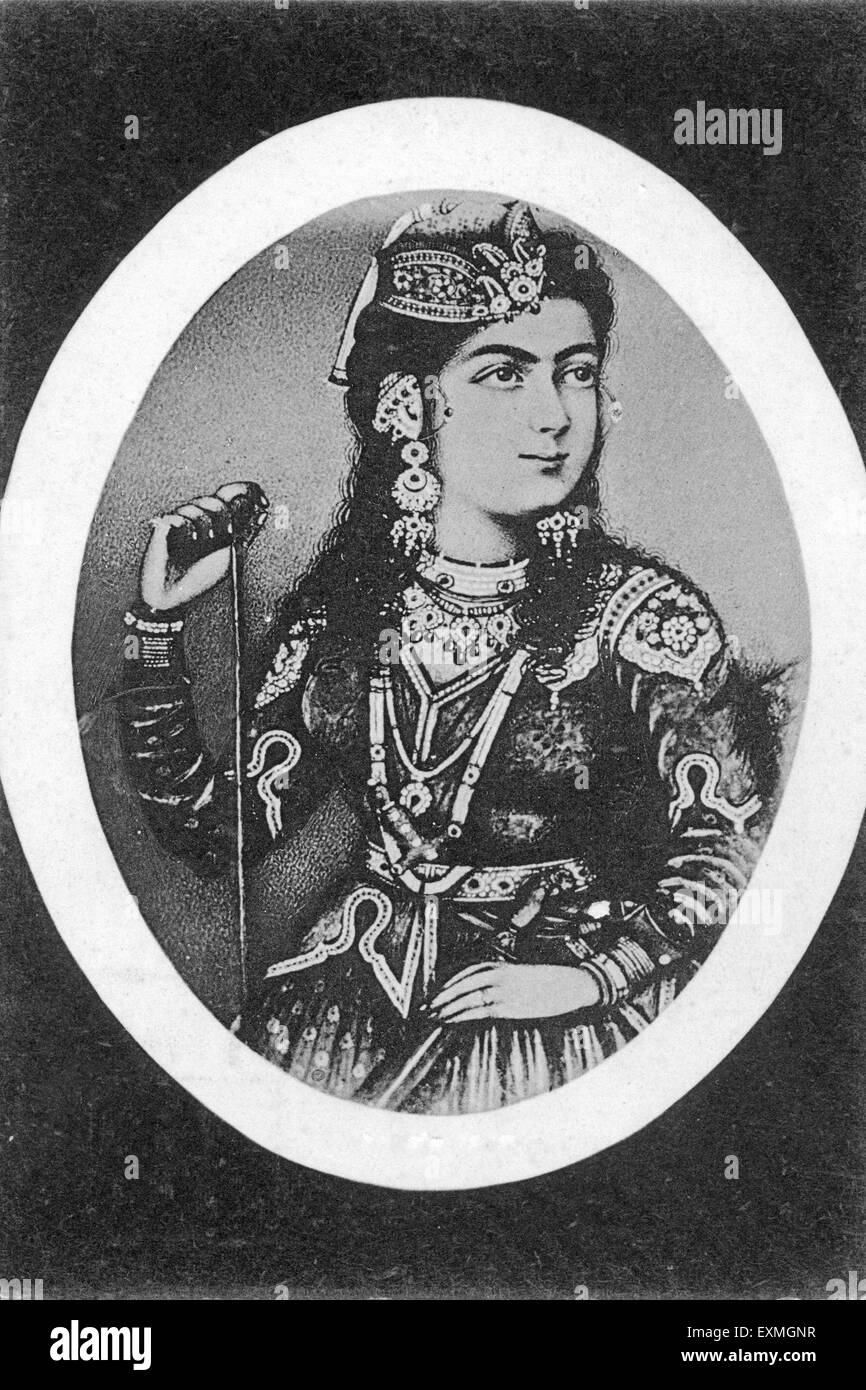 Qudsia Begum, died 1765, wife of Mughal emperor Muhammad Shah, mother of emperor Ahmad Shah Bahadur, old vintage 1900s picture, India, Asia, 1700s Stock Photohttps://www.alamy.com/image-license-details/?v=1https://www.alamy.com/stock-photo-qudsia-begum-died-1765-wife-of-mughal-emperor-muhammad-shah-mother-85274723.html
Qudsia Begum, died 1765, wife of Mughal emperor Muhammad Shah, mother of emperor Ahmad Shah Bahadur, old vintage 1900s picture, India, Asia, 1700s Stock Photohttps://www.alamy.com/image-license-details/?v=1https://www.alamy.com/stock-photo-qudsia-begum-died-1765-wife-of-mughal-emperor-muhammad-shah-mother-85274723.htmlRMEXMGNR–Qudsia Begum, died 1765, wife of Mughal emperor Muhammad Shah, mother of emperor Ahmad Shah Bahadur, old vintage 1900s picture, India, Asia, 1700s
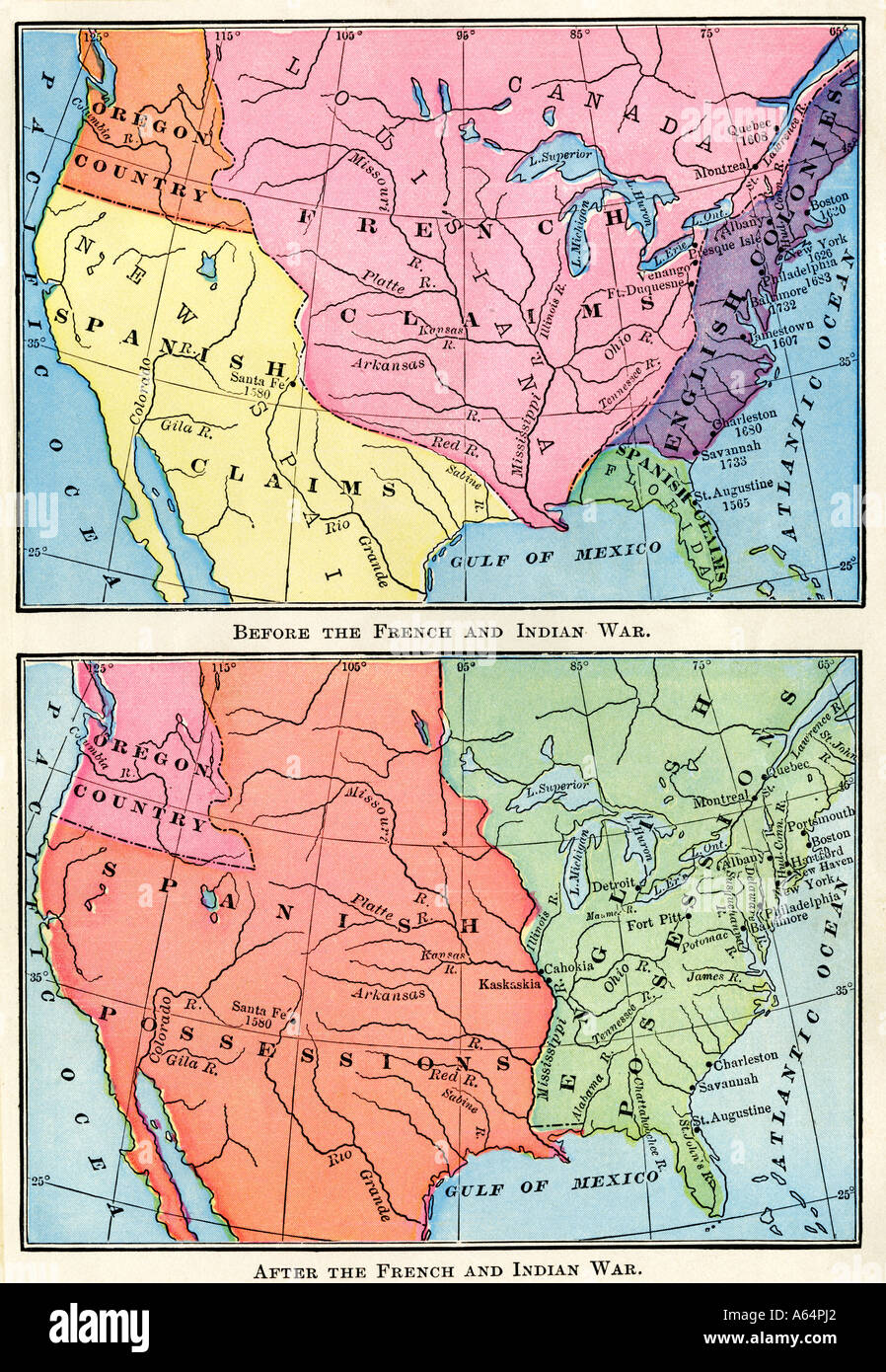 Maps of North American British Spanish and French colonies before and after the French and Indian War 1700s. Color lithograph Stock Photohttps://www.alamy.com/image-license-details/?v=1https://www.alamy.com/maps-of-north-american-british-spanish-and-french-colonies-before-image6548641.html
Maps of North American British Spanish and French colonies before and after the French and Indian War 1700s. Color lithograph Stock Photohttps://www.alamy.com/image-license-details/?v=1https://www.alamy.com/maps-of-north-american-british-spanish-and-french-colonies-before-image6548641.htmlRMA64PJ2–Maps of North American British Spanish and French colonies before and after the French and Indian War 1700s. Color lithograph
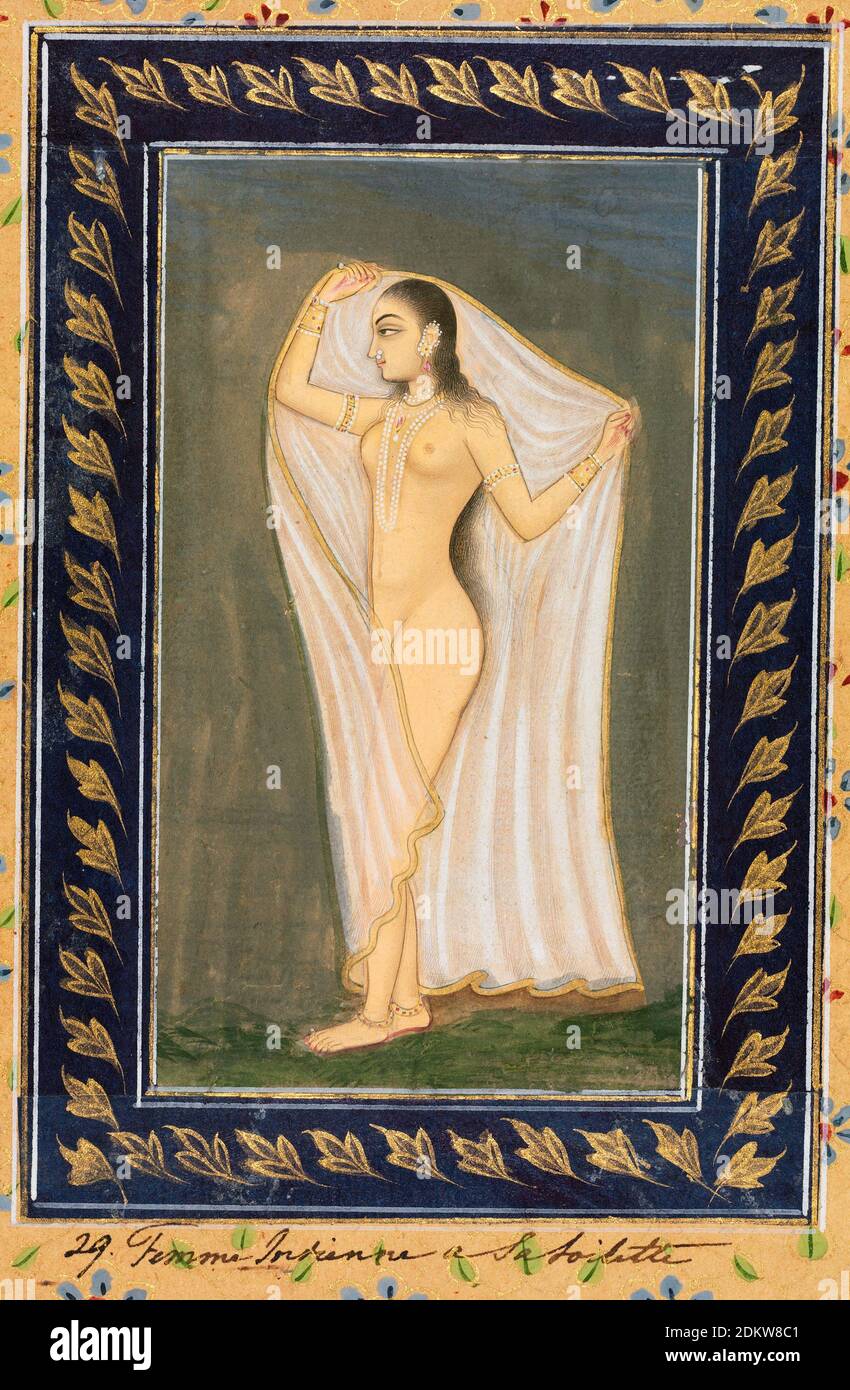 Lady after a Bath, 1700s, Indian and Southeast Asian Art Stock Photohttps://www.alamy.com/image-license-details/?v=1https://www.alamy.com/lady-after-a-bath-1700s-indian-and-southeast-asian-art-image390861969.html
Lady after a Bath, 1700s, Indian and Southeast Asian Art Stock Photohttps://www.alamy.com/image-license-details/?v=1https://www.alamy.com/lady-after-a-bath-1700s-indian-and-southeast-asian-art-image390861969.htmlRM2DKW8C1–Lady after a Bath, 1700s, Indian and Southeast Asian Art
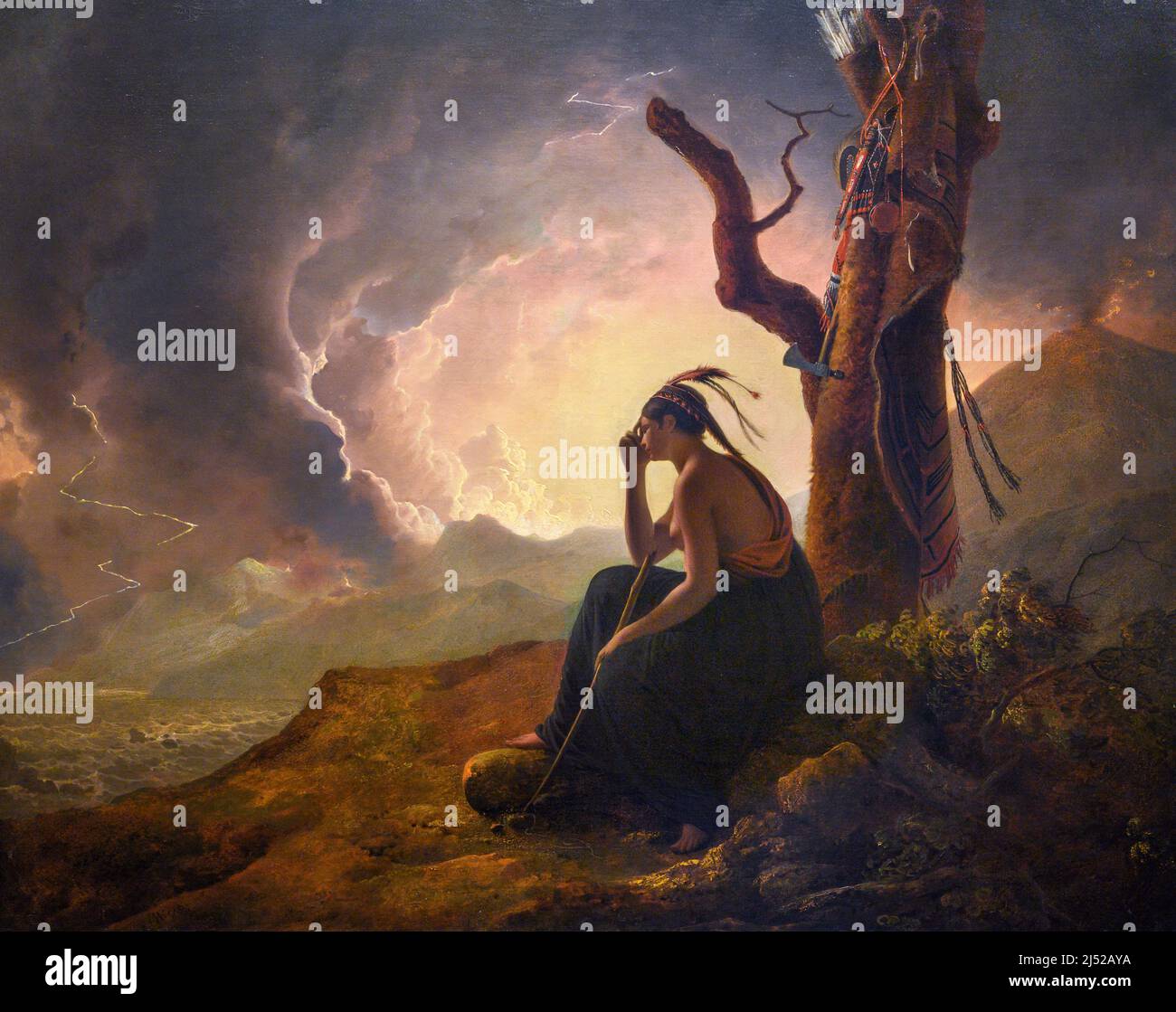 The Widow of an Indian Chief Watching the Arms of Her Deceased Husband by Joseph Wright of Derby (1734-1797), oil on canvas, 1785 Stock Photohttps://www.alamy.com/image-license-details/?v=1https://www.alamy.com/the-widow-of-an-indian-chief-watching-the-arms-of-her-deceased-husband-by-joseph-wright-of-derby-1734-1797-oil-on-canvas-1785-image467805726.html
The Widow of an Indian Chief Watching the Arms of Her Deceased Husband by Joseph Wright of Derby (1734-1797), oil on canvas, 1785 Stock Photohttps://www.alamy.com/image-license-details/?v=1https://www.alamy.com/the-widow-of-an-indian-chief-watching-the-arms-of-her-deceased-husband-by-joseph-wright-of-derby-1734-1797-oil-on-canvas-1785-image467805726.htmlRM2J52AYA–The Widow of an Indian Chief Watching the Arms of Her Deceased Husband by Joseph Wright of Derby (1734-1797), oil on canvas, 1785
 Unknown (Indian), Textile Fragment, 1700s, Silk, 8 x 19 1/8 in. (20.3 x 48.6 cm Stock Photohttps://www.alamy.com/image-license-details/?v=1https://www.alamy.com/unknown-indian-textile-fragment-1700s-silk-8-x-19-18-in-203-x-486-cm-image328725548.html
Unknown (Indian), Textile Fragment, 1700s, Silk, 8 x 19 1/8 in. (20.3 x 48.6 cm Stock Photohttps://www.alamy.com/image-license-details/?v=1https://www.alamy.com/unknown-indian-textile-fragment-1700s-silk-8-x-19-18-in-203-x-486-cm-image328725548.htmlRM2A2PMP4–Unknown (Indian), Textile Fragment, 1700s, Silk, 8 x 19 1/8 in. (20.3 x 48.6 cm
 American Indian holding Gourd Rattle (Zucca) engraving from Bonanni's 'Gabinetto Armonico' (1723) by Arnold van Westerhout. Illustration147 Stock Photohttps://www.alamy.com/image-license-details/?v=1https://www.alamy.com/stock-image-american-indian-holding-gourd-rattle-zucca-engraving-from-bonannis-164175567.html
American Indian holding Gourd Rattle (Zucca) engraving from Bonanni's 'Gabinetto Armonico' (1723) by Arnold van Westerhout. Illustration147 Stock Photohttps://www.alamy.com/image-license-details/?v=1https://www.alamy.com/stock-image-american-indian-holding-gourd-rattle-zucca-engraving-from-bonannis-164175567.htmlRMKF2RH3–American Indian holding Gourd Rattle (Zucca) engraving from Bonanni's 'Gabinetto Armonico' (1723) by Arnold van Westerhout. Illustration147
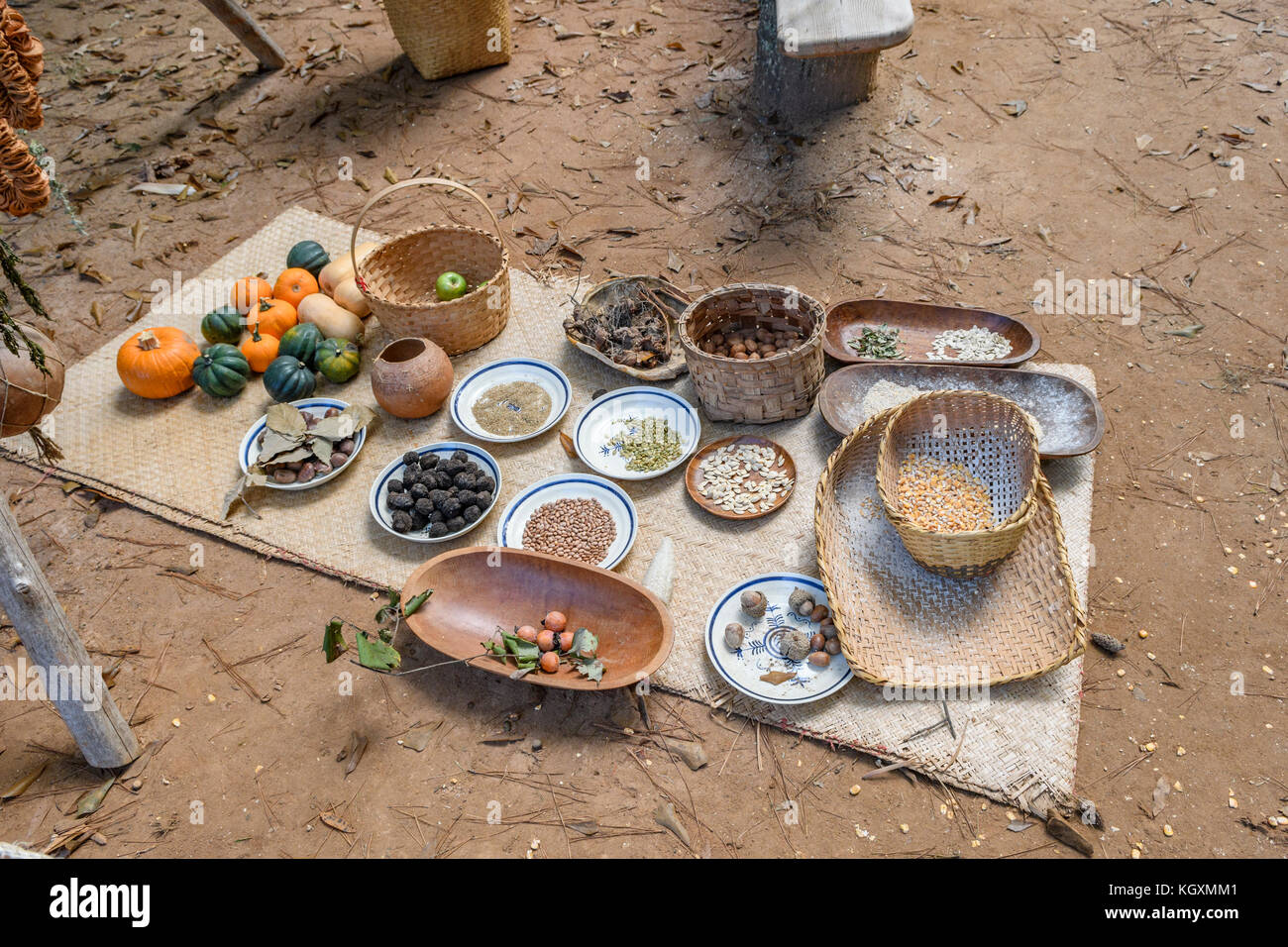 Traditional food of the Creek indian tribe, native American tribe, from the 1700's, laid out in a display for reenactment at Fort Toulouse AL, USA. Stock Photohttps://www.alamy.com/image-license-details/?v=1https://www.alamy.com/stock-image-traditional-food-of-the-creek-indian-tribe-native-american-tribe-from-165314801.html
Traditional food of the Creek indian tribe, native American tribe, from the 1700's, laid out in a display for reenactment at Fort Toulouse AL, USA. Stock Photohttps://www.alamy.com/image-license-details/?v=1https://www.alamy.com/stock-image-traditional-food-of-the-creek-indian-tribe-native-american-tribe-from-165314801.htmlRFKGXMM1–Traditional food of the Creek indian tribe, native American tribe, from the 1700's, laid out in a display for reenactment at Fort Toulouse AL, USA.
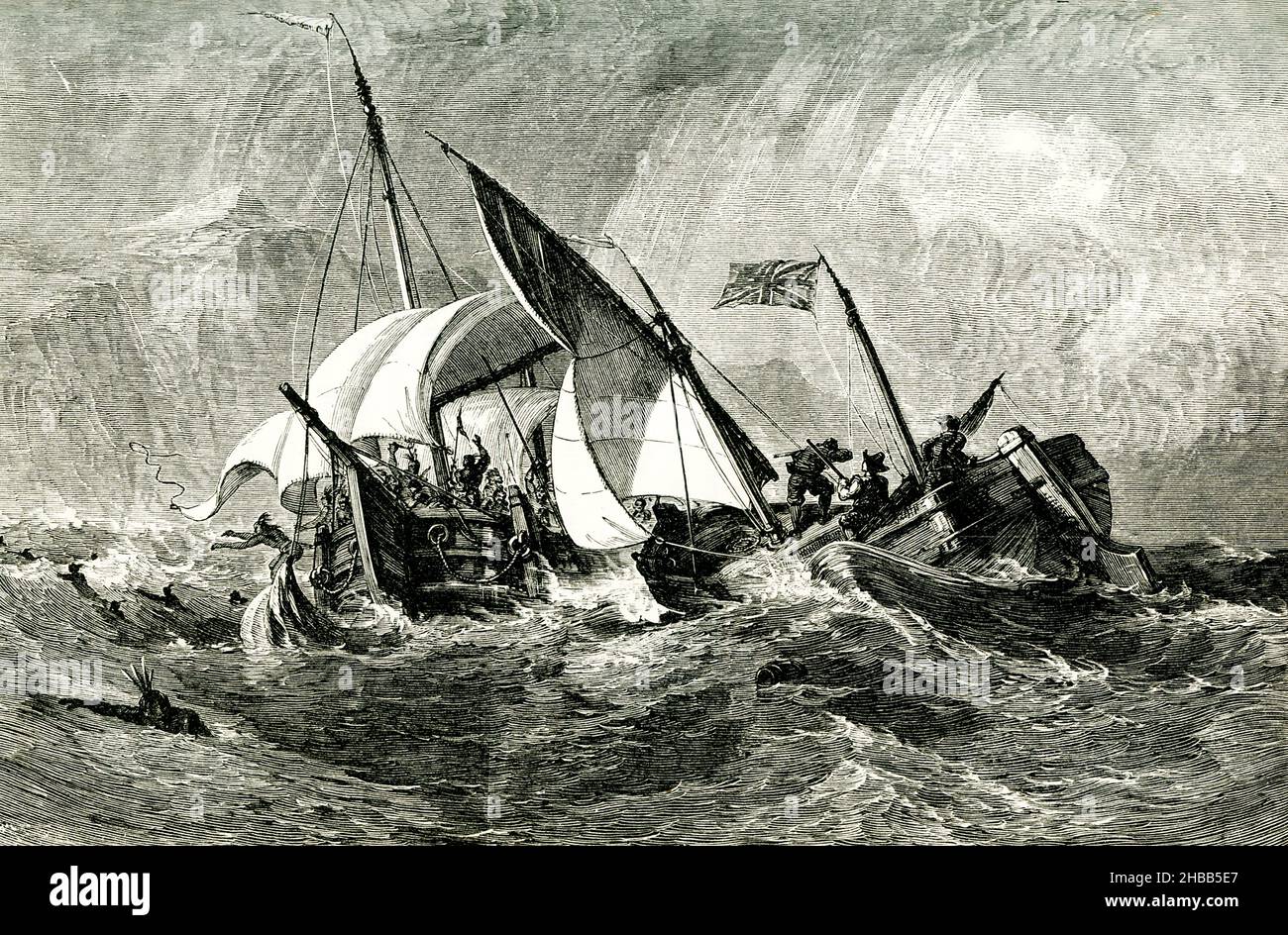 This 1890 illustration shows the 'exploit of Major Stobo.' Major Stobo was a Scotch-Virginia soldier in the French and Indian War (1754-1759). He was known for his exploit as a colonial prisoner of war in Canada during the war. Convicted as a spy, Stobo was sentenced to death, although his sentence was commuted to closed confinement. With the help of friends, he escaped twice. Both times, he was recaptured. However, the third time he tried, he got away safely. In disguise, he and eight other people set out in a canoe. It took them ten days to paddled two hundred miles down the St. Lawrence R Stock Photohttps://www.alamy.com/image-license-details/?v=1https://www.alamy.com/this-1890-illustration-shows-the-exploit-of-major-stobo-major-stobo-was-a-scotch-virginia-soldier-in-the-french-and-indian-war-1754-1759-he-was-known-for-his-exploit-as-a-colonial-prisoner-of-war-in-canada-during-the-war-convicted-as-a-spy-stobo-was-sentenced-to-death-although-his-sentence-was-commuted-to-closed-confinement-with-the-help-of-friends-he-escaped-twice-both-times-he-was-recaptured-however-the-third-time-he-tried-he-got-away-safely-in-disguise-he-and-eight-other-people-set-out-in-a-canoe-it-took-them-ten-days-to-paddled-two-hundred-miles-down-the-st-lawrence-r-image454476575.html
This 1890 illustration shows the 'exploit of Major Stobo.' Major Stobo was a Scotch-Virginia soldier in the French and Indian War (1754-1759). He was known for his exploit as a colonial prisoner of war in Canada during the war. Convicted as a spy, Stobo was sentenced to death, although his sentence was commuted to closed confinement. With the help of friends, he escaped twice. Both times, he was recaptured. However, the third time he tried, he got away safely. In disguise, he and eight other people set out in a canoe. It took them ten days to paddled two hundred miles down the St. Lawrence R Stock Photohttps://www.alamy.com/image-license-details/?v=1https://www.alamy.com/this-1890-illustration-shows-the-exploit-of-major-stobo-major-stobo-was-a-scotch-virginia-soldier-in-the-french-and-indian-war-1754-1759-he-was-known-for-his-exploit-as-a-colonial-prisoner-of-war-in-canada-during-the-war-convicted-as-a-spy-stobo-was-sentenced-to-death-although-his-sentence-was-commuted-to-closed-confinement-with-the-help-of-friends-he-escaped-twice-both-times-he-was-recaptured-however-the-third-time-he-tried-he-got-away-safely-in-disguise-he-and-eight-other-people-set-out-in-a-canoe-it-took-them-ten-days-to-paddled-two-hundred-miles-down-the-st-lawrence-r-image454476575.htmlRF2HBB5E7–This 1890 illustration shows the 'exploit of Major Stobo.' Major Stobo was a Scotch-Virginia soldier in the French and Indian War (1754-1759). He was known for his exploit as a colonial prisoner of war in Canada during the war. Convicted as a spy, Stobo was sentenced to death, although his sentence was commuted to closed confinement. With the help of friends, he escaped twice. Both times, he was recaptured. However, the third time he tried, he got away safely. In disguise, he and eight other people set out in a canoe. It took them ten days to paddled two hundred miles down the St. Lawrence R
 New Mexico. Jemez State Monument. 500 Year Old Indian Village Ruins. 17Th Century Church. Stock Photohttps://www.alamy.com/image-license-details/?v=1https://www.alamy.com/stock-photo-new-mexico-jemez-state-monument-500-year-old-indian-village-ruins-53090779.html
New Mexico. Jemez State Monument. 500 Year Old Indian Village Ruins. 17Th Century Church. Stock Photohttps://www.alamy.com/image-license-details/?v=1https://www.alamy.com/stock-photo-new-mexico-jemez-state-monument-500-year-old-indian-village-ruins-53090779.htmlRMD2ADR7–New Mexico. Jemez State Monument. 500 Year Old Indian Village Ruins. 17Th Century Church.
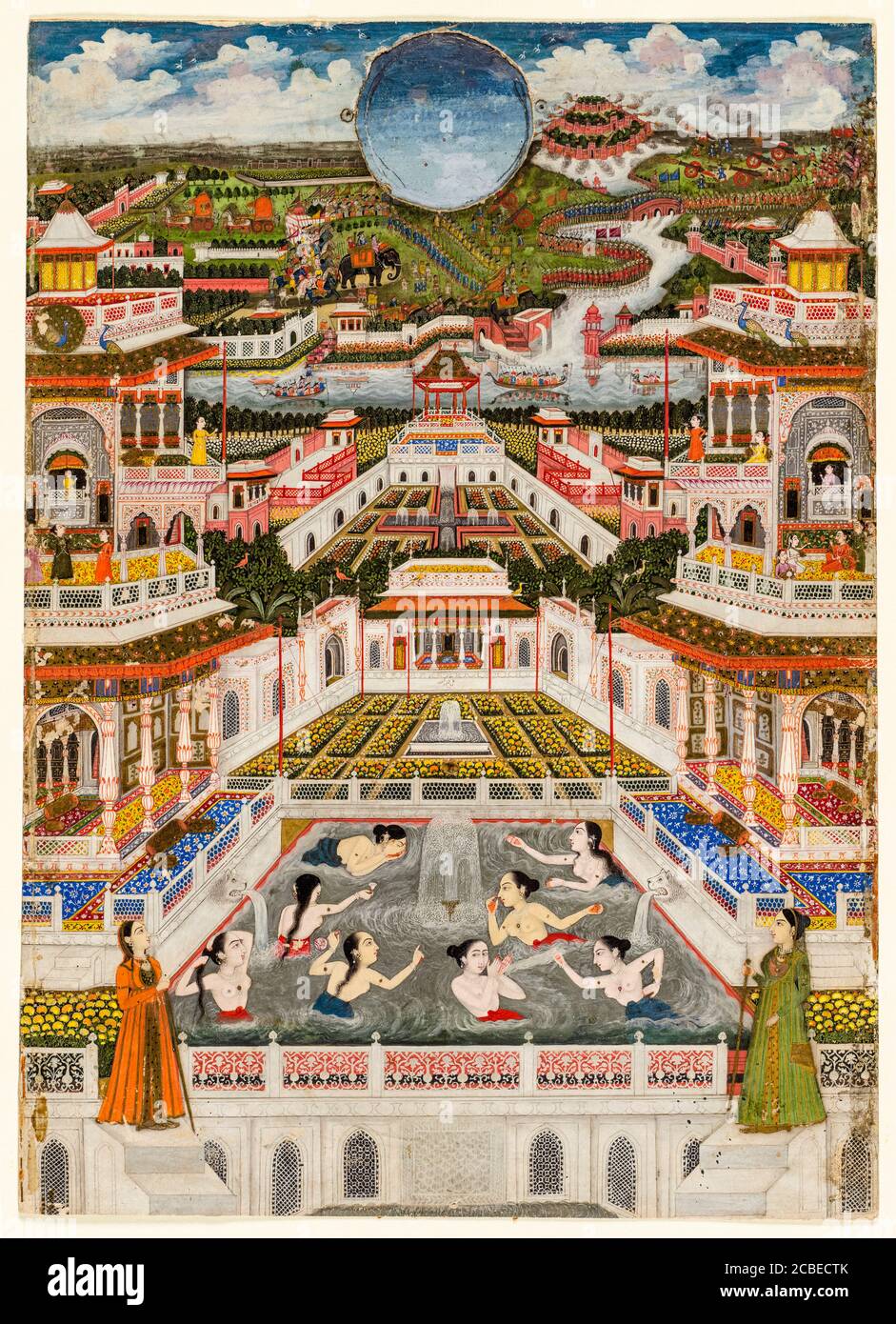 Women bathing before an architectural panorama, painting by 18th Century Indian artist Fayzullah, circa 1765 Stock Photohttps://www.alamy.com/image-license-details/?v=1https://www.alamy.com/women-bathing-before-an-architectural-panorama-painting-by-18th-century-indian-artist-fayzullah-circa-1765-image368496371.html
Women bathing before an architectural panorama, painting by 18th Century Indian artist Fayzullah, circa 1765 Stock Photohttps://www.alamy.com/image-license-details/?v=1https://www.alamy.com/women-bathing-before-an-architectural-panorama-painting-by-18th-century-indian-artist-fayzullah-circa-1765-image368496371.htmlRM2CBECTK–Women bathing before an architectural panorama, painting by 18th Century Indian artist Fayzullah, circa 1765
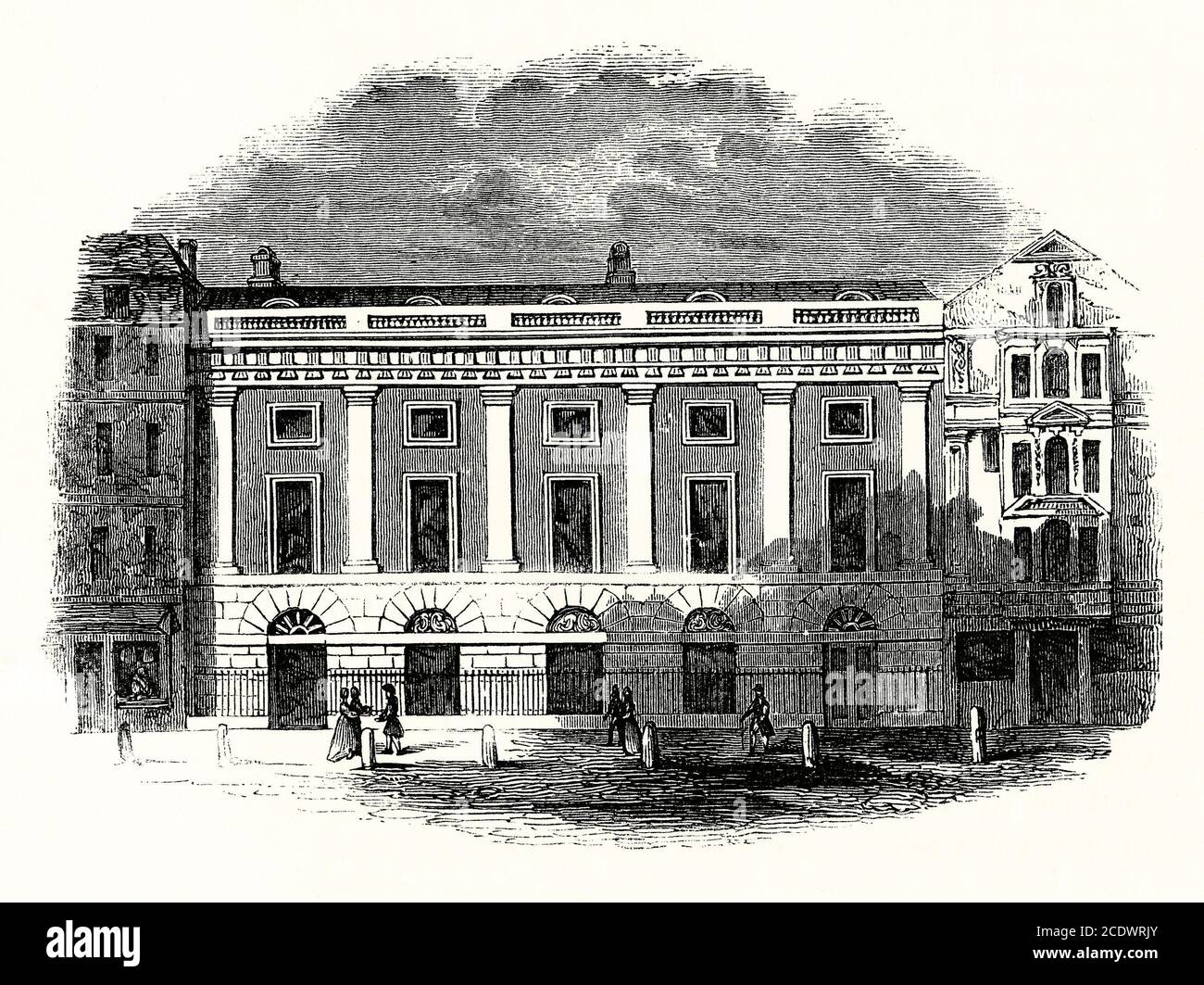 An old engraving of East India House, Leadenhall Street, City of London, England, UK c. 1725. East India House was the London headquarters of the East India Company, which governed much of India until the British government took control of the Company's assets in 1858. The first East India House on the site was an Elizabethan mansion which the Company first occupied in 1648. This was completely rebuilt in early 1700s (as shown here). It was remodelled and extended later that century. It was demolished in 1861. The Lloyd's building, HQ for Lloyd's of London, was built on the site. Stock Photohttps://www.alamy.com/image-license-details/?v=1https://www.alamy.com/an-old-engraving-of-east-india-house-leadenhall-street-city-of-london-england-uk-c-1725-east-india-house-was-the-london-headquarters-of-the-east-india-company-which-governed-much-of-india-until-the-british-government-took-control-of-the-companys-assets-in-1858-the-first-east-india-house-on-the-site-was-an-elizabethan-mansion-which-the-company-first-occupied-in-1648-this-was-completely-rebuilt-in-early-1700s-as-shown-here-it-was-remodelled-and-extended-later-that-century-it-was-demolished-in-1861-the-lloyds-building-hq-for-lloyds-of-london-was-built-on-the-site-image369975619.html
An old engraving of East India House, Leadenhall Street, City of London, England, UK c. 1725. East India House was the London headquarters of the East India Company, which governed much of India until the British government took control of the Company's assets in 1858. The first East India House on the site was an Elizabethan mansion which the Company first occupied in 1648. This was completely rebuilt in early 1700s (as shown here). It was remodelled and extended later that century. It was demolished in 1861. The Lloyd's building, HQ for Lloyd's of London, was built on the site. Stock Photohttps://www.alamy.com/image-license-details/?v=1https://www.alamy.com/an-old-engraving-of-east-india-house-leadenhall-street-city-of-london-england-uk-c-1725-east-india-house-was-the-london-headquarters-of-the-east-india-company-which-governed-much-of-india-until-the-british-government-took-control-of-the-companys-assets-in-1858-the-first-east-india-house-on-the-site-was-an-elizabethan-mansion-which-the-company-first-occupied-in-1648-this-was-completely-rebuilt-in-early-1700s-as-shown-here-it-was-remodelled-and-extended-later-that-century-it-was-demolished-in-1861-the-lloyds-building-hq-for-lloyds-of-london-was-built-on-the-site-image369975619.htmlRM2CDWRJY–An old engraving of East India House, Leadenhall Street, City of London, England, UK c. 1725. East India House was the London headquarters of the East India Company, which governed much of India until the British government took control of the Company's assets in 1858. The first East India House on the site was an Elizabethan mansion which the Company first occupied in 1648. This was completely rebuilt in early 1700s (as shown here). It was remodelled and extended later that century. It was demolished in 1861. The Lloyd's building, HQ for Lloyd's of London, was built on the site.
 Antique Dutch coins recovered from the sea dating from 1700s, Galle, Sri Lanka, Indian Ocean, Asia Stock Photohttps://www.alamy.com/image-license-details/?v=1https://www.alamy.com/stock-photo-antique-dutch-coins-recovered-from-the-sea-dating-from-1700s-galle-88014802.html
Antique Dutch coins recovered from the sea dating from 1700s, Galle, Sri Lanka, Indian Ocean, Asia Stock Photohttps://www.alamy.com/image-license-details/?v=1https://www.alamy.com/stock-photo-antique-dutch-coins-recovered-from-the-sea-dating-from-1700s-galle-88014802.htmlRMF35BNP–Antique Dutch coins recovered from the sea dating from 1700s, Galle, Sri Lanka, Indian Ocean, Asia
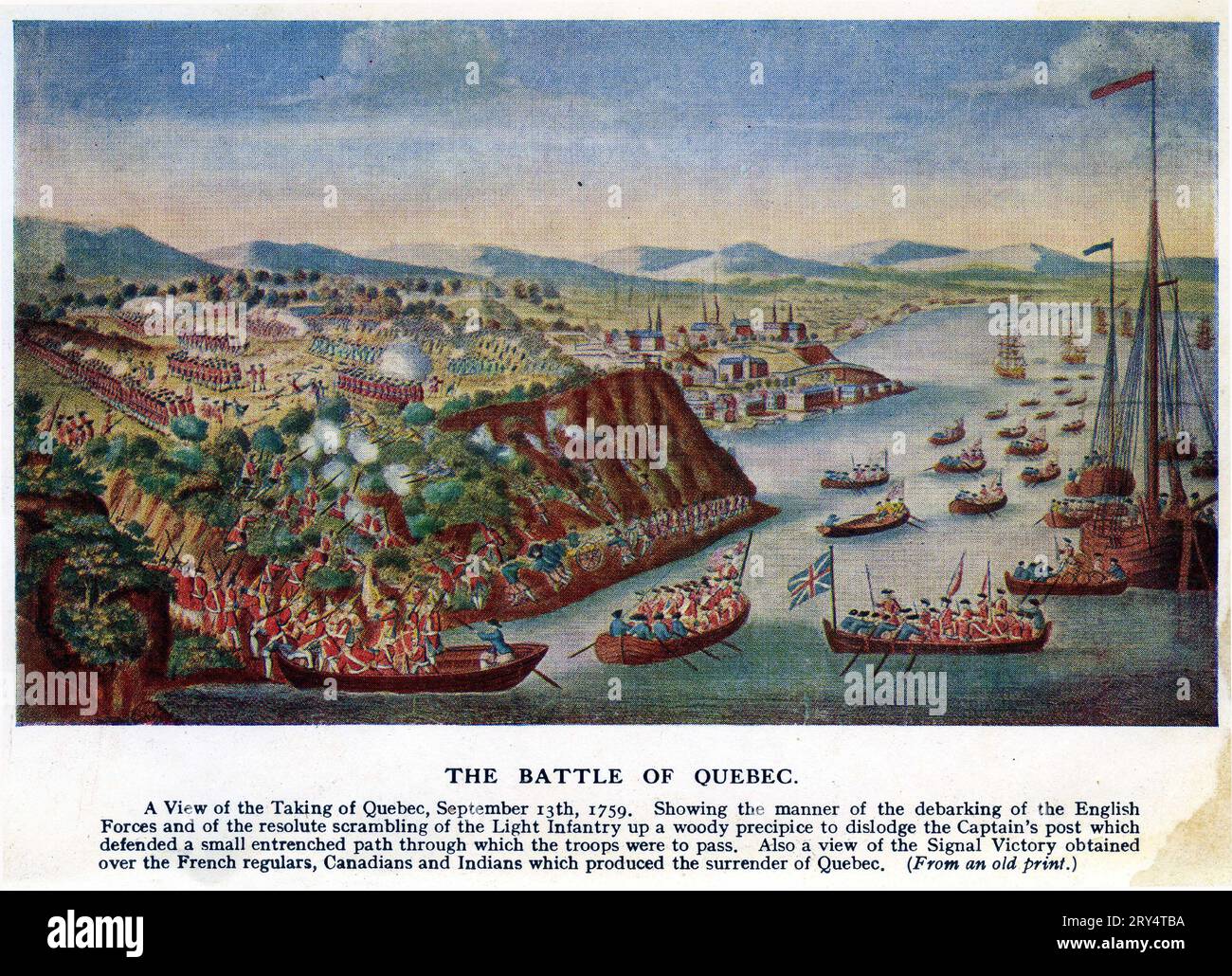 The Battle of the Plains of Abraham, also known as the Battle of Quebec, a pivotal battle in the Seven Years' War (referred to as the French and Indian War to describe the North American theatre). Stock Photohttps://www.alamy.com/image-license-details/?v=1https://www.alamy.com/the-battle-of-the-plains-of-abraham-also-known-as-the-battle-of-quebec-a-pivotal-battle-in-the-seven-years-war-referred-to-as-the-french-and-indian-war-to-describe-the-north-american-theatre-image567434430.html
The Battle of the Plains of Abraham, also known as the Battle of Quebec, a pivotal battle in the Seven Years' War (referred to as the French and Indian War to describe the North American theatre). Stock Photohttps://www.alamy.com/image-license-details/?v=1https://www.alamy.com/the-battle-of-the-plains-of-abraham-also-known-as-the-battle-of-quebec-a-pivotal-battle-in-the-seven-years-war-referred-to-as-the-french-and-indian-war-to-describe-the-north-american-theatre-image567434430.htmlRM2RY4TBA–The Battle of the Plains of Abraham, also known as the Battle of Quebec, a pivotal battle in the Seven Years' War (referred to as the French and Indian War to describe the North American theatre).
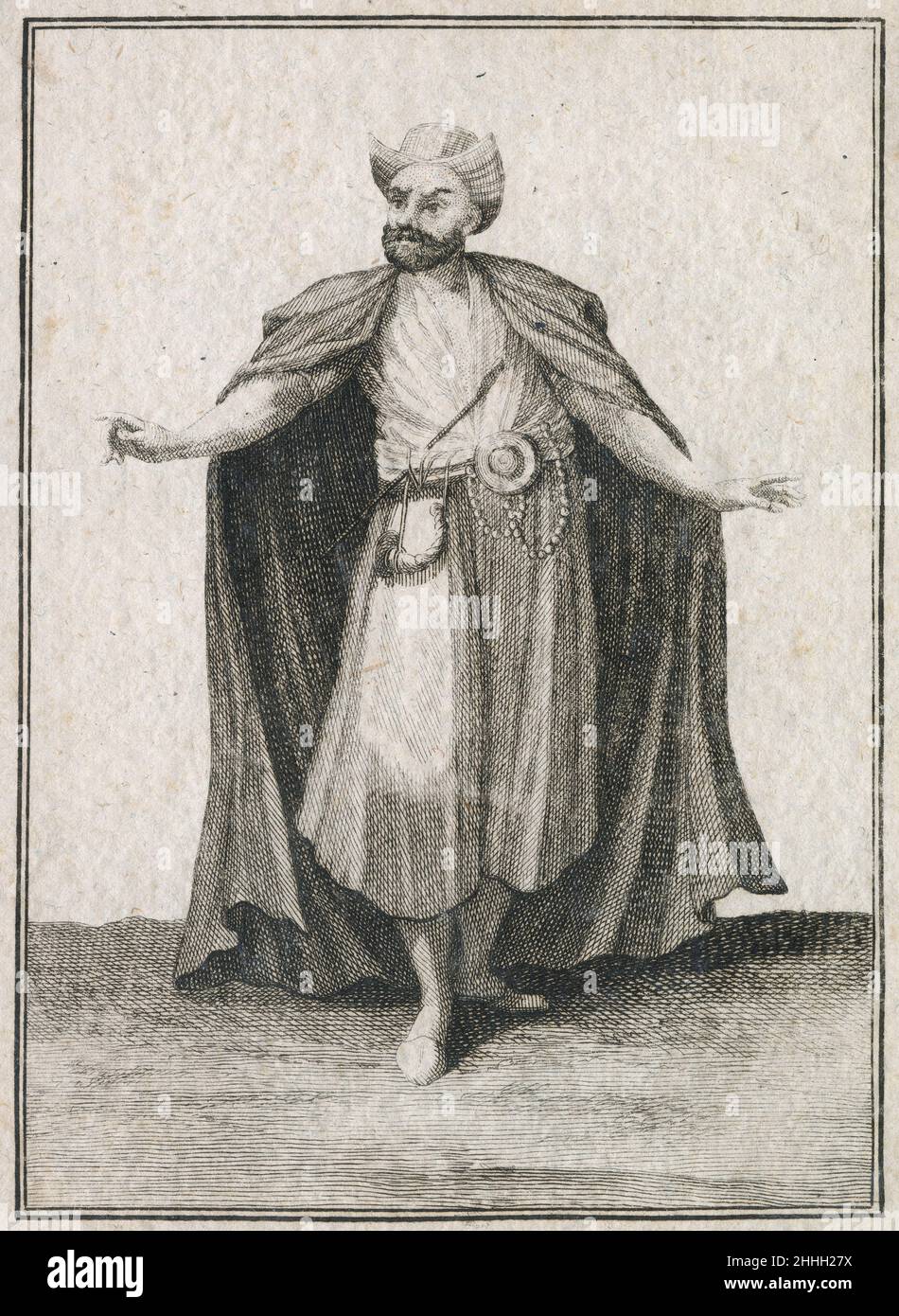 Antique 17th century engraving, 'Dervich, or an Indian religious order person' (Dervis; oder eine Indianische Ordens - Person) by Johann Christoph Weigel, known as Christoph Weigel the Elder (1654-1725). SOURCE: ORIGINAL ENGRAVING Stock Photohttps://www.alamy.com/image-license-details/?v=1https://www.alamy.com/antique-17th-century-engraving-dervich-or-an-indian-religious-order-person-dervis-oder-eine-indianische-ordens-person-by-johann-christoph-weigel-known-as-christoph-weigel-the-elder-1654-1725-source-original-engraving-image458293694.html
Antique 17th century engraving, 'Dervich, or an Indian religious order person' (Dervis; oder eine Indianische Ordens - Person) by Johann Christoph Weigel, known as Christoph Weigel the Elder (1654-1725). SOURCE: ORIGINAL ENGRAVING Stock Photohttps://www.alamy.com/image-license-details/?v=1https://www.alamy.com/antique-17th-century-engraving-dervich-or-an-indian-religious-order-person-dervis-oder-eine-indianische-ordens-person-by-johann-christoph-weigel-known-as-christoph-weigel-the-elder-1654-1725-source-original-engraving-image458293694.htmlRM2HHH27X–Antique 17th century engraving, 'Dervich, or an Indian religious order person' (Dervis; oder eine Indianische Ordens - Person) by Johann Christoph Weigel, known as Christoph Weigel the Elder (1654-1725). SOURCE: ORIGINAL ENGRAVING
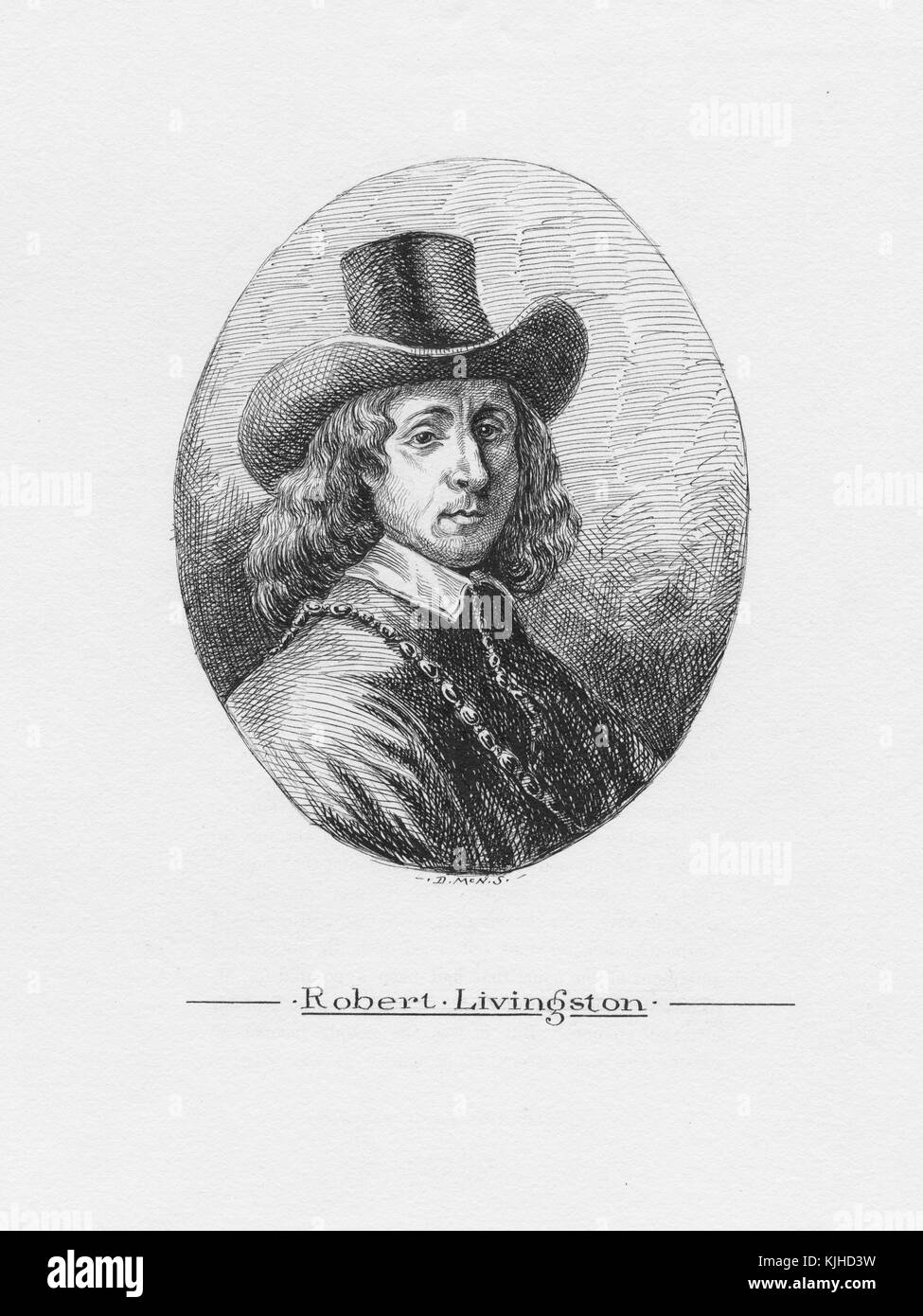 Etched portrait of Robert Livingston the Younger, appointed mayor of Albany in 1710, serving until 1719, during his tenure, Albany grew from a trading post to the area's major supply and services center, was also appointed as one of the English colony's Commissioners for Indian Affairs, New York, 1750. From the New York Public Library. Stock Photohttps://www.alamy.com/image-license-details/?v=1https://www.alamy.com/stock-image-etched-portrait-of-robert-livingston-the-younger-appointed-mayor-of-166340605.html
Etched portrait of Robert Livingston the Younger, appointed mayor of Albany in 1710, serving until 1719, during his tenure, Albany grew from a trading post to the area's major supply and services center, was also appointed as one of the English colony's Commissioners for Indian Affairs, New York, 1750. From the New York Public Library. Stock Photohttps://www.alamy.com/image-license-details/?v=1https://www.alamy.com/stock-image-etched-portrait-of-robert-livingston-the-younger-appointed-mayor-of-166340605.htmlRMKJHD3W–Etched portrait of Robert Livingston the Younger, appointed mayor of Albany in 1710, serving until 1719, during his tenure, Albany grew from a trading post to the area's major supply and services center, was also appointed as one of the English colony's Commissioners for Indian Affairs, New York, 1750. From the New York Public Library.
 An 18th century wooden tobacco shop sign. Though the figure appears to be a Scotsman in a kilt , it actually represents a native American Indian. Stock Photohttps://www.alamy.com/image-license-details/?v=1https://www.alamy.com/an-18th-century-wooden-tobacco-shop-sign-though-the-figure-appears-to-be-a-scotsman-in-a-kilt-it-actually-represents-a-native-american-indian-image352066358.html
An 18th century wooden tobacco shop sign. Though the figure appears to be a Scotsman in a kilt , it actually represents a native American Indian. Stock Photohttps://www.alamy.com/image-license-details/?v=1https://www.alamy.com/an-18th-century-wooden-tobacco-shop-sign-though-the-figure-appears-to-be-a-scotsman-in-a-kilt-it-actually-represents-a-native-american-indian-image352066358.htmlRM2BCP06E–An 18th century wooden tobacco shop sign. Though the figure appears to be a Scotsman in a kilt , it actually represents a native American Indian.
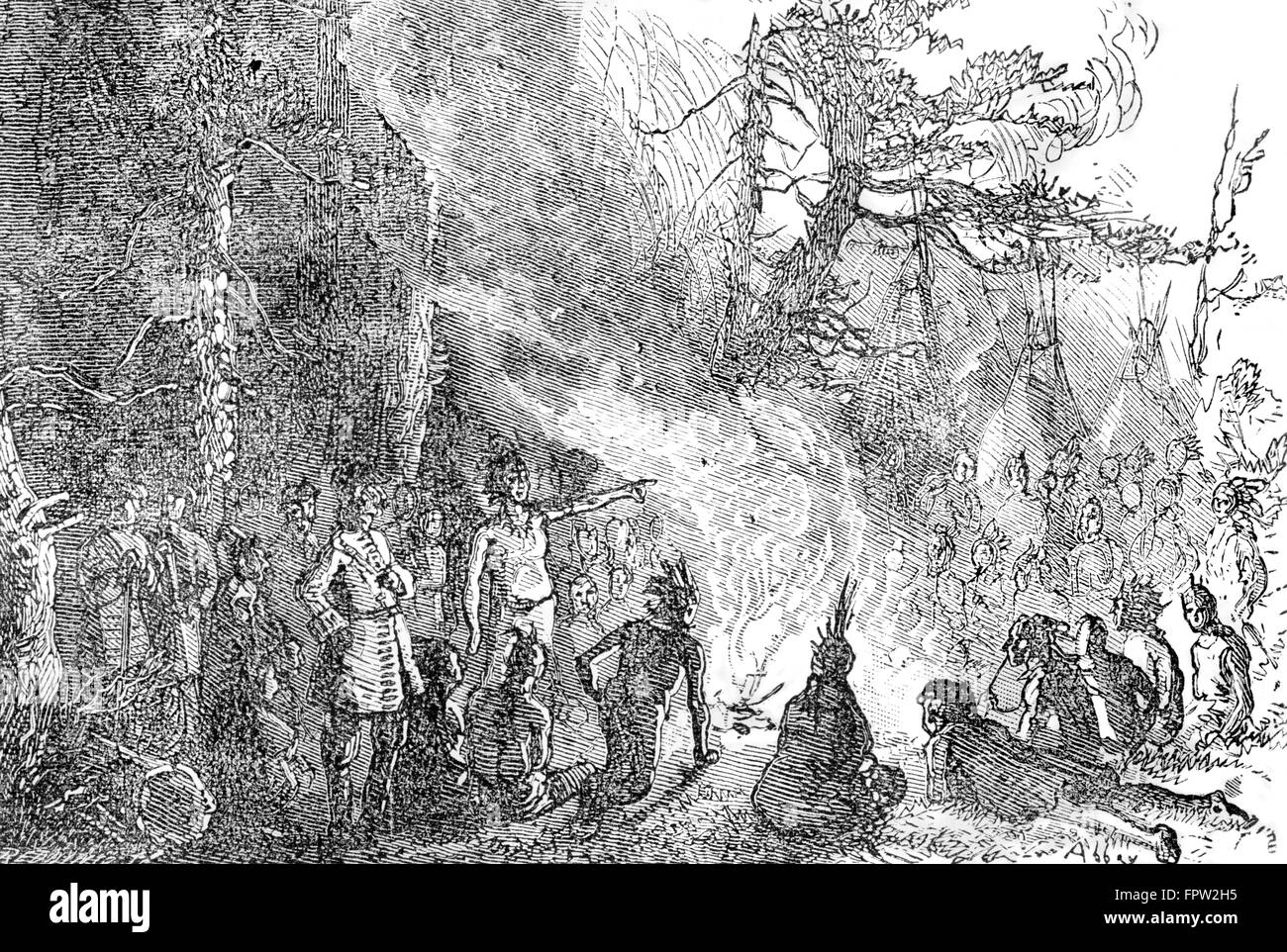 1700s ONONDAGA INDIAN COUNCIL MEETING ONE OF THE NATIONS OF THE IROQUOIS CONFEDERACY Stock Photohttps://www.alamy.com/image-license-details/?v=1https://www.alamy.com/stock-photo-1700s-onondaga-indian-council-meeting-one-of-the-nations-of-the-iroquois-100125121.html
1700s ONONDAGA INDIAN COUNCIL MEETING ONE OF THE NATIONS OF THE IROQUOIS CONFEDERACY Stock Photohttps://www.alamy.com/image-license-details/?v=1https://www.alamy.com/stock-photo-1700s-onondaga-indian-council-meeting-one-of-the-nations-of-the-iroquois-100125121.htmlRMFPW2H5–1700s ONONDAGA INDIAN COUNCIL MEETING ONE OF THE NATIONS OF THE IROQUOIS CONFEDERACY
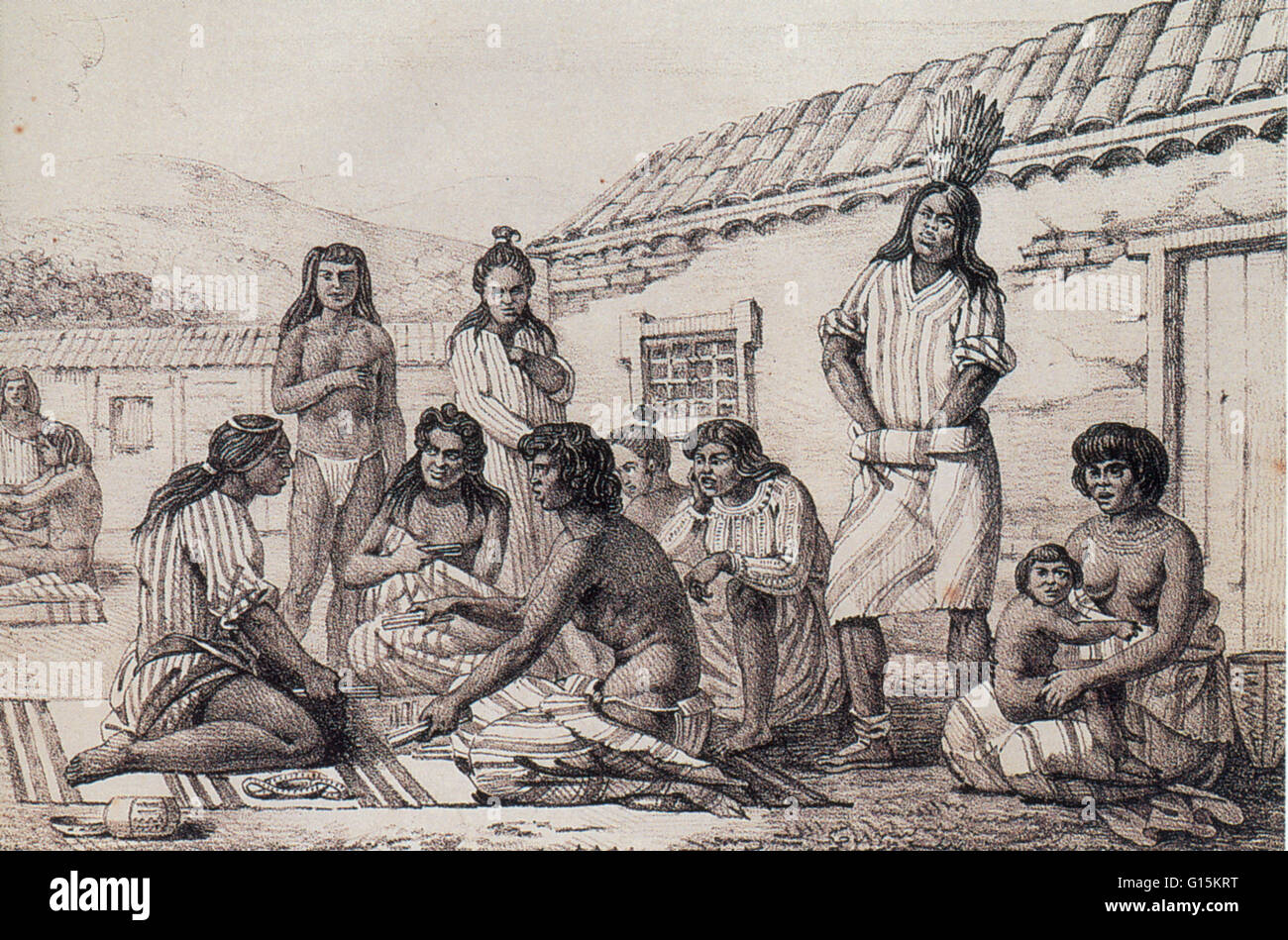 Illustration by the Russian artist Louis Choris depicting a group of California 'Mission Indians,' Native Americans who Spanish settlers had forcibly relocated to harsh, convent-like missions in the late 18th and early 19th centuries. Here they are pictur Stock Photohttps://www.alamy.com/image-license-details/?v=1https://www.alamy.com/stock-photo-illustration-by-the-russian-artist-louis-choris-depicting-a-group-104002188.html
Illustration by the Russian artist Louis Choris depicting a group of California 'Mission Indians,' Native Americans who Spanish settlers had forcibly relocated to harsh, convent-like missions in the late 18th and early 19th centuries. Here they are pictur Stock Photohttps://www.alamy.com/image-license-details/?v=1https://www.alamy.com/stock-photo-illustration-by-the-russian-artist-louis-choris-depicting-a-group-104002188.htmlRMG15KRT–Illustration by the Russian artist Louis Choris depicting a group of California 'Mission Indians,' Native Americans who Spanish settlers had forcibly relocated to harsh, convent-like missions in the late 18th and early 19th centuries. Here they are pictur
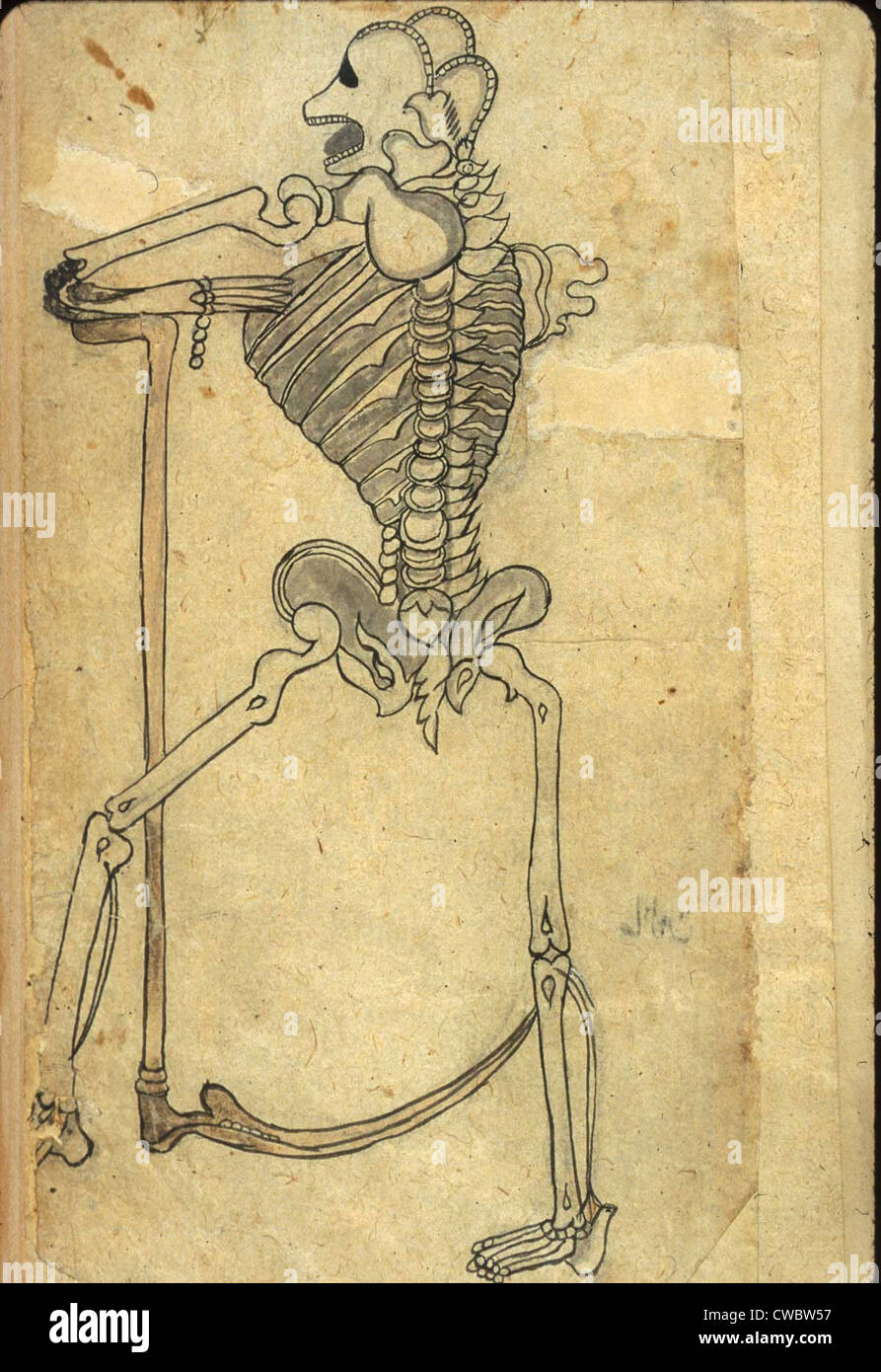 Human skeleton leaning on a pedestal drawn in ink and light-gray wash from a Persian translation of an Arabic medical book. The Stock Photohttps://www.alamy.com/image-license-details/?v=1https://www.alamy.com/stock-photo-human-skeleton-leaning-on-a-pedestal-drawn-in-ink-and-light-gray-wash-50048355.html
Human skeleton leaning on a pedestal drawn in ink and light-gray wash from a Persian translation of an Arabic medical book. The Stock Photohttps://www.alamy.com/image-license-details/?v=1https://www.alamy.com/stock-photo-human-skeleton-leaning-on-a-pedestal-drawn-in-ink-and-light-gray-wash-50048355.htmlRMCWBW57–Human skeleton leaning on a pedestal drawn in ink and light-gray wash from a Persian translation of an Arabic medical book. The
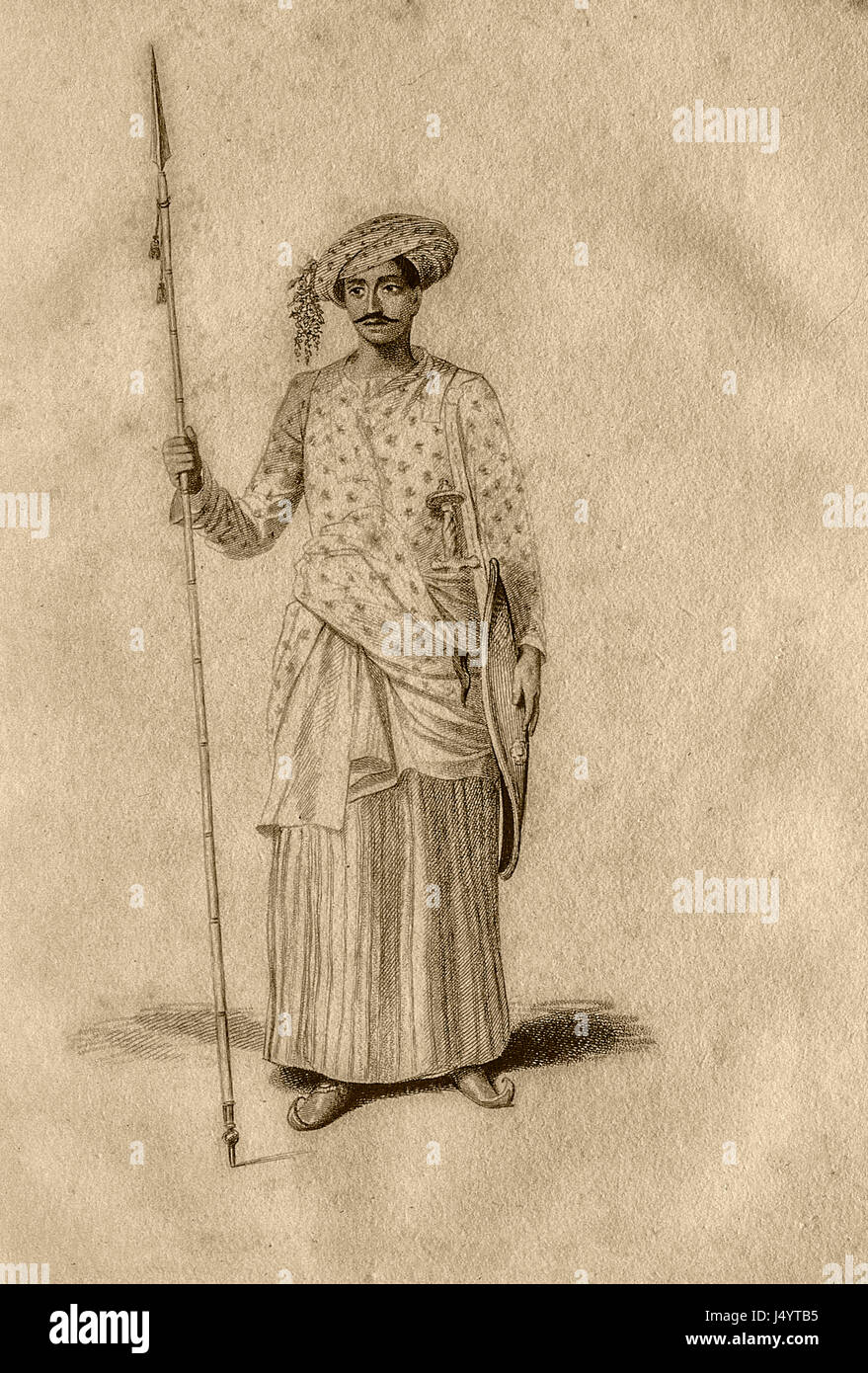 Indian soldier with spear, India, Asia, Asian, Indian, old vintage 1700s drawing Stock Photohttps://www.alamy.com/image-license-details/?v=1https://www.alamy.com/stock-photo-indian-soldier-with-spear-india-asia-asian-indian-old-vintage-1700s-140753401.html
Indian soldier with spear, India, Asia, Asian, Indian, old vintage 1700s drawing Stock Photohttps://www.alamy.com/image-license-details/?v=1https://www.alamy.com/stock-photo-indian-soldier-with-spear-india-asia-asian-indian-old-vintage-1700s-140753401.htmlRMJ4YTB5–Indian soldier with spear, India, Asia, Asian, Indian, old vintage 1700s drawing
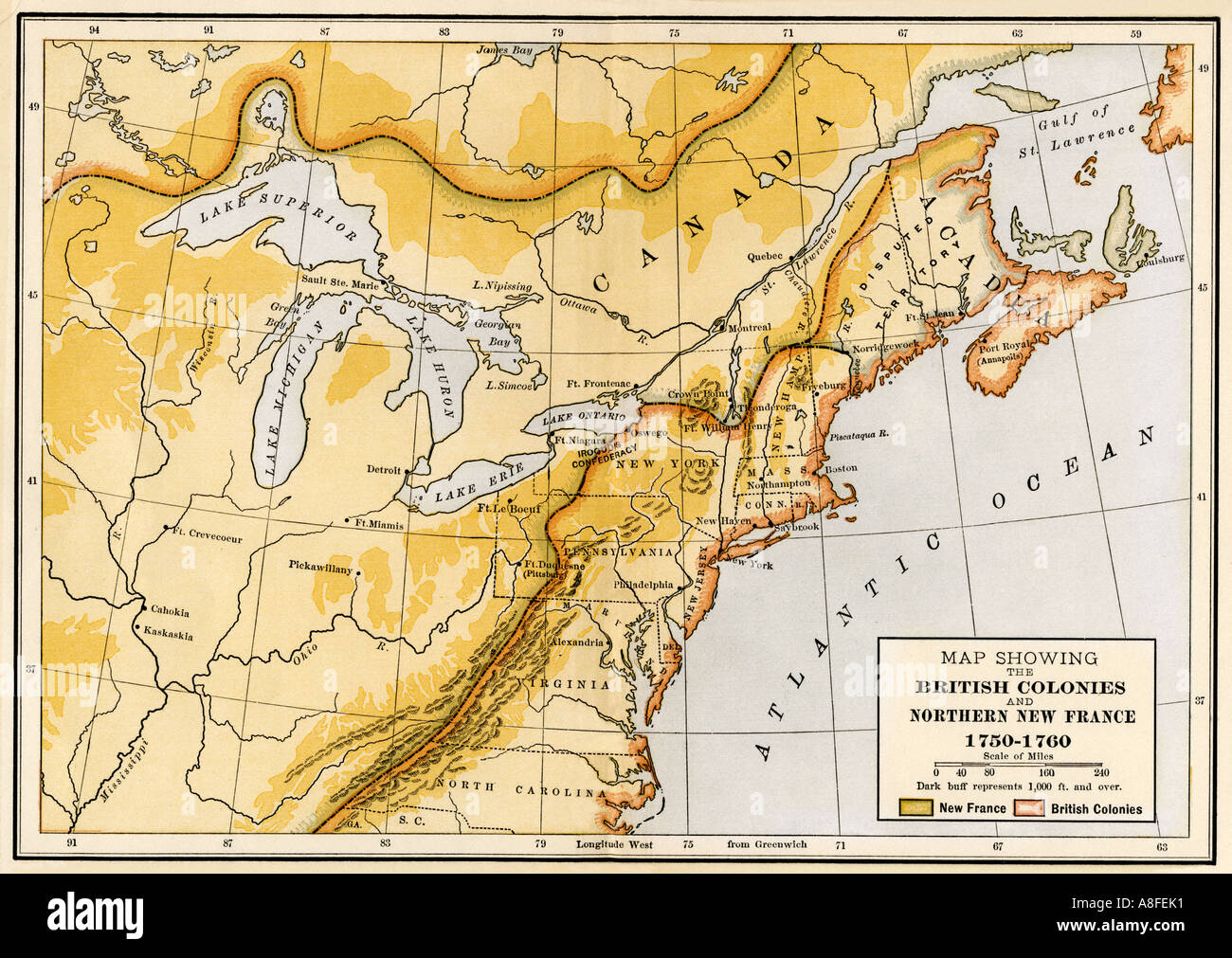 Map showing British and French North American colonies during the French and Indian War 1750s. Color lithograph Stock Photohttps://www.alamy.com/image-license-details/?v=1https://www.alamy.com/map-showing-british-and-french-north-american-colonies-during-the-image6907312.html
Map showing British and French North American colonies during the French and Indian War 1750s. Color lithograph Stock Photohttps://www.alamy.com/image-license-details/?v=1https://www.alamy.com/map-showing-british-and-french-north-american-colonies-during-the-image6907312.htmlRMA8FEK1–Map showing British and French North American colonies during the French and Indian War 1750s. Color lithograph
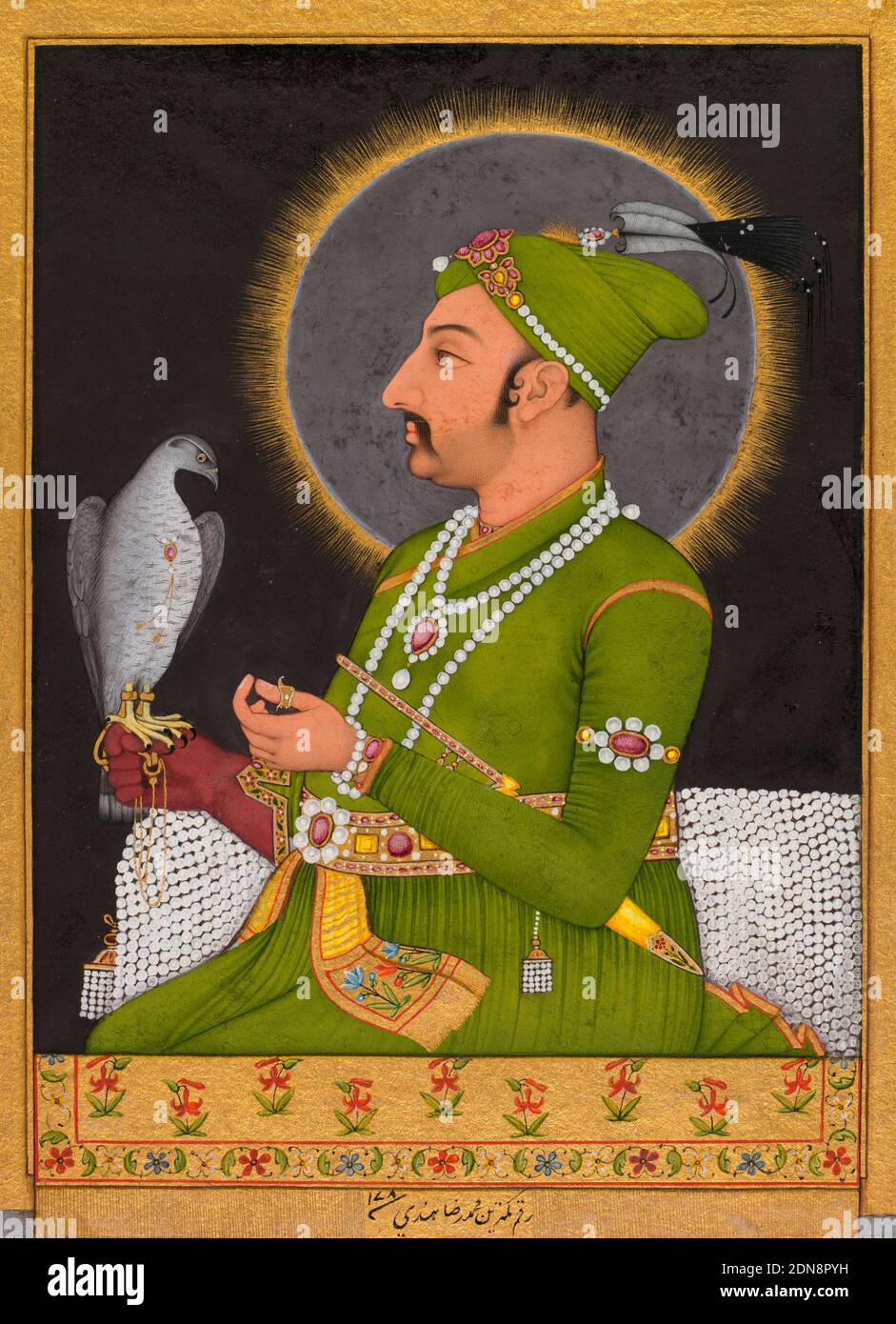 Posthumous portrait of the Mughal emperor Muhammad Shah (reigned 1719-1748) holding a falcon by Muhammad Rizavi Hindi (Indian, active mid-1700s), 1764, Indian and Southeast Asian Art Stock Photohttps://www.alamy.com/image-license-details/?v=1https://www.alamy.com/posthumous-portrait-of-the-mughal-emperor-muhammad-shah-reigned-1719-1748-holding-a-falcon-by-muhammad-rizavi-hindi-indian-active-mid-1700s-1764-indian-and-southeast-asian-art-image391729509.html
Posthumous portrait of the Mughal emperor Muhammad Shah (reigned 1719-1748) holding a falcon by Muhammad Rizavi Hindi (Indian, active mid-1700s), 1764, Indian and Southeast Asian Art Stock Photohttps://www.alamy.com/image-license-details/?v=1https://www.alamy.com/posthumous-portrait-of-the-mughal-emperor-muhammad-shah-reigned-1719-1748-holding-a-falcon-by-muhammad-rizavi-hindi-indian-active-mid-1700s-1764-indian-and-southeast-asian-art-image391729509.htmlRM2DN8PYH–Posthumous portrait of the Mughal emperor Muhammad Shah (reigned 1719-1748) holding a falcon by Muhammad Rizavi Hindi (Indian, active mid-1700s), 1764, Indian and Southeast Asian Art
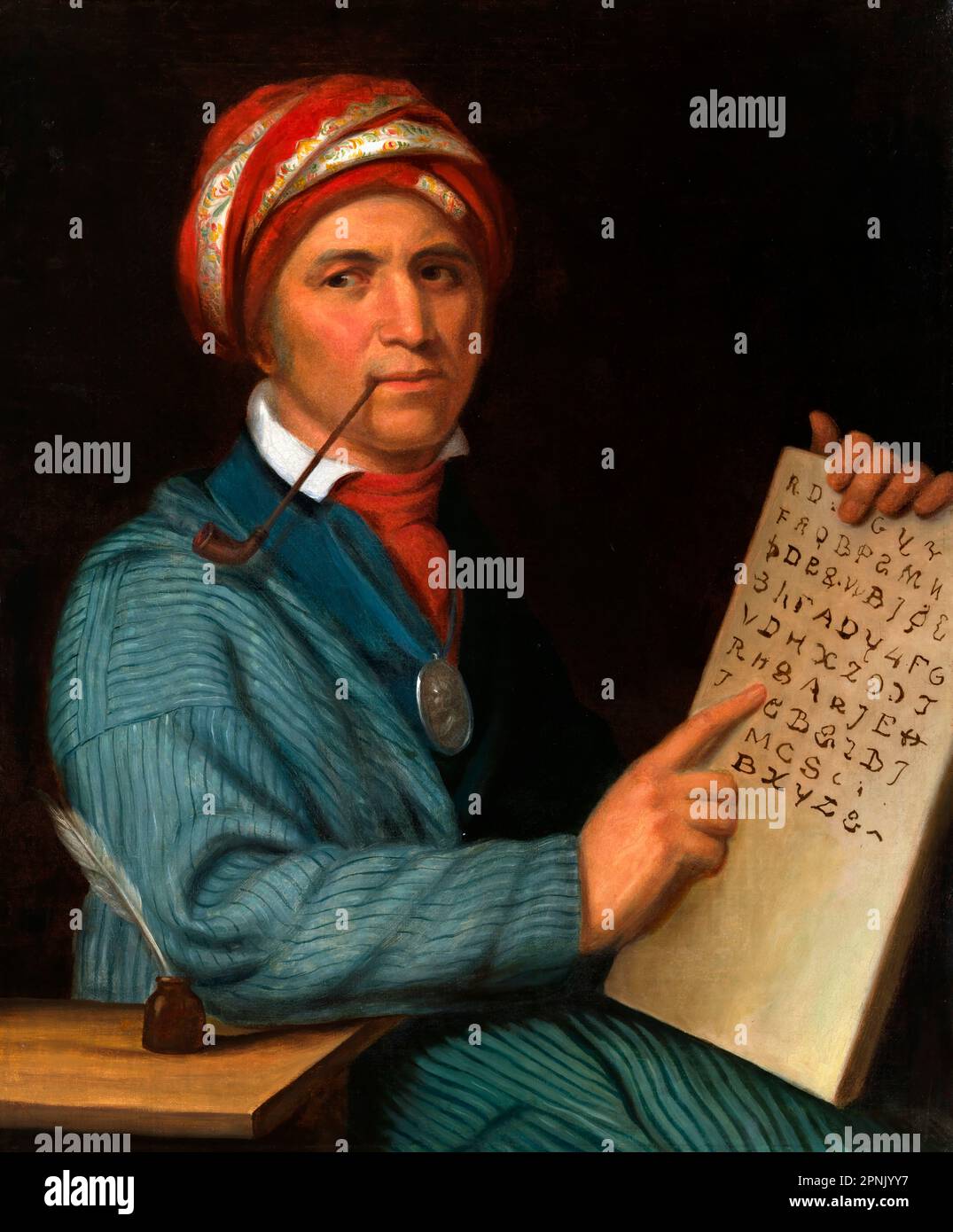 Sequoyah. Portrait of the Native American polymath, Sequoyah (c. 1770-1843) by Henry Inman, oil on canvas, c. 1830 Stock Photohttps://www.alamy.com/image-license-details/?v=1https://www.alamy.com/sequoyah-portrait-of-the-native-american-polymath-sequoyah-c-1770-1843-by-henry-inman-oil-on-canvas-c-1830-image546846251.html
Sequoyah. Portrait of the Native American polymath, Sequoyah (c. 1770-1843) by Henry Inman, oil on canvas, c. 1830 Stock Photohttps://www.alamy.com/image-license-details/?v=1https://www.alamy.com/sequoyah-portrait-of-the-native-american-polymath-sequoyah-c-1770-1843-by-henry-inman-oil-on-canvas-c-1830-image546846251.htmlRM2PNJYY7–Sequoyah. Portrait of the Native American polymath, Sequoyah (c. 1770-1843) by Henry Inman, oil on canvas, c. 1830
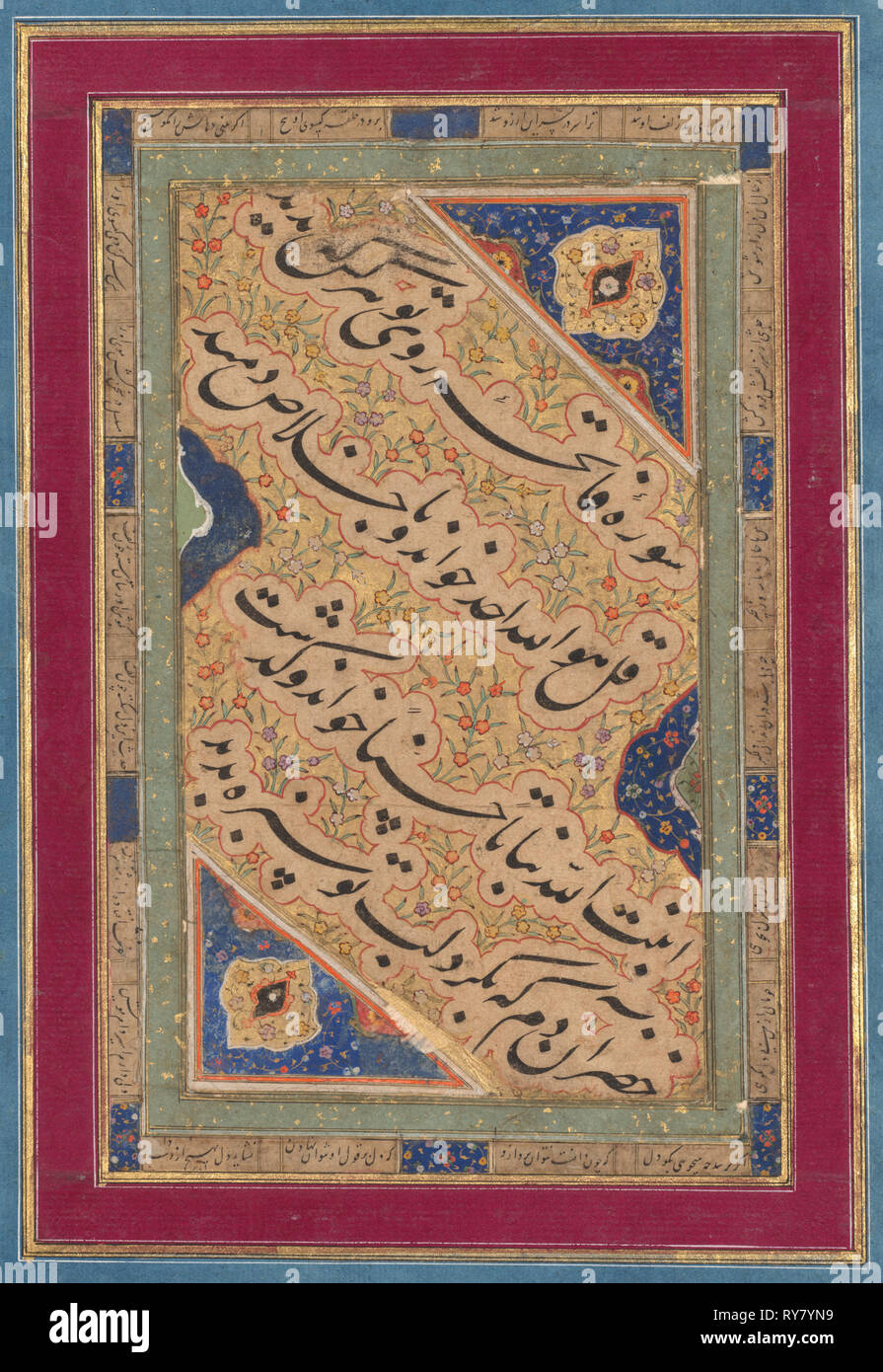 Calligraphy of Lyrical Quatrains, c. 1760. Attributed to Muhammad Rizavi Hindi (Indian, active mid-1700s). Ink on paper, illuminated panels of Persian poetry (verso); page: 30.6 x 25 cm (12 1/16 x 9 13/16 in Stock Photohttps://www.alamy.com/image-license-details/?v=1https://www.alamy.com/calligraphy-of-lyrical-quatrains-c-1760-attributed-to-muhammad-rizavi-hindi-indian-active-mid-1700s-ink-on-paper-illuminated-panels-of-persian-poetry-verso-page-306-x-25-cm-12-116-x-9-1316-in-image240505925.html
Calligraphy of Lyrical Quatrains, c. 1760. Attributed to Muhammad Rizavi Hindi (Indian, active mid-1700s). Ink on paper, illuminated panels of Persian poetry (verso); page: 30.6 x 25 cm (12 1/16 x 9 13/16 in Stock Photohttps://www.alamy.com/image-license-details/?v=1https://www.alamy.com/calligraphy-of-lyrical-quatrains-c-1760-attributed-to-muhammad-rizavi-hindi-indian-active-mid-1700s-ink-on-paper-illuminated-panels-of-persian-poetry-verso-page-306-x-25-cm-12-116-x-9-1316-in-image240505925.htmlRMRY7YN9–Calligraphy of Lyrical Quatrains, c. 1760. Attributed to Muhammad Rizavi Hindi (Indian, active mid-1700s). Ink on paper, illuminated panels of Persian poetry (verso); page: 30.6 x 25 cm (12 1/16 x 9 13/16 in
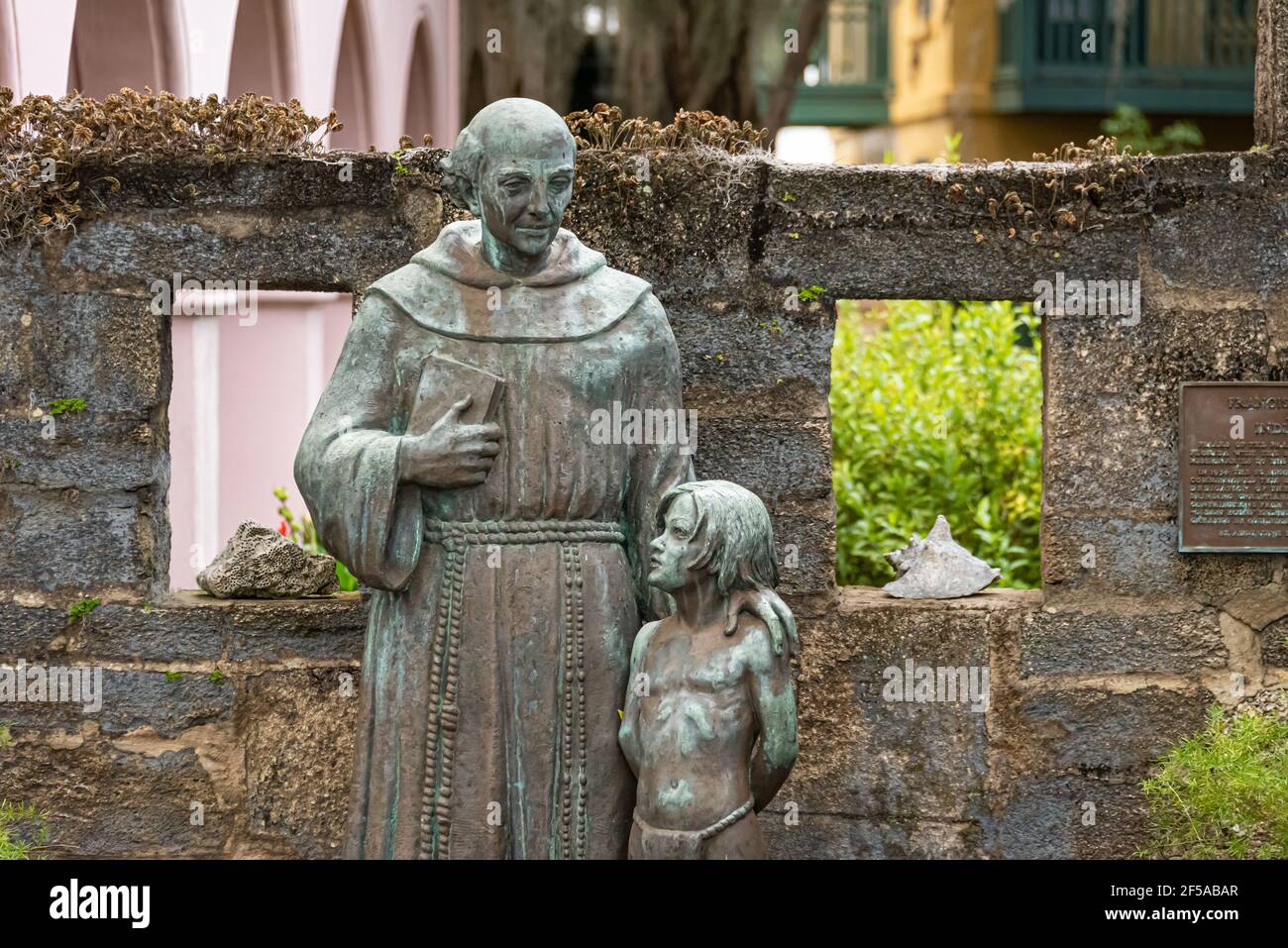 Franciscan with Indian Boy statue at the Gonzalez-Alverez House (The Oldest House), an historic landmark in Old City St. Augustine, Florida. (USA) Stock Photohttps://www.alamy.com/image-license-details/?v=1https://www.alamy.com/franciscan-with-indian-boy-statue-at-the-gonzalez-alverez-house-the-oldest-house-an-historic-landmark-in-old-city-st-augustine-florida-usa-image416350559.html
Franciscan with Indian Boy statue at the Gonzalez-Alverez House (The Oldest House), an historic landmark in Old City St. Augustine, Florida. (USA) Stock Photohttps://www.alamy.com/image-license-details/?v=1https://www.alamy.com/franciscan-with-indian-boy-statue-at-the-gonzalez-alverez-house-the-oldest-house-an-historic-landmark-in-old-city-st-augustine-florida-usa-image416350559.htmlRM2F5ABAR–Franciscan with Indian Boy statue at the Gonzalez-Alverez House (The Oldest House), an historic landmark in Old City St. Augustine, Florida. (USA)
 Wild red peppers hang to dry near a campfire display at a reenactment site of the 1700's Fort Toulouse encampment around the French and Indian War. Stock Photohttps://www.alamy.com/image-license-details/?v=1https://www.alamy.com/stock-image-wild-red-peppers-hang-to-dry-near-a-campfire-display-at-a-reenactment-165314802.html
Wild red peppers hang to dry near a campfire display at a reenactment site of the 1700's Fort Toulouse encampment around the French and Indian War. Stock Photohttps://www.alamy.com/image-license-details/?v=1https://www.alamy.com/stock-image-wild-red-peppers-hang-to-dry-near-a-campfire-display-at-a-reenactment-165314802.htmlRFKGXMM2–Wild red peppers hang to dry near a campfire display at a reenactment site of the 1700's Fort Toulouse encampment around the French and Indian War.
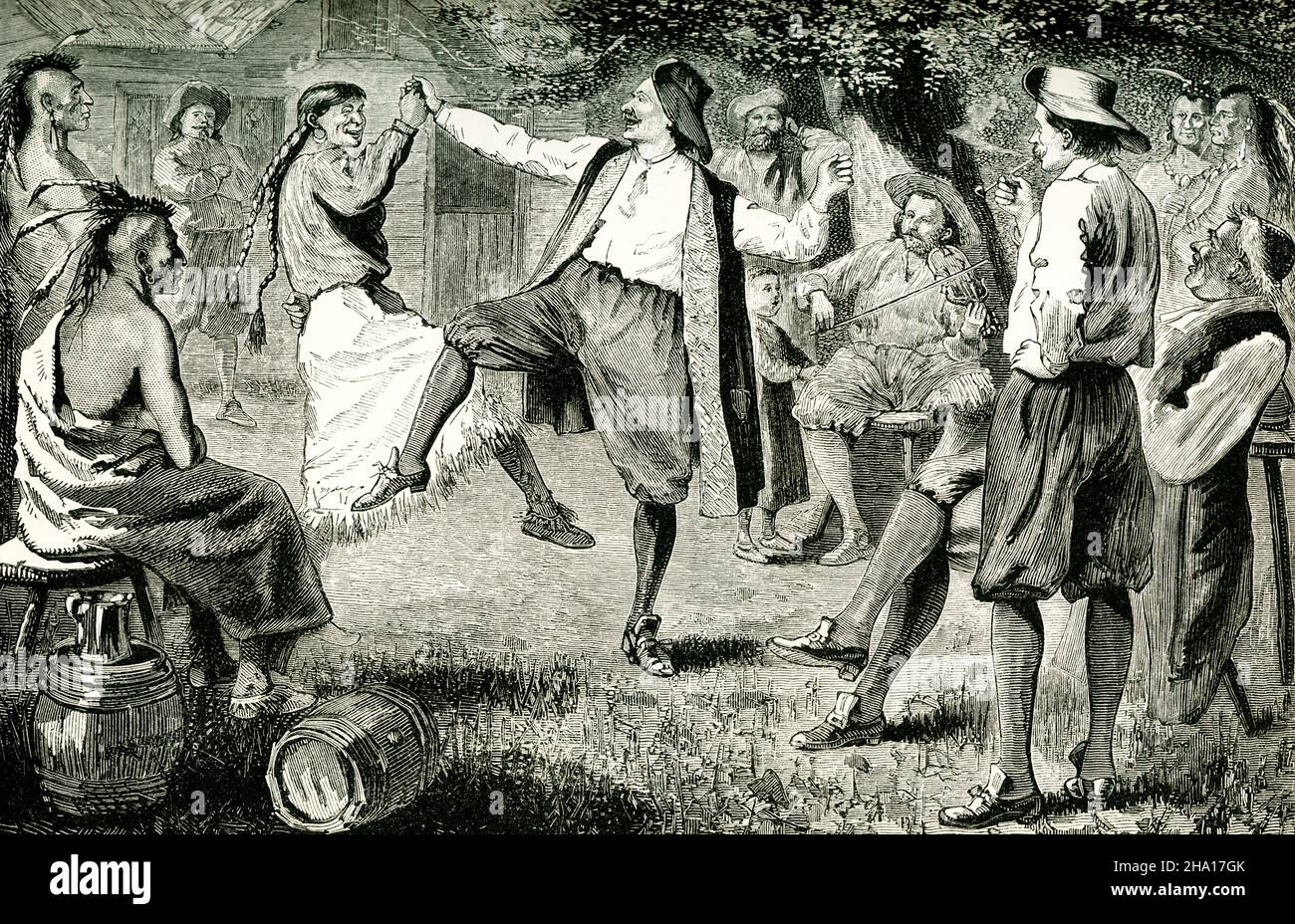 This 1890 image shows a summer evening in Vicennes. Fort Vincennes was located along the Wabash River, on the border of modern day Indiana and Illinois. Fort Vincennes was a timber fort in the town of Vincennes built by the British to guard the frontier ceded by France after the French and Indian War. British Lieutenant Governor Edward Abbott began construction in 1777. Stock Photohttps://www.alamy.com/image-license-details/?v=1https://www.alamy.com/this-1890-image-shows-a-summer-evening-in-vicennes-fort-vincennes-was-located-along-the-wabash-river-on-the-border-of-modern-day-indiana-and-illinois-fort-vincennes-was-a-timber-fort-in-the-town-of-vincennes-built-by-the-british-to-guard-the-frontier-ceded-by-france-after-the-french-and-indian-war-british-lieutenant-governor-edward-abbott-began-construction-in-1777-image453644035.html
This 1890 image shows a summer evening in Vicennes. Fort Vincennes was located along the Wabash River, on the border of modern day Indiana and Illinois. Fort Vincennes was a timber fort in the town of Vincennes built by the British to guard the frontier ceded by France after the French and Indian War. British Lieutenant Governor Edward Abbott began construction in 1777. Stock Photohttps://www.alamy.com/image-license-details/?v=1https://www.alamy.com/this-1890-image-shows-a-summer-evening-in-vicennes-fort-vincennes-was-located-along-the-wabash-river-on-the-border-of-modern-day-indiana-and-illinois-fort-vincennes-was-a-timber-fort-in-the-town-of-vincennes-built-by-the-british-to-guard-the-frontier-ceded-by-france-after-the-french-and-indian-war-british-lieutenant-governor-edward-abbott-began-construction-in-1777-image453644035.htmlRF2HA17GK–This 1890 image shows a summer evening in Vicennes. Fort Vincennes was located along the Wabash River, on the border of modern day Indiana and Illinois. Fort Vincennes was a timber fort in the town of Vincennes built by the British to guard the frontier ceded by France after the French and Indian War. British Lieutenant Governor Edward Abbott began construction in 1777.
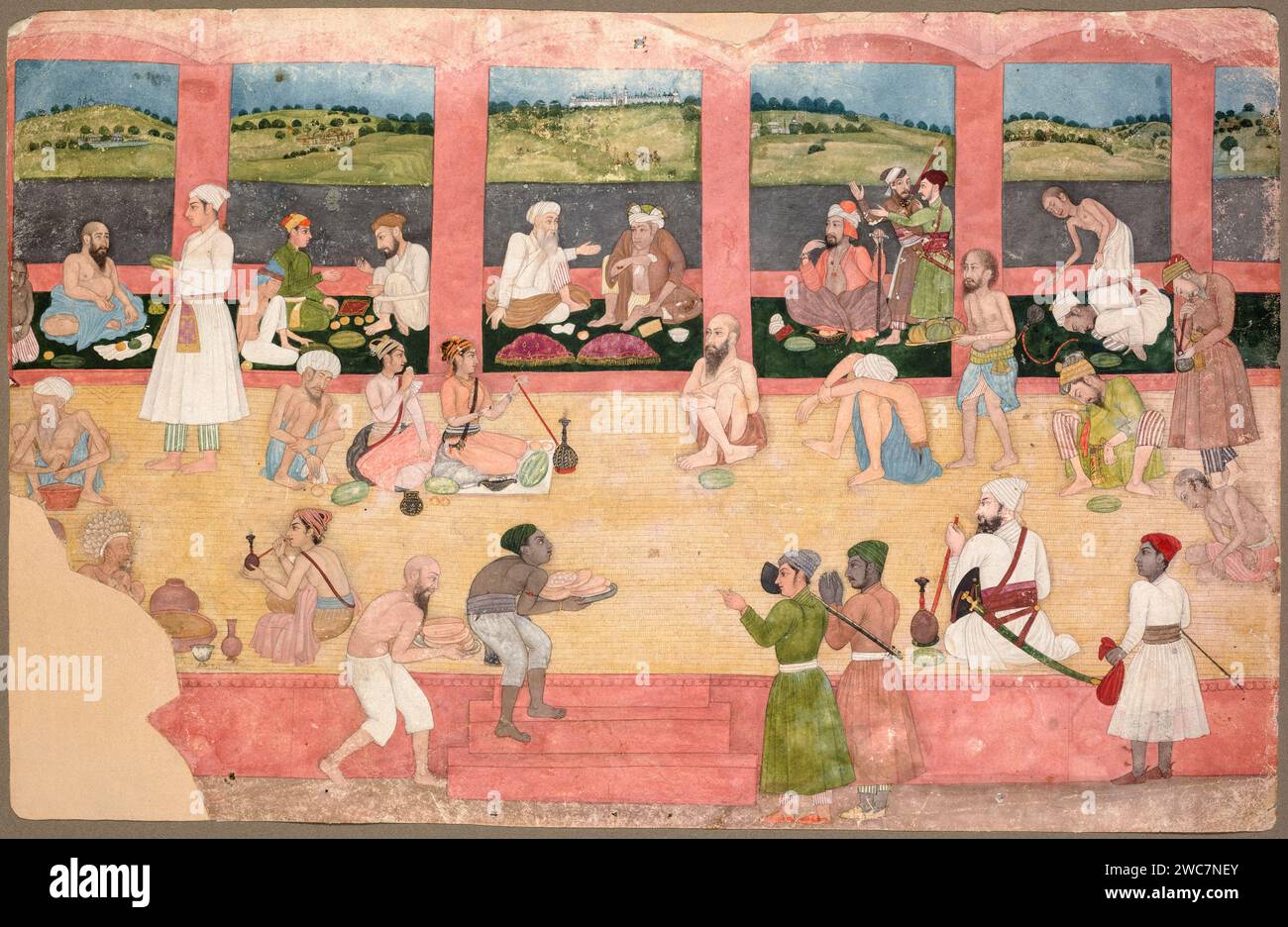 Guests exploring Sufism, the esoteric dimension of Islam in its purest form with the help of visiting Sufi mystics (dressed in white and blue) smoking opium and cannabis. Creator unknown, painting made circa 1750. Credit: Andrew R. and Martha Holden Jennings Fund / Cleveland Museum of Art / Contraband Collection Stock Photohttps://www.alamy.com/image-license-details/?v=1https://www.alamy.com/guests-exploring-sufism-the-esoteric-dimension-of-islam-in-its-purest-form-with-the-help-of-visiting-sufi-mystics-dressed-in-white-and-blue-smoking-opium-and-cannabis-creator-unknown-painting-made-circa-1750-credit-andrew-r-and-martha-holden-jennings-fund-cleveland-museum-of-art-contraband-collection-image592698931.html
Guests exploring Sufism, the esoteric dimension of Islam in its purest form with the help of visiting Sufi mystics (dressed in white and blue) smoking opium and cannabis. Creator unknown, painting made circa 1750. Credit: Andrew R. and Martha Holden Jennings Fund / Cleveland Museum of Art / Contraband Collection Stock Photohttps://www.alamy.com/image-license-details/?v=1https://www.alamy.com/guests-exploring-sufism-the-esoteric-dimension-of-islam-in-its-purest-form-with-the-help-of-visiting-sufi-mystics-dressed-in-white-and-blue-smoking-opium-and-cannabis-creator-unknown-painting-made-circa-1750-credit-andrew-r-and-martha-holden-jennings-fund-cleveland-museum-of-art-contraband-collection-image592698931.htmlRM2WC7NEY–Guests exploring Sufism, the esoteric dimension of Islam in its purest form with the help of visiting Sufi mystics (dressed in white and blue) smoking opium and cannabis. Creator unknown, painting made circa 1750. Credit: Andrew R. and Martha Holden Jennings Fund / Cleveland Museum of Art / Contraband Collection
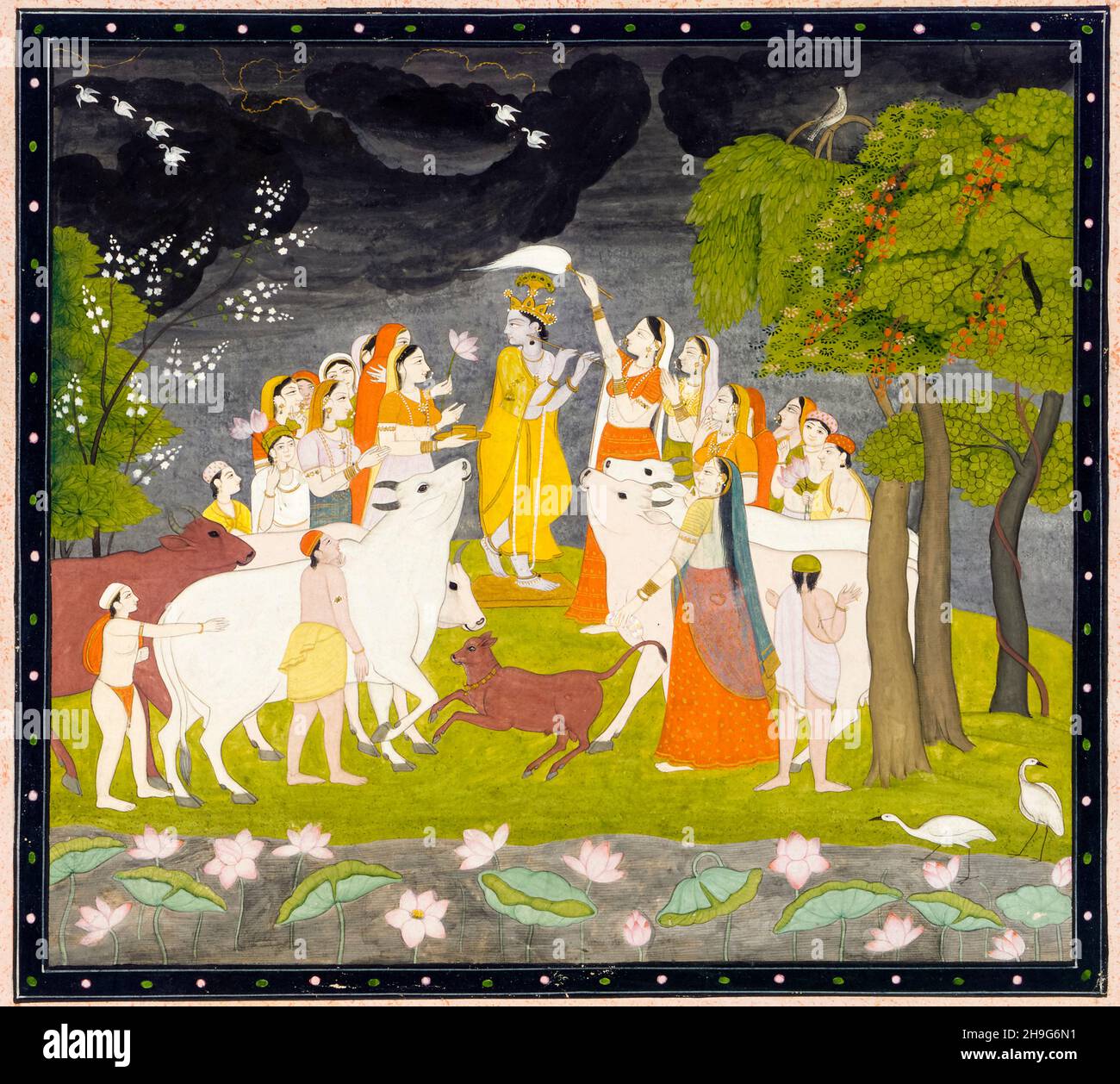 Sri Krsna with the flute, 18th Century Indian painting, 1790-1799 Stock Photohttps://www.alamy.com/image-license-details/?v=1https://www.alamy.com/srikrsnawith-the-flute-18th-century-indian-painting-1790-1799-image453357997.html
Sri Krsna with the flute, 18th Century Indian painting, 1790-1799 Stock Photohttps://www.alamy.com/image-license-details/?v=1https://www.alamy.com/srikrsnawith-the-flute-18th-century-indian-painting-1790-1799-image453357997.htmlRM2H9G6N1–Sri Krsna with the flute, 18th Century Indian painting, 1790-1799
 Anatomical illustration of a male figure with his abdomen and chest opened to reveal the internal organs. His right hand holds a second set of genitalia, and there is a sketch of the liver and gallbladder in the upper left corner. From a Persian translation of an Arabic medical book, ca. 18th century. The image draws upon Indian and early-modern sources. The image employs the European device of depicting animated partially-dissected bodies holding up body parts. Stock Photohttps://www.alamy.com/image-license-details/?v=1https://www.alamy.com/stock-photo-anatomical-illustration-of-a-male-figure-with-his-abdomen-and-chest-32392727.html
Anatomical illustration of a male figure with his abdomen and chest opened to reveal the internal organs. His right hand holds a second set of genitalia, and there is a sketch of the liver and gallbladder in the upper left corner. From a Persian translation of an Arabic medical book, ca. 18th century. The image draws upon Indian and early-modern sources. The image employs the European device of depicting animated partially-dissected bodies holding up body parts. Stock Photohttps://www.alamy.com/image-license-details/?v=1https://www.alamy.com/stock-photo-anatomical-illustration-of-a-male-figure-with-his-abdomen-and-chest-32392727.htmlRMBTKH73–Anatomical illustration of a male figure with his abdomen and chest opened to reveal the internal organs. His right hand holds a second set of genitalia, and there is a sketch of the liver and gallbladder in the upper left corner. From a Persian translation of an Arabic medical book, ca. 18th century. The image draws upon Indian and early-modern sources. The image employs the European device of depicting animated partially-dissected bodies holding up body parts.
 Astrology observatory 18th century in Jaipur India Stock Photohttps://www.alamy.com/image-license-details/?v=1https://www.alamy.com/astrology-observatory-18th-century-in-jaipur-india-image623625398.html
Astrology observatory 18th century in Jaipur India Stock Photohttps://www.alamy.com/image-license-details/?v=1https://www.alamy.com/astrology-observatory-18th-century-in-jaipur-india-image623625398.htmlRF2Y6GGFJ–Astrology observatory 18th century in Jaipur India
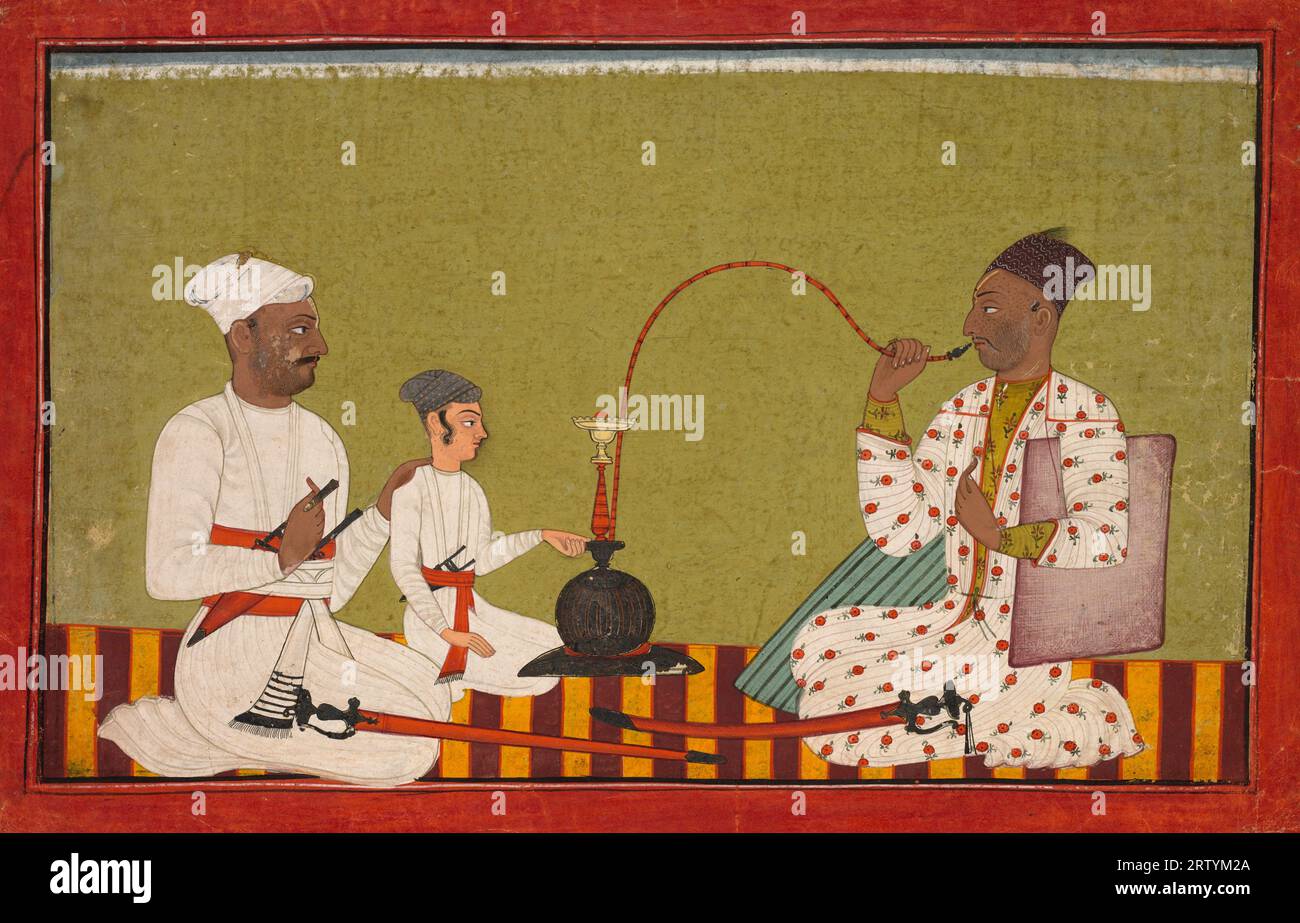 Seated Prince smoking a Hookah, Indian Pahari Mankot, colour ink on paper, c1710-15 Stock Photohttps://www.alamy.com/image-license-details/?v=1https://www.alamy.com/seated-prince-smoking-a-hookah-indian-pahari-mankot-colour-ink-on-paper-c1710-15-image566091970.html
Seated Prince smoking a Hookah, Indian Pahari Mankot, colour ink on paper, c1710-15 Stock Photohttps://www.alamy.com/image-license-details/?v=1https://www.alamy.com/seated-prince-smoking-a-hookah-indian-pahari-mankot-colour-ink-on-paper-c1710-15-image566091970.htmlRM2RTYM2A–Seated Prince smoking a Hookah, Indian Pahari Mankot, colour ink on paper, c1710-15
 Raja Pratap Singh hunting tigers, 1700s painting, Museum, Delhi, India Stock Photohttps://www.alamy.com/image-license-details/?v=1https://www.alamy.com/raja-pratap-singh-hunting-tigers-1700s-painting-museum-delhi-india-image356319007.html
Raja Pratap Singh hunting tigers, 1700s painting, Museum, Delhi, India Stock Photohttps://www.alamy.com/image-license-details/?v=1https://www.alamy.com/raja-pratap-singh-hunting-tigers-1700s-painting-museum-delhi-india-image356319007.htmlRM2BKKMER–Raja Pratap Singh hunting tigers, 1700s painting, Museum, Delhi, India
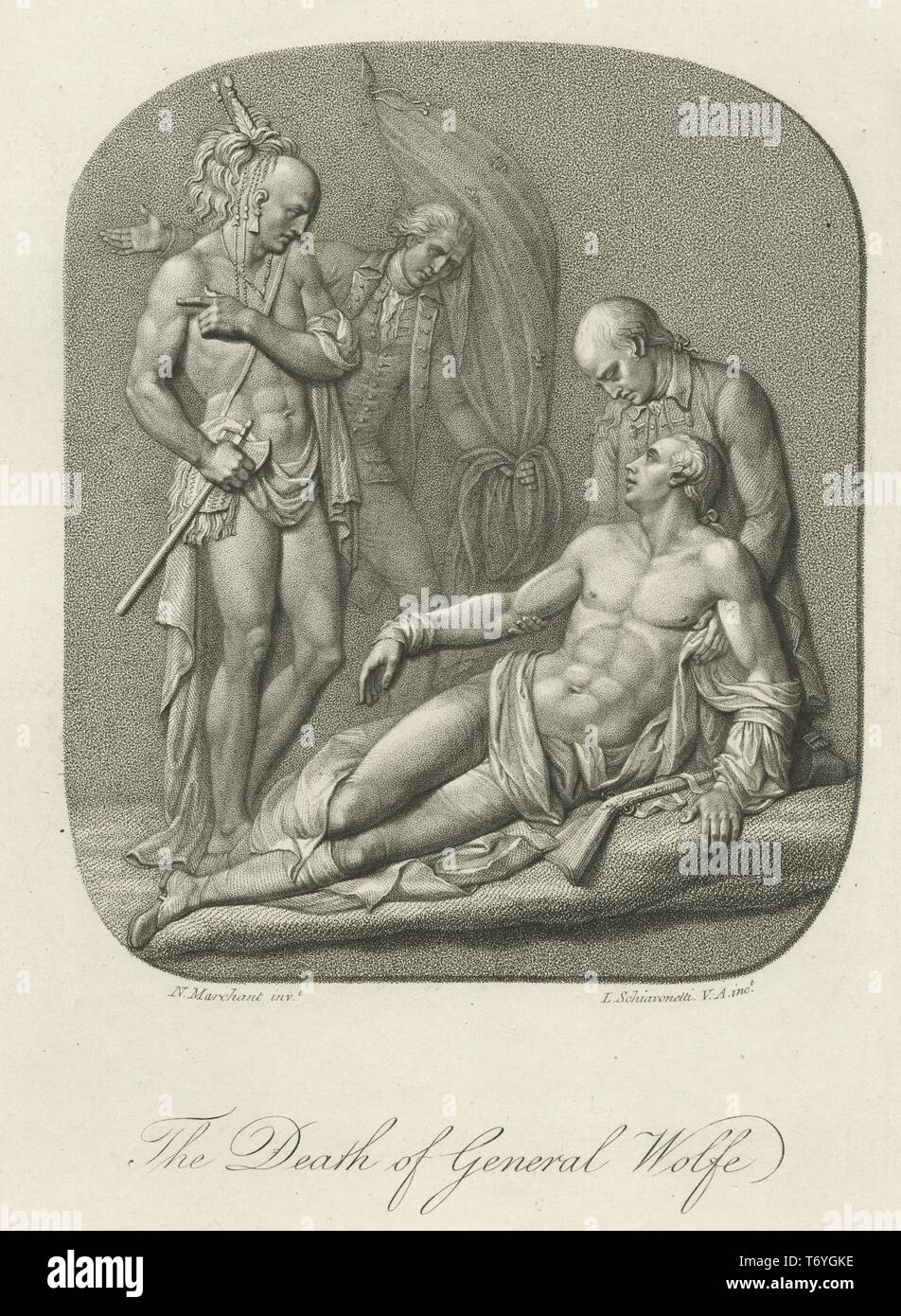 Engraving of the death of British General James Wolfe at the Battle of Quebec during the French and Indian War, 1759. From the New York Public Library. () Stock Photohttps://www.alamy.com/image-license-details/?v=1https://www.alamy.com/engraving-of-the-death-of-british-general-james-wolfe-at-the-battle-of-quebec-during-the-french-and-indian-war-1759-from-the-new-york-public-library-image245238882.html
Engraving of the death of British General James Wolfe at the Battle of Quebec during the French and Indian War, 1759. From the New York Public Library. () Stock Photohttps://www.alamy.com/image-license-details/?v=1https://www.alamy.com/engraving-of-the-death-of-british-general-james-wolfe-at-the-battle-of-quebec-during-the-french-and-indian-war-1759-from-the-new-york-public-library-image245238882.htmlRMT6YGKE–Engraving of the death of British General James Wolfe at the Battle of Quebec during the French and Indian War, 1759. From the New York Public Library. ()
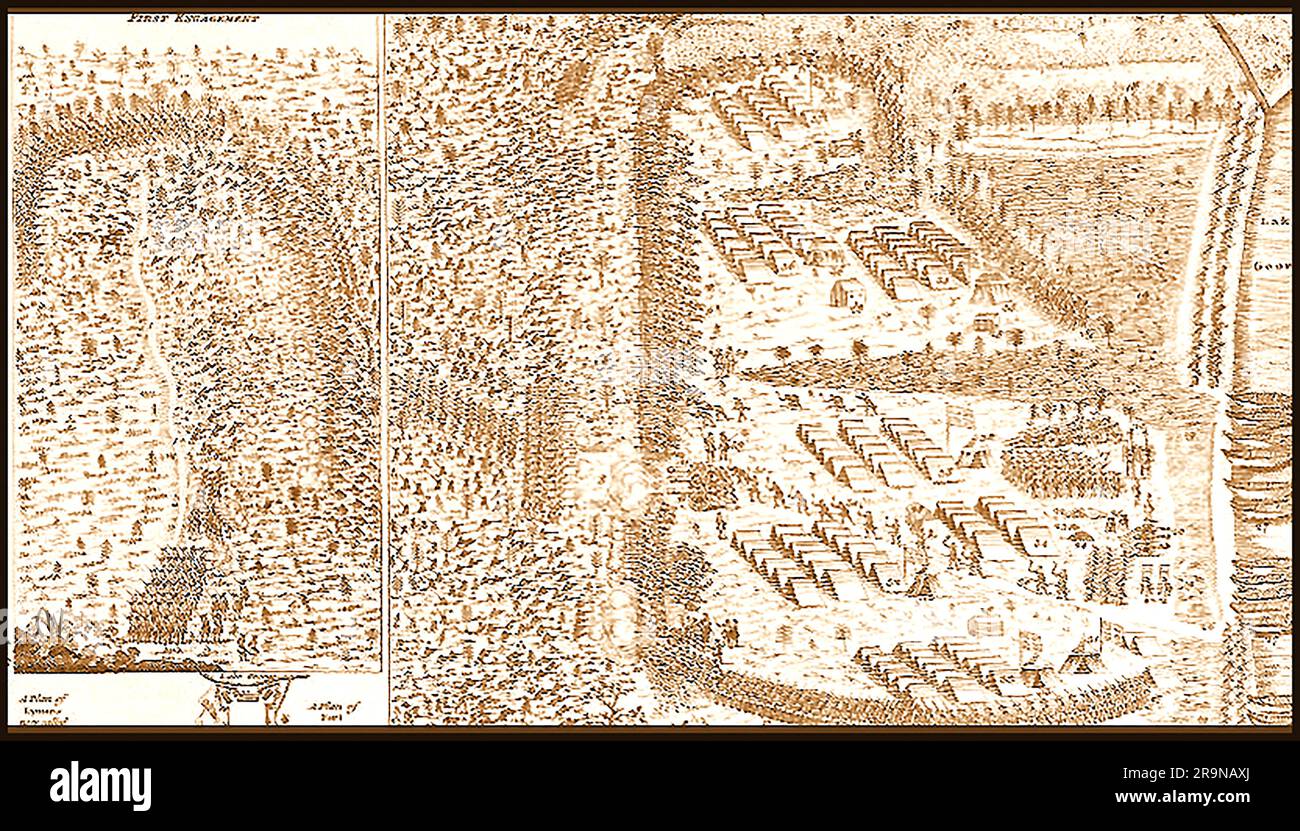 Plan of the battle ground near Lake George 8 Sept 1755 ( part of a campaign by the British to expel the French from North America, in the French and Indian War.) Stock Photohttps://www.alamy.com/image-license-details/?v=1https://www.alamy.com/plan-of-the-battle-ground-near-lake-george-8-sept-1755-part-of-a-campaign-by-the-british-to-expel-the-french-from-north-america-in-the-french-and-indian-war-image556733258.html
Plan of the battle ground near Lake George 8 Sept 1755 ( part of a campaign by the British to expel the French from North America, in the French and Indian War.) Stock Photohttps://www.alamy.com/image-license-details/?v=1https://www.alamy.com/plan-of-the-battle-ground-near-lake-george-8-sept-1755-part-of-a-campaign-by-the-british-to-expel-the-french-from-north-america-in-the-french-and-indian-war-image556733258.htmlRM2R9NAXJ–Plan of the battle ground near Lake George 8 Sept 1755 ( part of a campaign by the British to expel the French from North America, in the French and Indian War.)
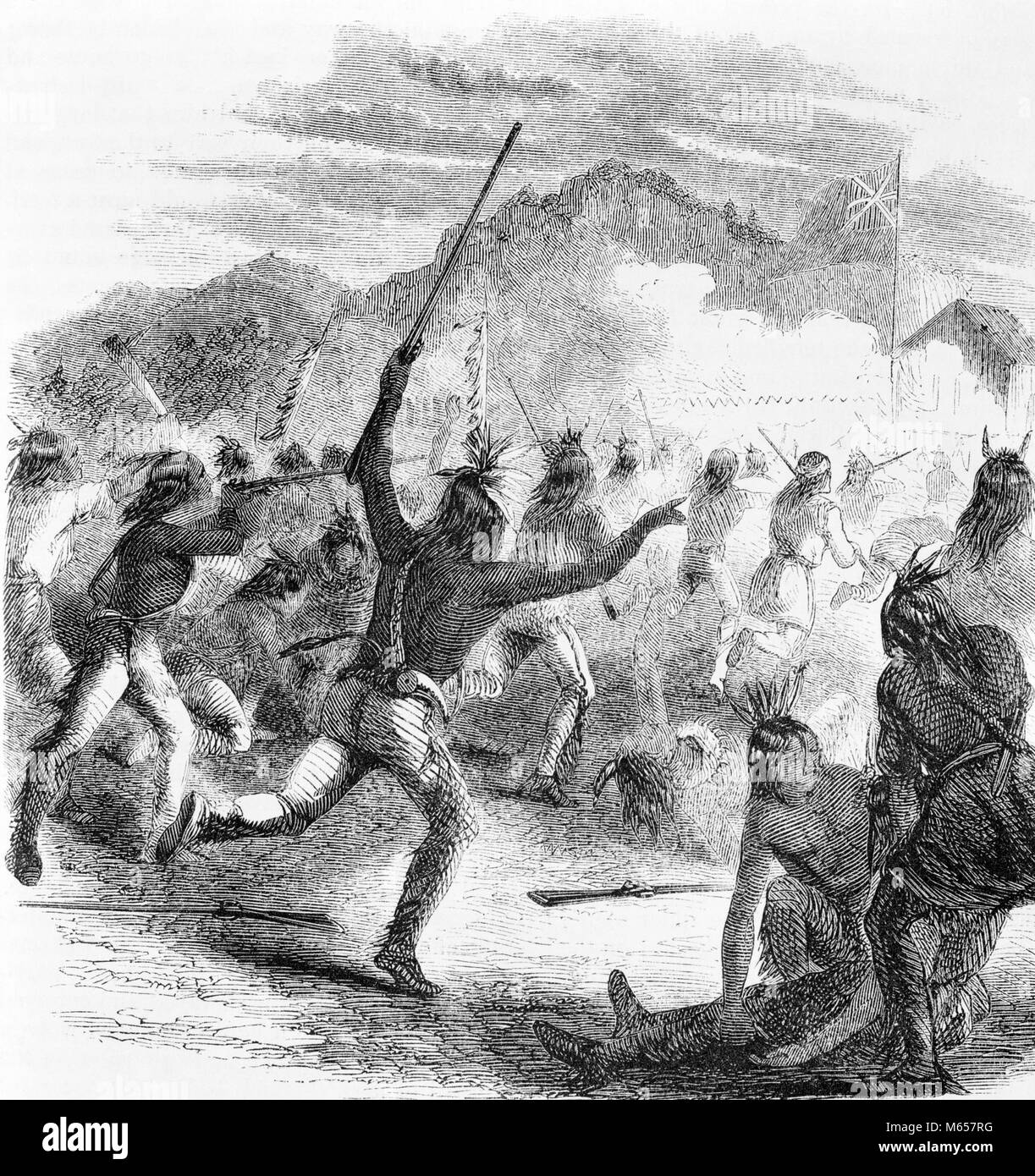 1700s ENGRAVING OF 1763 INDIAN ATTACK ON FORT PITT DURING PONTIAC'S WAR IN WESTERN PENNSYLVANIA COLONIAL NORTH AMERICA - i6011 LAN001 HARS NATIVE AMERICAN 1763 FIREARM MALES MID-ADULT MID-ADULT MAN MONONGAHELA YOUNG ADULT MAN 1700s ALLEGHENY B&W BIOLOGICAL WARFARE BLACK AND WHITE CAUCASIAN ETHNICITY FORT PITT FRENCH AND INDIAN INDIGENOUS JUNE 22 LENAPE OLD FASHIONED PERSONS PITTSBURGH PONTIAC'S WAR RIVERS SEVEN YEARS' WAR SHAWNEE SIEGE SMALLPOX Stock Photohttps://www.alamy.com/image-license-details/?v=1https://www.alamy.com/stock-photo-1700s-engraving-of-1763-indian-attack-on-fort-pitt-during-pontiacs-175907524.html
1700s ENGRAVING OF 1763 INDIAN ATTACK ON FORT PITT DURING PONTIAC'S WAR IN WESTERN PENNSYLVANIA COLONIAL NORTH AMERICA - i6011 LAN001 HARS NATIVE AMERICAN 1763 FIREARM MALES MID-ADULT MID-ADULT MAN MONONGAHELA YOUNG ADULT MAN 1700s ALLEGHENY B&W BIOLOGICAL WARFARE BLACK AND WHITE CAUCASIAN ETHNICITY FORT PITT FRENCH AND INDIAN INDIGENOUS JUNE 22 LENAPE OLD FASHIONED PERSONS PITTSBURGH PONTIAC'S WAR RIVERS SEVEN YEARS' WAR SHAWNEE SIEGE SMALLPOX Stock Photohttps://www.alamy.com/image-license-details/?v=1https://www.alamy.com/stock-photo-1700s-engraving-of-1763-indian-attack-on-fort-pitt-during-pontiacs-175907524.htmlRMM657RG–1700s ENGRAVING OF 1763 INDIAN ATTACK ON FORT PITT DURING PONTIAC'S WAR IN WESTERN PENNSYLVANIA COLONIAL NORTH AMERICA - i6011 LAN001 HARS NATIVE AMERICAN 1763 FIREARM MALES MID-ADULT MID-ADULT MAN MONONGAHELA YOUNG ADULT MAN 1700s ALLEGHENY B&W BIOLOGICAL WARFARE BLACK AND WHITE CAUCASIAN ETHNICITY FORT PITT FRENCH AND INDIAN INDIGENOUS JUNE 22 LENAPE OLD FASHIONED PERSONS PITTSBURGH PONTIAC'S WAR RIVERS SEVEN YEARS' WAR SHAWNEE SIEGE SMALLPOX
 The Capture of Quebec and Battle of the Plains of Abraham, 1759; Black and White Illustration; Stock Photohttps://www.alamy.com/image-license-details/?v=1https://www.alamy.com/stock-photo-the-capture-of-quebec-and-battle-of-the-plains-of-abraham-1759-black-33322495.html
The Capture of Quebec and Battle of the Plains of Abraham, 1759; Black and White Illustration; Stock Photohttps://www.alamy.com/image-license-details/?v=1https://www.alamy.com/stock-photo-the-capture-of-quebec-and-battle-of-the-plains-of-abraham-1759-black-33322495.htmlRMBX5Y53–The Capture of Quebec and Battle of the Plains of Abraham, 1759; Black and White Illustration;
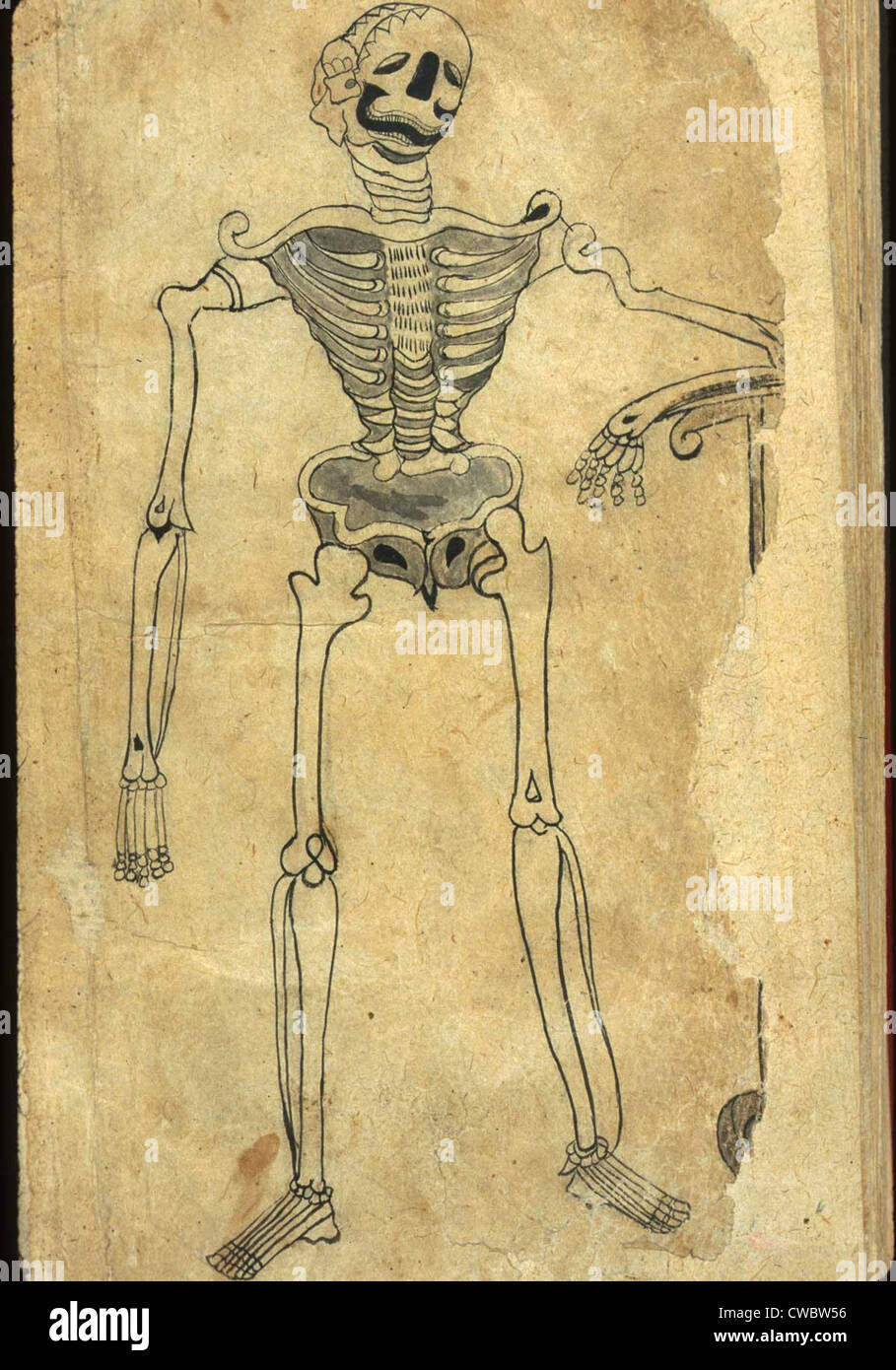 Human skeleton leaning on a scythe, drawn in ink and light-gray wash from a Persian translation of an Arabic medical book. The Stock Photohttps://www.alamy.com/image-license-details/?v=1https://www.alamy.com/stock-photo-human-skeleton-leaning-on-a-scythe-drawn-in-ink-and-light-gray-wash-50048354.html
Human skeleton leaning on a scythe, drawn in ink and light-gray wash from a Persian translation of an Arabic medical book. The Stock Photohttps://www.alamy.com/image-license-details/?v=1https://www.alamy.com/stock-photo-human-skeleton-leaning-on-a-scythe-drawn-in-ink-and-light-gray-wash-50048354.htmlRMCWBW56–Human skeleton leaning on a scythe, drawn in ink and light-gray wash from a Persian translation of an Arabic medical book. The
 Miniature painting of Maharaja Sawai Pratap Singh Jaipur Rajasthan India Indian Maharaja Kachwaha ruler of Jaipur, Stock Photohttps://www.alamy.com/image-license-details/?v=1https://www.alamy.com/stock-photo-miniature-painting-of-maharaja-sawai-pratap-singh-jaipur-rajasthan-83591932.html
Miniature painting of Maharaja Sawai Pratap Singh Jaipur Rajasthan India Indian Maharaja Kachwaha ruler of Jaipur, Stock Photohttps://www.alamy.com/image-license-details/?v=1https://www.alamy.com/stock-photo-miniature-painting-of-maharaja-sawai-pratap-singh-jaipur-rajasthan-83591932.htmlRMERYXA4–Miniature painting of Maharaja Sawai Pratap Singh Jaipur Rajasthan India Indian Maharaja Kachwaha ruler of Jaipur,
 Alexander McGillivray Creek Indian leader and British Loyalist late 1700s. Hand-colored woodcut Stock Photohttps://www.alamy.com/image-license-details/?v=1https://www.alamy.com/alexander-mcgillivray-creek-indian-leader-and-british-loyalist-late-image7370405.html
Alexander McGillivray Creek Indian leader and British Loyalist late 1700s. Hand-colored woodcut Stock Photohttps://www.alamy.com/image-license-details/?v=1https://www.alamy.com/alexander-mcgillivray-creek-indian-leader-and-british-loyalist-late-image7370405.htmlRMABHJJ6–Alexander McGillivray Creek Indian leader and British Loyalist late 1700s. Hand-colored woodcut
 De Indio y Mestiza sale Coyote (Indian and Mestiza Make Coyote) Mexico, mid 1700s Stock Photohttps://www.alamy.com/image-license-details/?v=1https://www.alamy.com/stock-photo-de-indio-y-mestiza-sale-coyote-indian-and-mestiza-make-coyote-mexico-89431144.html
De Indio y Mestiza sale Coyote (Indian and Mestiza Make Coyote) Mexico, mid 1700s Stock Photohttps://www.alamy.com/image-license-details/?v=1https://www.alamy.com/stock-photo-de-indio-y-mestiza-sale-coyote-indian-and-mestiza-make-coyote-mexico-89431144.htmlRMF5DX9C–De Indio y Mestiza sale Coyote (Indian and Mestiza Make Coyote) Mexico, mid 1700s
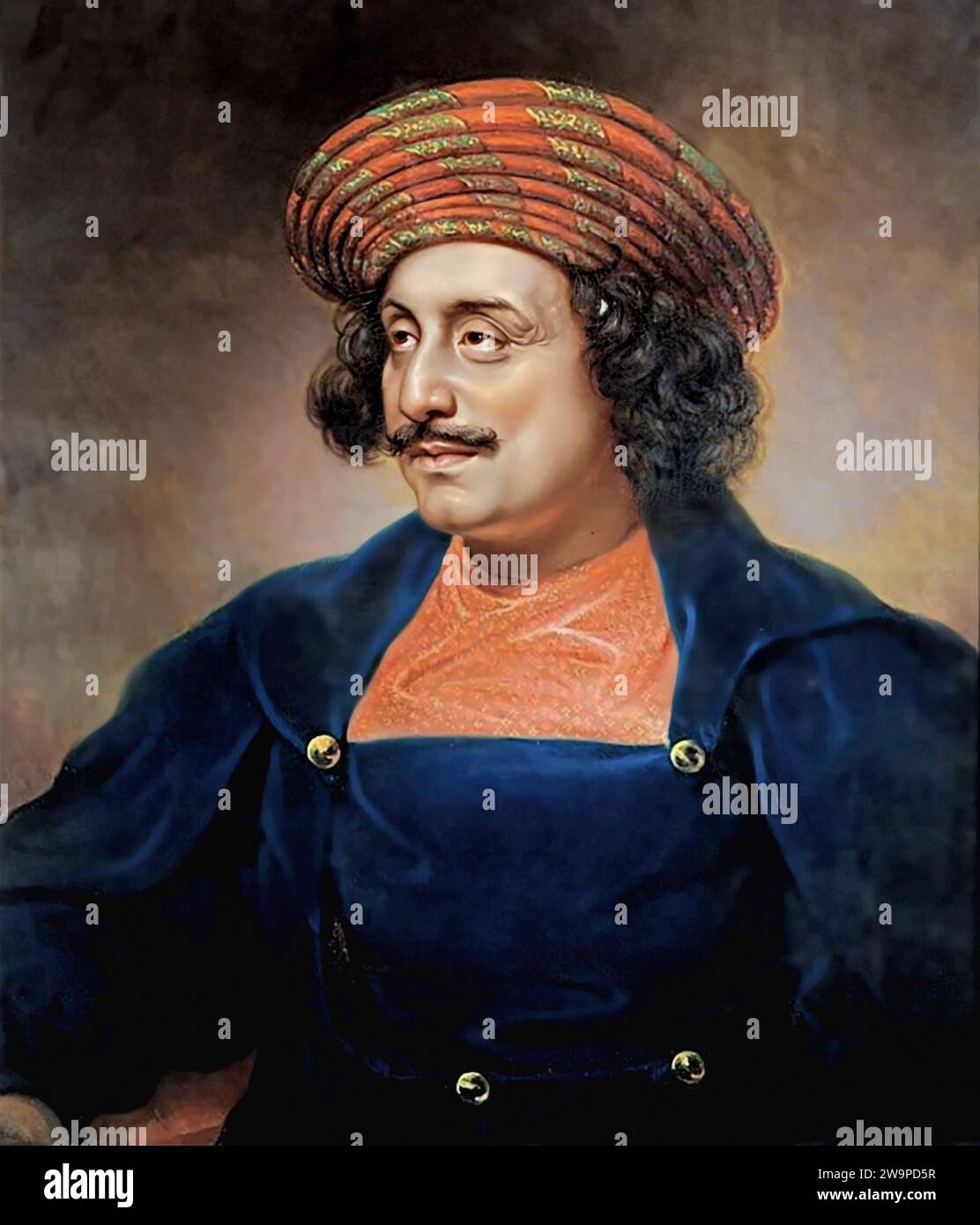 Ram Mohan Roy. Portrait of the Indian reformer, Raja Ram Mohan Roy (1772-1833) by Rembrandt Peale, 1833 Stock Photohttps://www.alamy.com/image-license-details/?v=1https://www.alamy.com/ram-mohan-roy-portrait-of-the-indian-reformer-raja-ram-mohan-roy-1772-1833-by-rembrandt-peale-1833-image591177715.html
Ram Mohan Roy. Portrait of the Indian reformer, Raja Ram Mohan Roy (1772-1833) by Rembrandt Peale, 1833 Stock Photohttps://www.alamy.com/image-license-details/?v=1https://www.alamy.com/ram-mohan-roy-portrait-of-the-indian-reformer-raja-ram-mohan-roy-1772-1833-by-rembrandt-peale-1833-image591177715.htmlRM2W9PD5R–Ram Mohan Roy. Portrait of the Indian reformer, Raja Ram Mohan Roy (1772-1833) by Rembrandt Peale, 1833
 Court lady singing and playing the vina, c. 1760. Attributed to Muhammad Rizavi Hindi (Indian, active mid-1700s). Opaque watercolor, ink, and gold on paper; page: 31.1 x 26.2 cm (12 1/4 x 10 5/16 in Stock Photohttps://www.alamy.com/image-license-details/?v=1https://www.alamy.com/court-lady-singing-and-playing-the-vina-c-1760-attributed-to-muhammad-rizavi-hindi-indian-active-mid-1700s-opaque-watercolor-ink-and-gold-on-paper-page-311-x-262-cm-12-14-x-10-516-in-image240505939.html
Court lady singing and playing the vina, c. 1760. Attributed to Muhammad Rizavi Hindi (Indian, active mid-1700s). Opaque watercolor, ink, and gold on paper; page: 31.1 x 26.2 cm (12 1/4 x 10 5/16 in Stock Photohttps://www.alamy.com/image-license-details/?v=1https://www.alamy.com/court-lady-singing-and-playing-the-vina-c-1760-attributed-to-muhammad-rizavi-hindi-indian-active-mid-1700s-opaque-watercolor-ink-and-gold-on-paper-page-311-x-262-cm-12-14-x-10-516-in-image240505939.htmlRMRY7YNR–Court lady singing and playing the vina, c. 1760. Attributed to Muhammad Rizavi Hindi (Indian, active mid-1700s). Opaque watercolor, ink, and gold on paper; page: 31.1 x 26.2 cm (12 1/4 x 10 5/16 in
 Free West Indian Dominicans. Agostino Brunias. ca. 1770. Stock Photohttps://www.alamy.com/image-license-details/?v=1https://www.alamy.com/free-west-indian-dominicans-agostino-brunias-ca-1770-image609401289.html
Free West Indian Dominicans. Agostino Brunias. ca. 1770. Stock Photohttps://www.alamy.com/image-license-details/?v=1https://www.alamy.com/free-west-indian-dominicans-agostino-brunias-ca-1770-image609401289.htmlRM2XBCHFN–Free West Indian Dominicans. Agostino Brunias. ca. 1770.
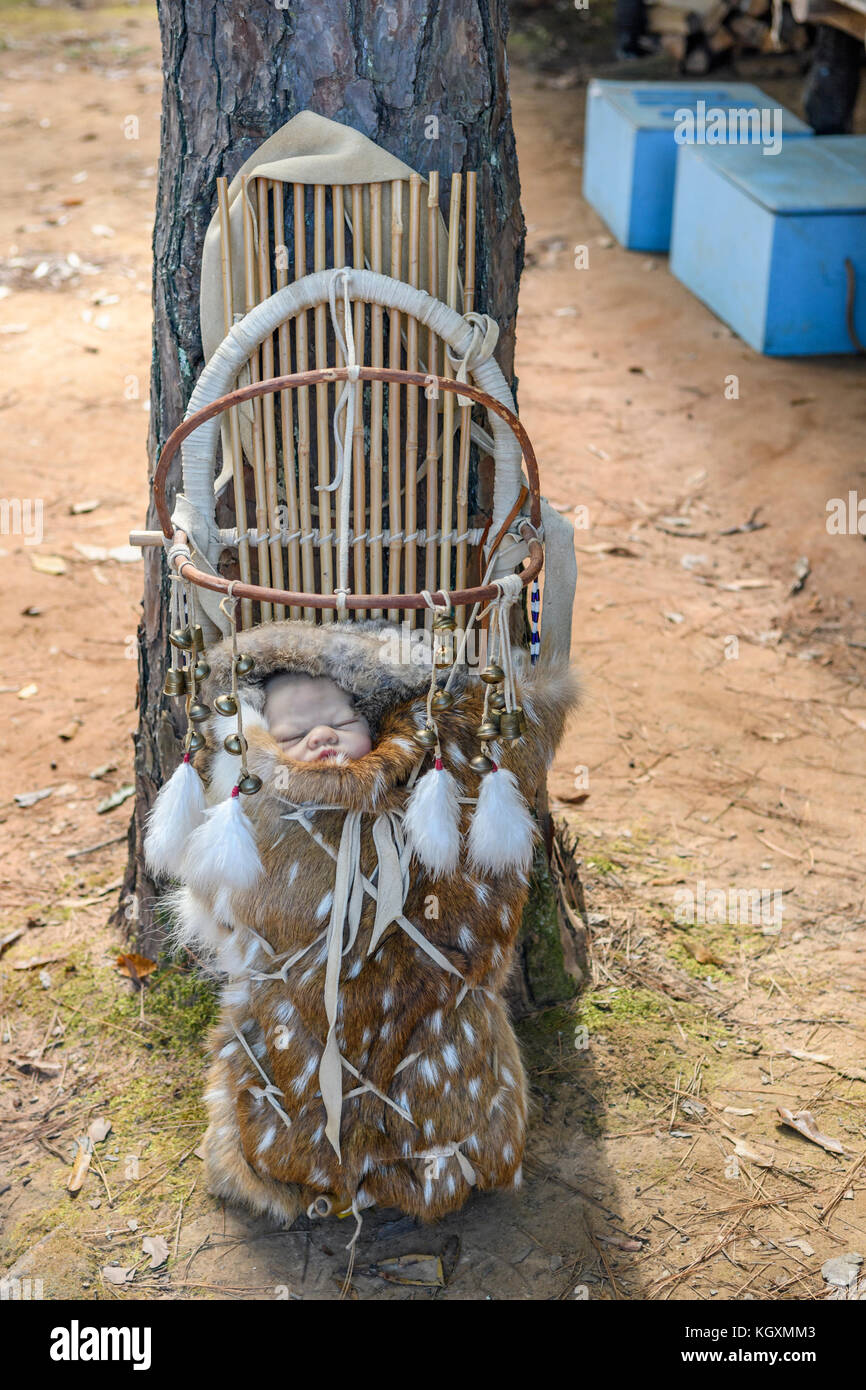 Traditional native American papoose cradling an infant on display at an outdoor museum in Alabama, USA. Stock Photohttps://www.alamy.com/image-license-details/?v=1https://www.alamy.com/stock-image-traditional-native-american-papoose-cradling-an-infant-on-display-165314803.html
Traditional native American papoose cradling an infant on display at an outdoor museum in Alabama, USA. Stock Photohttps://www.alamy.com/image-license-details/?v=1https://www.alamy.com/stock-image-traditional-native-american-papoose-cradling-an-infant-on-display-165314803.htmlRFKGXMM3–Traditional native American papoose cradling an infant on display at an outdoor museum in Alabama, USA.
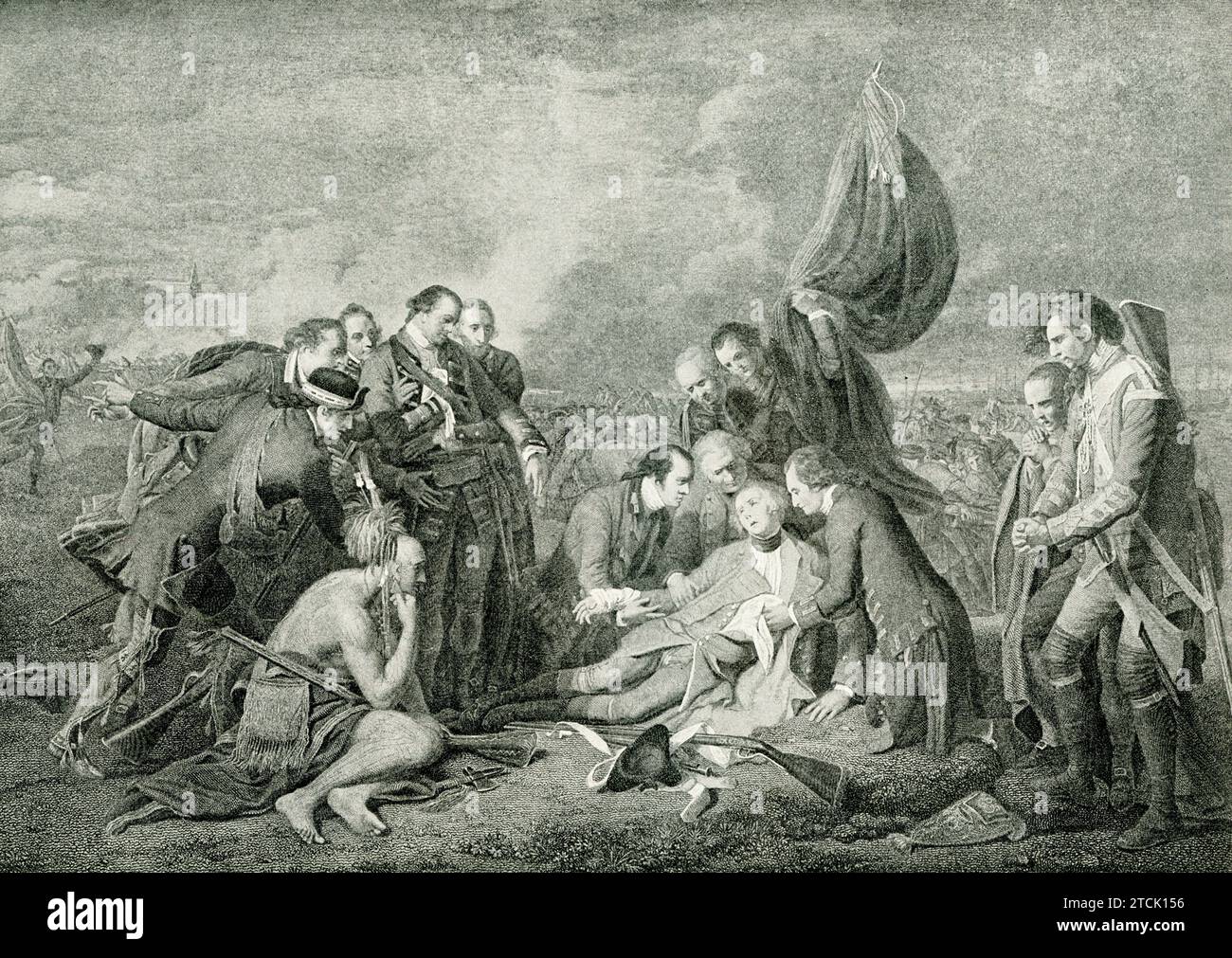 This illustration shows the death of the English General Wolfe in the fight against the French in Quebec. James Wolfe (1727-1759) was second in command to Jeffery Amherst in the French and Indian War. He commanded the expedition against Quebec, forcing open a battle with the French under Montcalm on the Plains of Abraham. The victory he won there was key to giving New France to England. Both he and Montcalm were fatally wounded in the battle. Stock Photohttps://www.alamy.com/image-license-details/?v=1https://www.alamy.com/this-illustration-shows-the-death-of-the-english-general-wolfe-in-the-fight-against-the-french-in-quebec-james-wolfe-1727-1759-was-second-in-command-to-jeffery-amherst-in-the-french-and-indian-war-he-commanded-the-expedition-against-quebec-forcing-open-a-battle-with-the-french-under-montcalm-on-the-plains-of-abraham-the-victory-he-won-there-was-key-to-giving-new-france-to-england-both-he-and-montcalm-were-fatally-wounded-in-the-battle-image575736034.html
This illustration shows the death of the English General Wolfe in the fight against the French in Quebec. James Wolfe (1727-1759) was second in command to Jeffery Amherst in the French and Indian War. He commanded the expedition against Quebec, forcing open a battle with the French under Montcalm on the Plains of Abraham. The victory he won there was key to giving New France to England. Both he and Montcalm were fatally wounded in the battle. Stock Photohttps://www.alamy.com/image-license-details/?v=1https://www.alamy.com/this-illustration-shows-the-death-of-the-english-general-wolfe-in-the-fight-against-the-french-in-quebec-james-wolfe-1727-1759-was-second-in-command-to-jeffery-amherst-in-the-french-and-indian-war-he-commanded-the-expedition-against-quebec-forcing-open-a-battle-with-the-french-under-montcalm-on-the-plains-of-abraham-the-victory-he-won-there-was-key-to-giving-new-france-to-england-both-he-and-montcalm-were-fatally-wounded-in-the-battle-image575736034.htmlRF2TCK156–This illustration shows the death of the English General Wolfe in the fight against the French in Quebec. James Wolfe (1727-1759) was second in command to Jeffery Amherst in the French and Indian War. He commanded the expedition against Quebec, forcing open a battle with the French under Montcalm on the Plains of Abraham. The victory he won there was key to giving New France to England. Both he and Montcalm were fatally wounded in the battle.
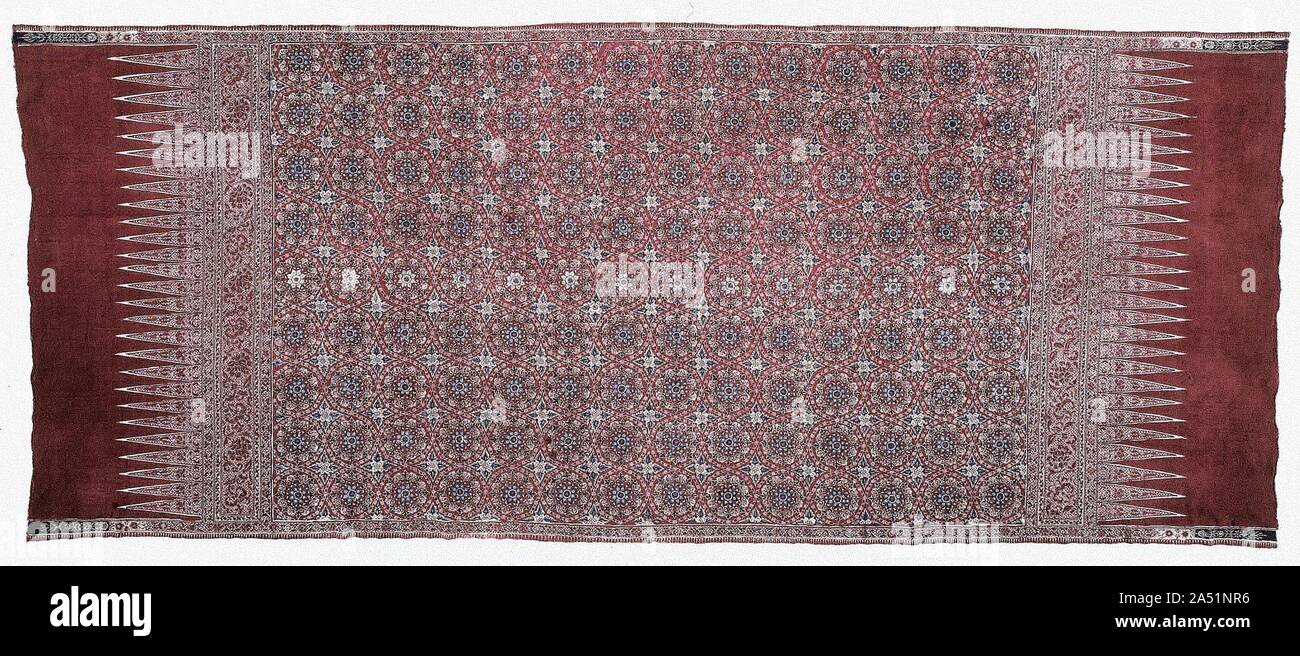 Oversize Hip Wrapper (tapis), mid-1700s. This colourful, elegantly patterned cloth was made in India for export to Indonesia in the East-West spice trade of the Dutch United East India Company. On the island of Sumatra such cloths, worn by both men and women, acquired ceremonial status, sometimes with magical and religious connotations. The pattern influenced local textile production, especially the heading at each end with triangles ( kepala ) on the deep red ground. The rich colours were a renowned hallmark of Indian cotton textiles, coveted in both Europe and the East. The Indian expertise Stock Photohttps://www.alamy.com/image-license-details/?v=1https://www.alamy.com/oversize-hip-wrapper-tapis-mid-1700s-this-colourful-elegantly-patterned-cloth-was-made-in-india-for-export-to-indonesia-in-the-east-west-spice-trade-of-the-dutch-united-east-india-company-on-the-island-of-sumatra-such-cloths-worn-by-both-men-and-women-acquired-ceremonial-status-sometimes-with-magical-and-religious-connotations-the-pattern-influenced-local-textile-production-especially-the-heading-at-each-end-with-triangles-kepala-on-the-deep-red-ground-the-rich-colours-were-a-renowned-hallmark-of-indian-cotton-textiles-coveted-in-both-europe-and-the-east-the-indian-expertise-image330109338.html
Oversize Hip Wrapper (tapis), mid-1700s. This colourful, elegantly patterned cloth was made in India for export to Indonesia in the East-West spice trade of the Dutch United East India Company. On the island of Sumatra such cloths, worn by both men and women, acquired ceremonial status, sometimes with magical and religious connotations. The pattern influenced local textile production, especially the heading at each end with triangles ( kepala ) on the deep red ground. The rich colours were a renowned hallmark of Indian cotton textiles, coveted in both Europe and the East. The Indian expertise Stock Photohttps://www.alamy.com/image-license-details/?v=1https://www.alamy.com/oversize-hip-wrapper-tapis-mid-1700s-this-colourful-elegantly-patterned-cloth-was-made-in-india-for-export-to-indonesia-in-the-east-west-spice-trade-of-the-dutch-united-east-india-company-on-the-island-of-sumatra-such-cloths-worn-by-both-men-and-women-acquired-ceremonial-status-sometimes-with-magical-and-religious-connotations-the-pattern-influenced-local-textile-production-especially-the-heading-at-each-end-with-triangles-kepala-on-the-deep-red-ground-the-rich-colours-were-a-renowned-hallmark-of-indian-cotton-textiles-coveted-in-both-europe-and-the-east-the-indian-expertise-image330109338.htmlRM2A51NR6–Oversize Hip Wrapper (tapis), mid-1700s. This colourful, elegantly patterned cloth was made in India for export to Indonesia in the East-West spice trade of the Dutch United East India Company. On the island of Sumatra such cloths, worn by both men and women, acquired ceremonial status, sometimes with magical and religious connotations. The pattern influenced local textile production, especially the heading at each end with triangles ( kepala ) on the deep red ground. The rich colours were a renowned hallmark of Indian cotton textiles, coveted in both Europe and the East. The Indian expertise
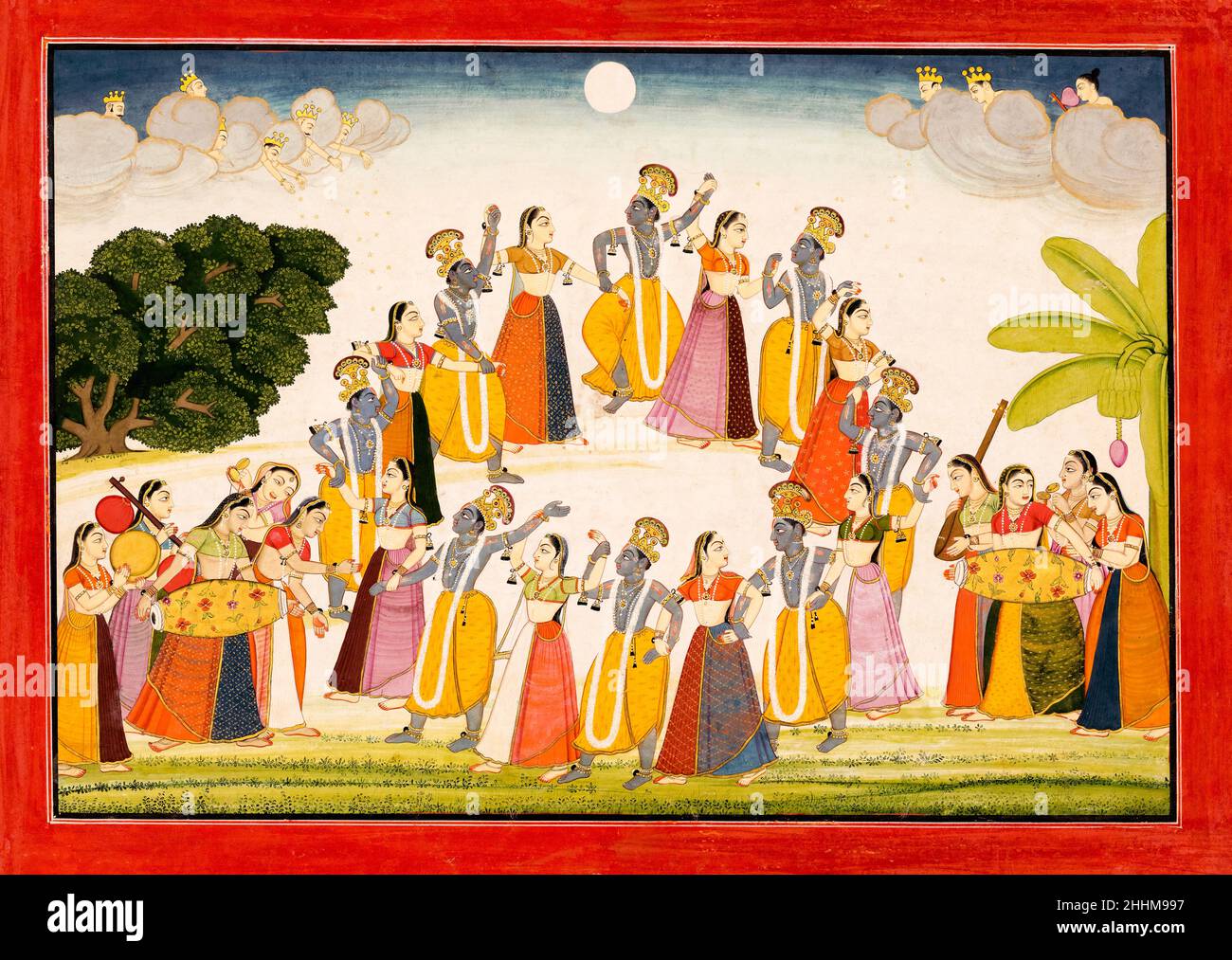 Dance of Krishna and the Gopis from 'A History of the Lord' (Bhagavata Purana), painting by unknown Indian artist, 1760-1765 Stock Photohttps://www.alamy.com/image-license-details/?v=1https://www.alamy.com/dance-of-krishna-and-the-gopis-from-a-history-of-the-lord-bhagavata-purana-painting-by-unknown-indian-artist-1760-1765-image458365075.html
Dance of Krishna and the Gopis from 'A History of the Lord' (Bhagavata Purana), painting by unknown Indian artist, 1760-1765 Stock Photohttps://www.alamy.com/image-license-details/?v=1https://www.alamy.com/dance-of-krishna-and-the-gopis-from-a-history-of-the-lord-bhagavata-purana-painting-by-unknown-indian-artist-1760-1765-image458365075.htmlRM2HHM997–Dance of Krishna and the Gopis from 'A History of the Lord' (Bhagavata Purana), painting by unknown Indian artist, 1760-1765
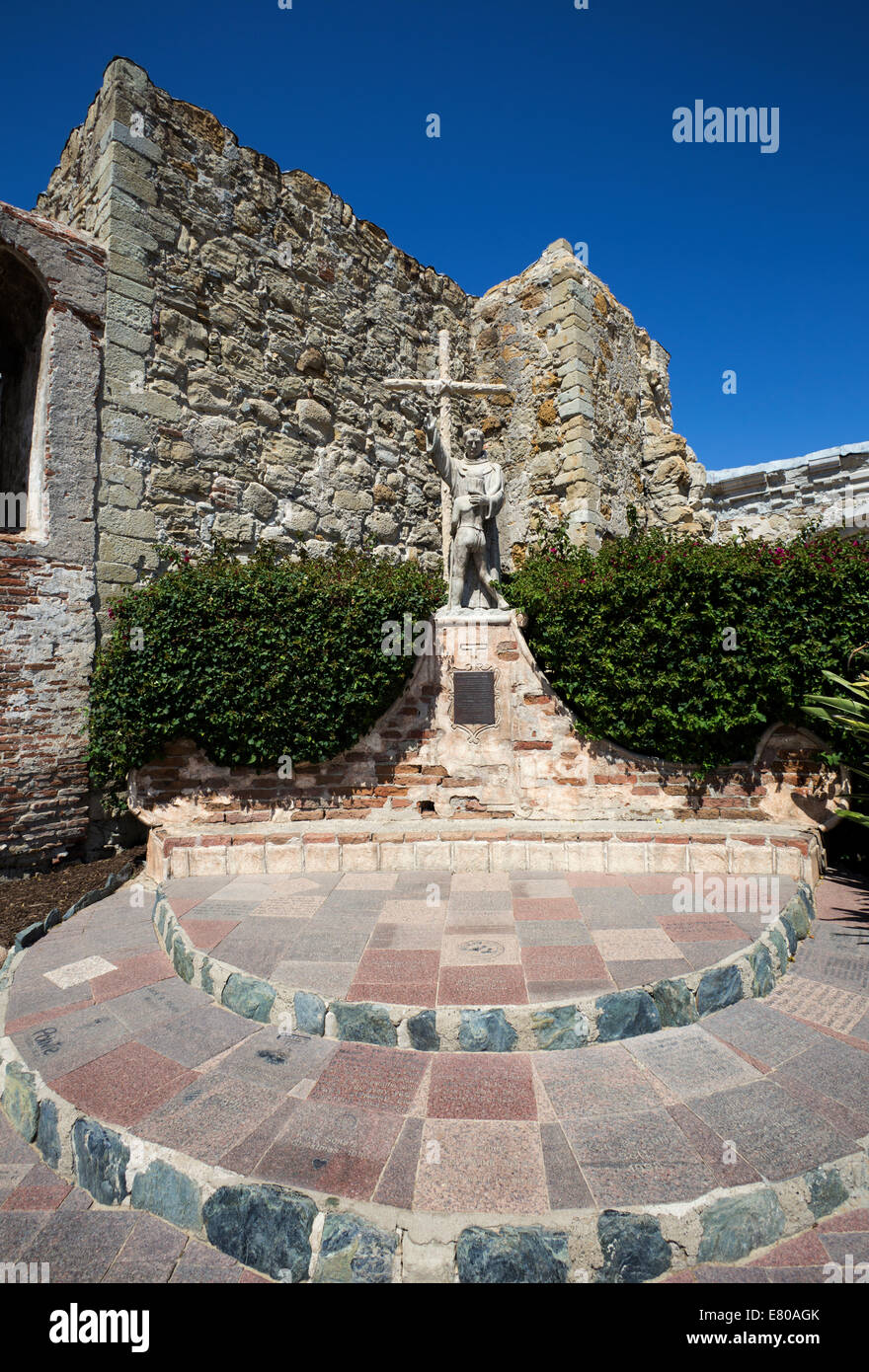 Father Junipero Serra and Indian Boy, Father Junipero Serra, Mission San Juan Capistrano, San Juan Capistrano, California Stock Photohttps://www.alamy.com/image-license-details/?v=1https://www.alamy.com/stock-photo-father-junipero-serra-and-indian-boy-father-junipero-serra-mission-73767027.html
Father Junipero Serra and Indian Boy, Father Junipero Serra, Mission San Juan Capistrano, San Juan Capistrano, California Stock Photohttps://www.alamy.com/image-license-details/?v=1https://www.alamy.com/stock-photo-father-junipero-serra-and-indian-boy-father-junipero-serra-mission-73767027.htmlRME80AGK–Father Junipero Serra and Indian Boy, Father Junipero Serra, Mission San Juan Capistrano, San Juan Capistrano, California
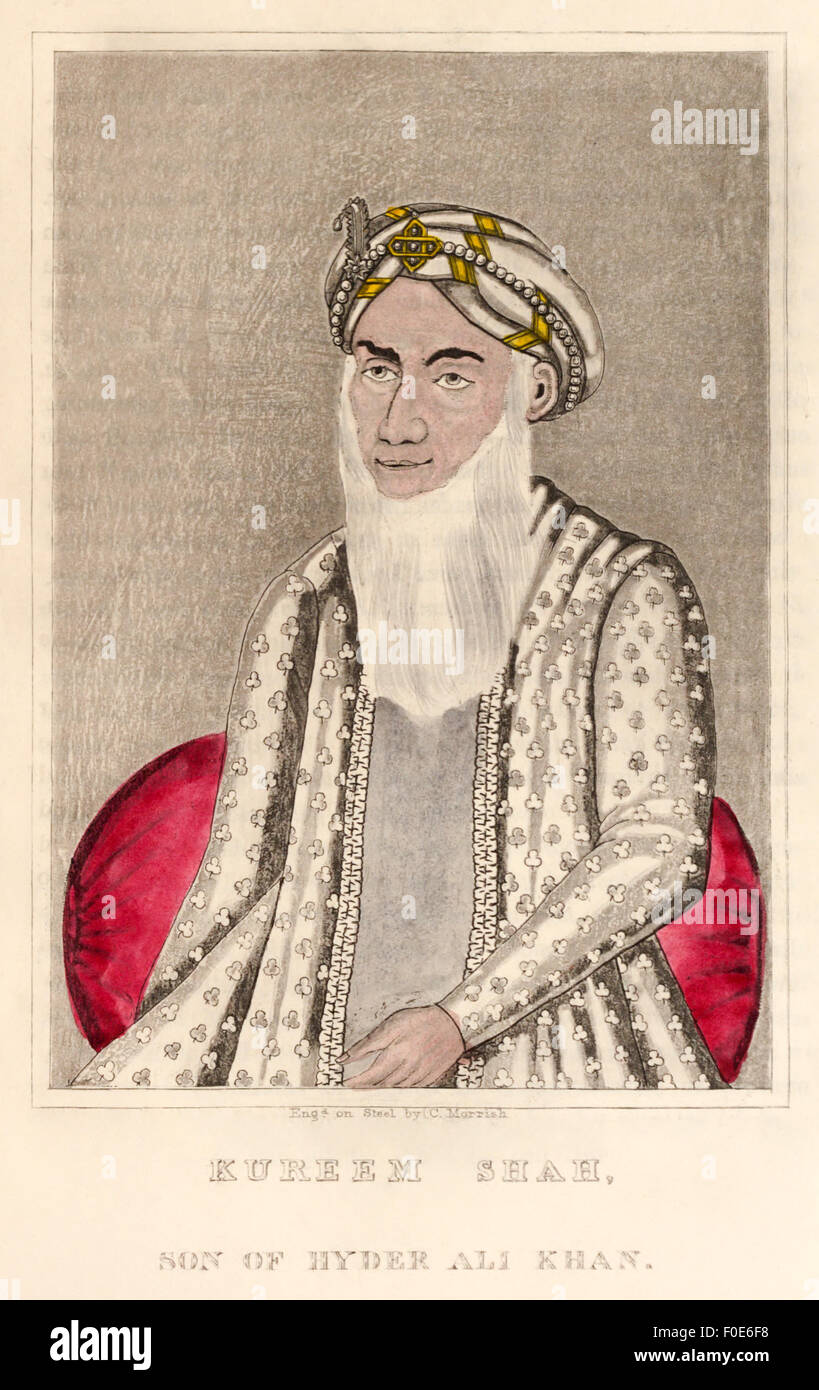 Karim Khan Sahib, son of Hyder Ali Khan (1721-1782) (see image F0E6FA) Sultan of the Kingdom of Mysore in India who fought in the Battle of Porto Novo in 1781. The British force, numbering more than 8,000 under the command of Sir Eyre Coote defeated a force estimated at 40,000 under the command of Hyder Ali. Stock Photohttps://www.alamy.com/image-license-details/?v=1https://www.alamy.com/stock-photo-karim-khan-sahib-son-of-hyder-ali-khan-1721-1782-see-image-f0e6fa-86364300.html
Karim Khan Sahib, son of Hyder Ali Khan (1721-1782) (see image F0E6FA) Sultan of the Kingdom of Mysore in India who fought in the Battle of Porto Novo in 1781. The British force, numbering more than 8,000 under the command of Sir Eyre Coote defeated a force estimated at 40,000 under the command of Hyder Ali. Stock Photohttps://www.alamy.com/image-license-details/?v=1https://www.alamy.com/stock-photo-karim-khan-sahib-son-of-hyder-ali-khan-1721-1782-see-image-f0e6fa-86364300.htmlRMF0E6F8–Karim Khan Sahib, son of Hyder Ali Khan (1721-1782) (see image F0E6FA) Sultan of the Kingdom of Mysore in India who fought in the Battle of Porto Novo in 1781. The British force, numbering more than 8,000 under the command of Sir Eyre Coote defeated a force estimated at 40,000 under the command of Hyder Ali.
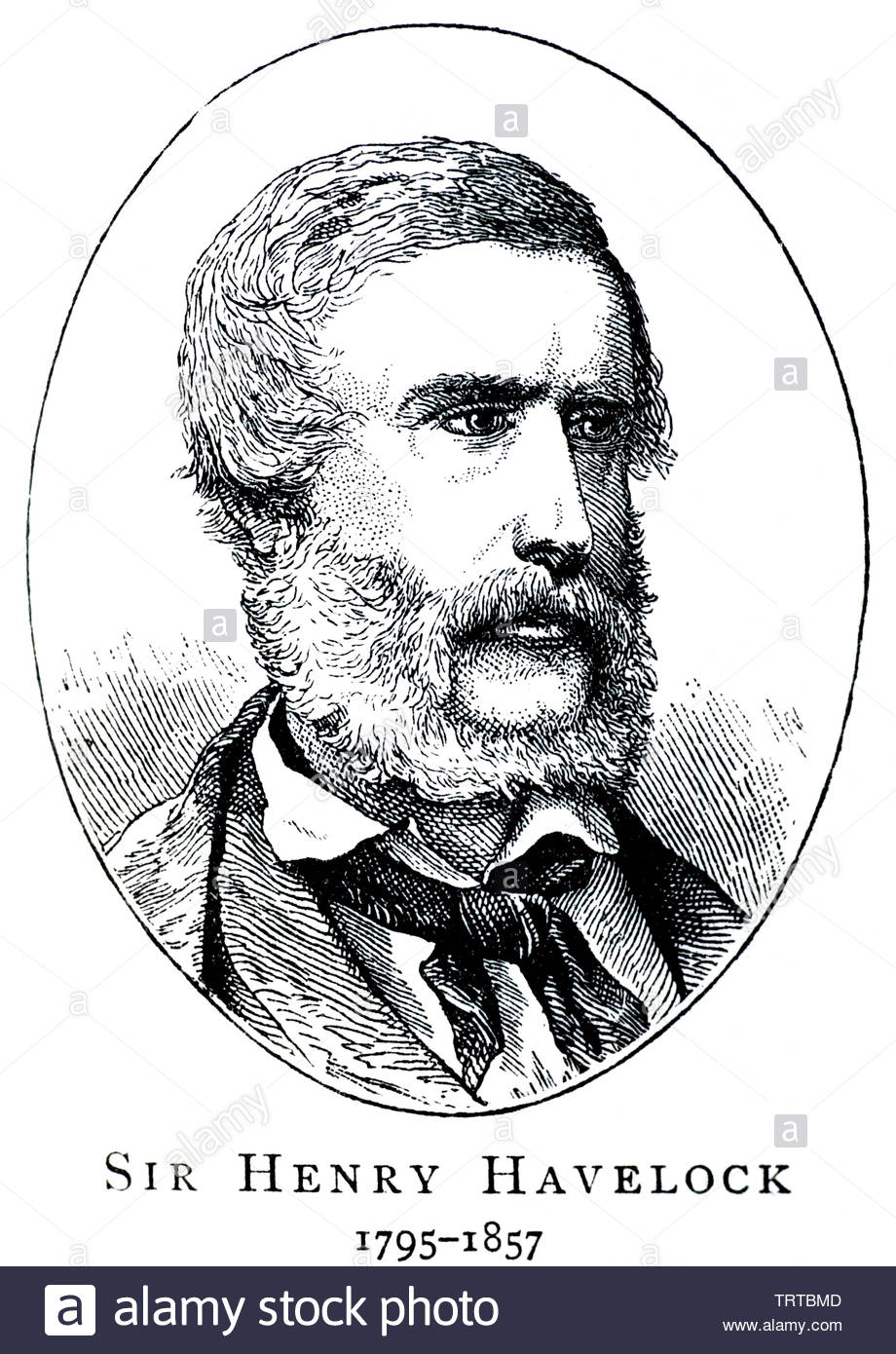 Sir Henry Havelock portrait, 1795 – 1857, was a British army general who is associated with India during the Indian Rebellion of 1857 Stock Photohttps://www.alamy.com/image-license-details/?v=1https://www.alamy.com/sir-henry-havelock-portrait-1795-1857-was-a-british-army-general-who-is-associated-with-india-during-the-indian-rebellion-of-1857-image255618285.html
Sir Henry Havelock portrait, 1795 – 1857, was a British army general who is associated with India during the Indian Rebellion of 1857 Stock Photohttps://www.alamy.com/image-license-details/?v=1https://www.alamy.com/sir-henry-havelock-portrait-1795-1857-was-a-british-army-general-who-is-associated-with-india-during-the-indian-rebellion-of-1857-image255618285.htmlRMTRTBMD–Sir Henry Havelock portrait, 1795 – 1857, was a British army general who is associated with India during the Indian Rebellion of 1857
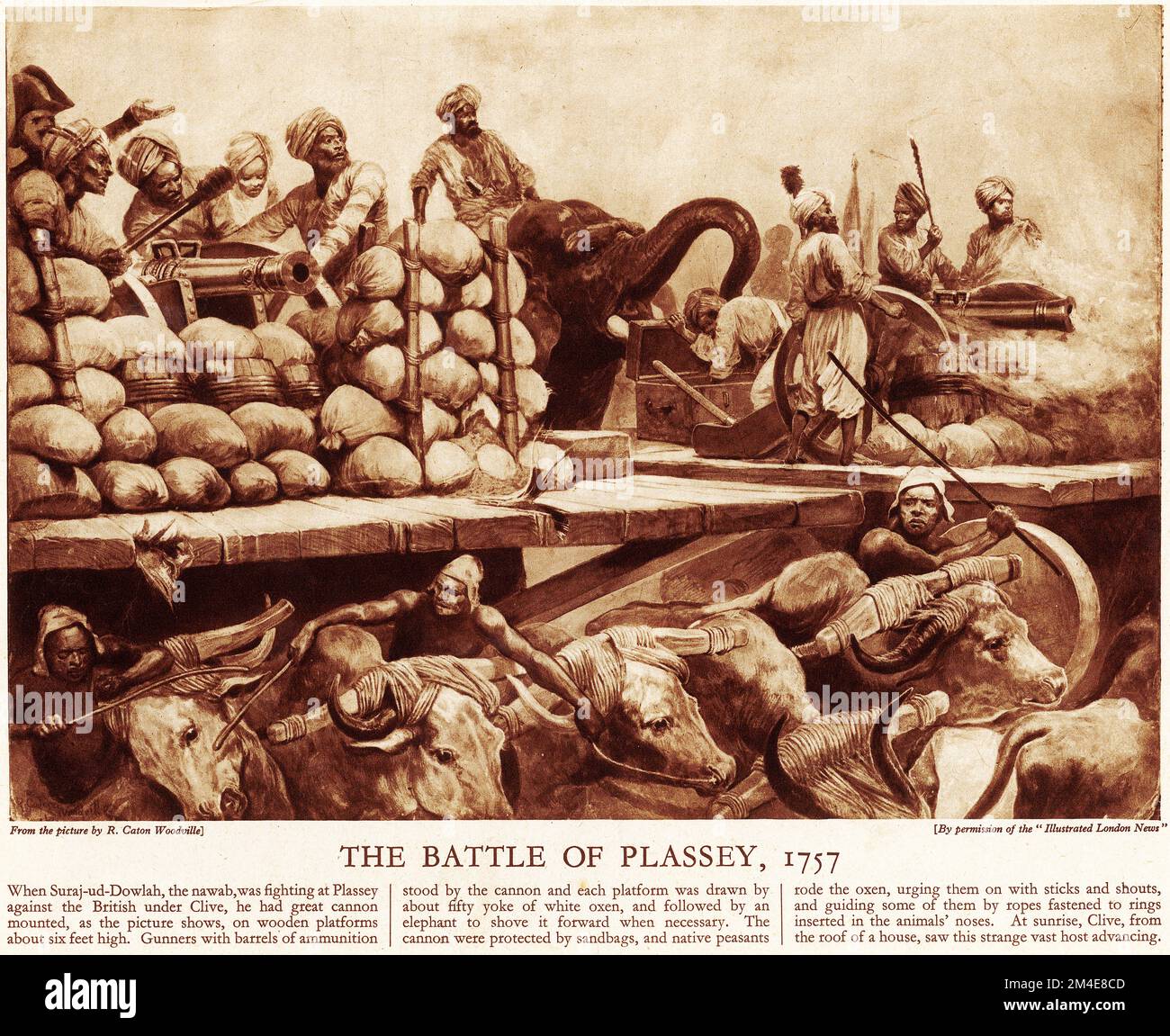 Halftone of Indians preparing their cannons for the Battle of Plassey on 23 June 1757, , from an educational publication, 1927. The battle ended as a decisive victory of the British East India Company under the leadership of Robert Clive. over the Nawab of Bengal and his French allies. Stock Photohttps://www.alamy.com/image-license-details/?v=1https://www.alamy.com/halftone-of-indians-preparing-their-cannons-for-the-battle-of-plassey-on-23-june-1757-from-an-educational-publication-1927-the-battle-ended-as-a-decisive-victory-of-the-british-east-india-company-under-the-leadership-of-robert-clive-over-the-nawab-of-bengal-and-his-french-allies-image501873245.html
Halftone of Indians preparing their cannons for the Battle of Plassey on 23 June 1757, , from an educational publication, 1927. The battle ended as a decisive victory of the British East India Company under the leadership of Robert Clive. over the Nawab of Bengal and his French allies. Stock Photohttps://www.alamy.com/image-license-details/?v=1https://www.alamy.com/halftone-of-indians-preparing-their-cannons-for-the-battle-of-plassey-on-23-june-1757-from-an-educational-publication-1927-the-battle-ended-as-a-decisive-victory-of-the-british-east-india-company-under-the-leadership-of-robert-clive-over-the-nawab-of-bengal-and-his-french-allies-image501873245.htmlRM2M4E8CD–Halftone of Indians preparing their cannons for the Battle of Plassey on 23 June 1757, , from an educational publication, 1927. The battle ended as a decisive victory of the British East India Company under the leadership of Robert Clive. over the Nawab of Bengal and his French allies.
 Engraved portrait of Cunne Shote, Conocotocko II (Standing Turkey), an Indian chief of the Cherokee Nation, 1760. From the New York Public Library. () Stock Photohttps://www.alamy.com/image-license-details/?v=1https://www.alamy.com/engraved-portrait-of-cunne-shote-conocotocko-ii-standing-turkey-an-indian-chief-of-the-cherokee-nation-1760-from-the-new-york-public-library-image245238161.html
Engraved portrait of Cunne Shote, Conocotocko II (Standing Turkey), an Indian chief of the Cherokee Nation, 1760. From the New York Public Library. () Stock Photohttps://www.alamy.com/image-license-details/?v=1https://www.alamy.com/engraved-portrait-of-cunne-shote-conocotocko-ii-standing-turkey-an-indian-chief-of-the-cherokee-nation-1760-from-the-new-york-public-library-image245238161.htmlRMT6YFNN–Engraved portrait of Cunne Shote, Conocotocko II (Standing Turkey), an Indian chief of the Cherokee Nation, 1760. From the New York Public Library. ()
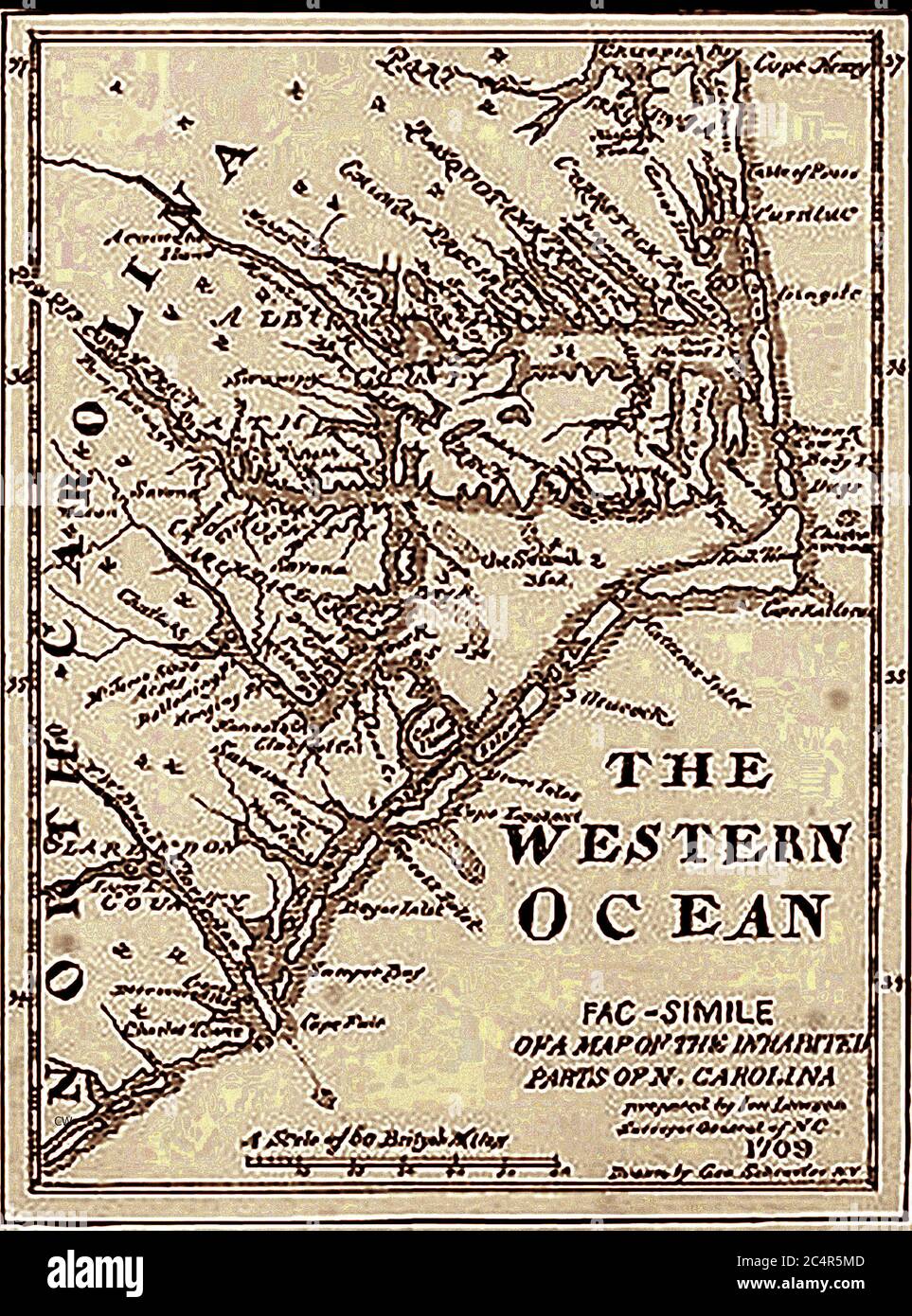 A 1709 Map of the inhabited parts of North Carolina, USA. From the late 1600's, settlement in North Carolina went from Virginian migration, first into the Albemarle region, then into the Pamlico district. The sparsely settled province formed a capital at Edenton but saw years of conflict with the native Indian population who were finally decimated. Stock Photohttps://www.alamy.com/image-license-details/?v=1https://www.alamy.com/a-1709-map-of-the-inhabited-parts-of-north-carolina-usa-from-the-late-1600s-settlement-in-north-carolina-went-from-virginian-migration-first-into-the-albemarle-region-then-into-the-pamlico-district-the-sparsely-settled-province-formed-a-capital-at-edenton-but-saw-years-of-conflict-with-the-native-indian-population-who-were-finally-decimated-image364385741.html
A 1709 Map of the inhabited parts of North Carolina, USA. From the late 1600's, settlement in North Carolina went from Virginian migration, first into the Albemarle region, then into the Pamlico district. The sparsely settled province formed a capital at Edenton but saw years of conflict with the native Indian population who were finally decimated. Stock Photohttps://www.alamy.com/image-license-details/?v=1https://www.alamy.com/a-1709-map-of-the-inhabited-parts-of-north-carolina-usa-from-the-late-1600s-settlement-in-north-carolina-went-from-virginian-migration-first-into-the-albemarle-region-then-into-the-pamlico-district-the-sparsely-settled-province-formed-a-capital-at-edenton-but-saw-years-of-conflict-with-the-native-indian-population-who-were-finally-decimated-image364385741.htmlRM2C4R5MD–A 1709 Map of the inhabited parts of North Carolina, USA. From the late 1600's, settlement in North Carolina went from Virginian migration, first into the Albemarle region, then into the Pamlico district. The sparsely settled province formed a capital at Edenton but saw years of conflict with the native Indian population who were finally decimated.
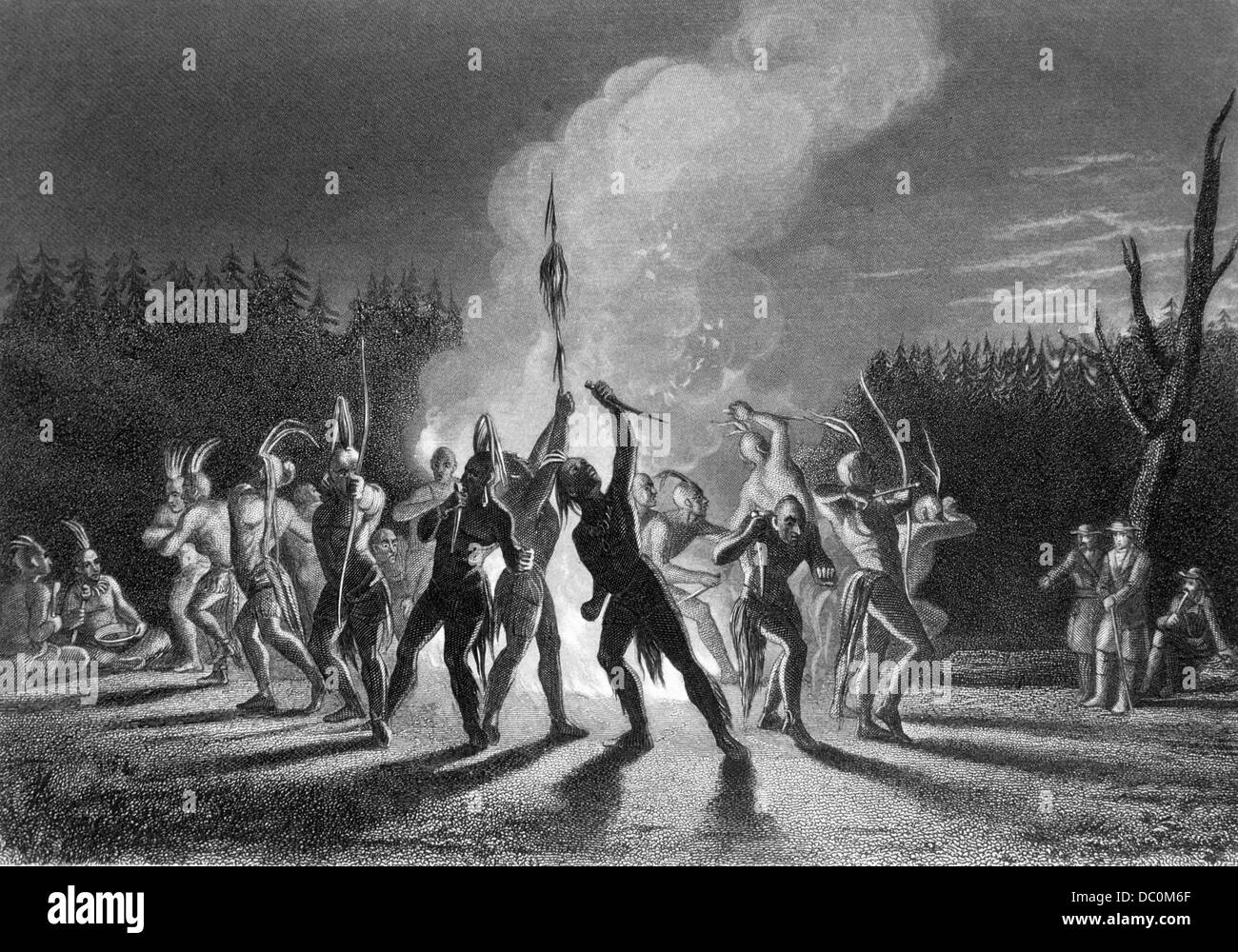 1700s 1748 SURVEYOR GEORGE WASHINGTON & THOMAS FAIRFAX WATCH AN INDIAN WAR DANCE Stock Photohttps://www.alamy.com/image-license-details/?v=1https://www.alamy.com/stock-photo-1700s-1748-surveyor-george-washington-thomas-fairfax-watch-an-indian-59022839.html
1700s 1748 SURVEYOR GEORGE WASHINGTON & THOMAS FAIRFAX WATCH AN INDIAN WAR DANCE Stock Photohttps://www.alamy.com/image-license-details/?v=1https://www.alamy.com/stock-photo-1700s-1748-surveyor-george-washington-thomas-fairfax-watch-an-indian-59022839.htmlRMDC0M6F–1700s 1748 SURVEYOR GEORGE WASHINGTON & THOMAS FAIRFAX WATCH AN INDIAN WAR DANCE
 Fort Loudon French and Indian War reenactment. Stock Photohttps://www.alamy.com/image-license-details/?v=1https://www.alamy.com/stock-photo-fort-loudon-french-and-indian-war-reenactment-26735170.html
Fort Loudon French and Indian War reenactment. Stock Photohttps://www.alamy.com/image-license-details/?v=1https://www.alamy.com/stock-photo-fort-loudon-french-and-indian-war-reenactment-26735170.htmlRMBFDTYE–Fort Loudon French and Indian War reenactment.
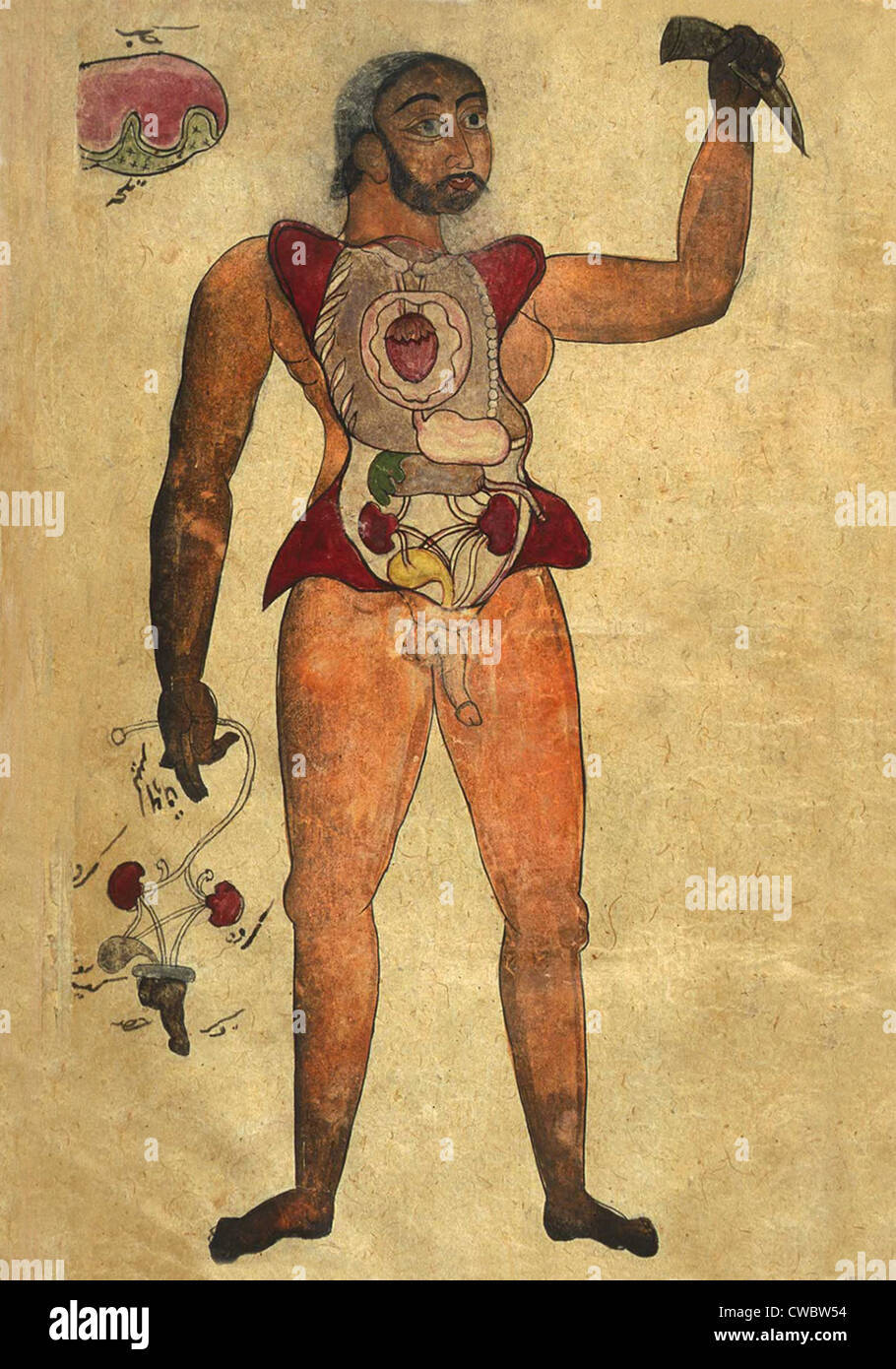 Anatomical illustration of a male figure with his abdomen and chest opened to reveal the internal organs. His right hand holds Stock Photohttps://www.alamy.com/image-license-details/?v=1https://www.alamy.com/stock-photo-anatomical-illustration-of-a-male-figure-with-his-abdomen-and-chest-50048352.html
Anatomical illustration of a male figure with his abdomen and chest opened to reveal the internal organs. His right hand holds Stock Photohttps://www.alamy.com/image-license-details/?v=1https://www.alamy.com/stock-photo-anatomical-illustration-of-a-male-figure-with-his-abdomen-and-chest-50048352.htmlRMCWBW54–Anatomical illustration of a male figure with his abdomen and chest opened to reveal the internal organs. His right hand holds
 Jama Masjid, Masjid i Jehan Numa, Delhi, India, Asia, old vintage 1800s lithograph Stock Photohttps://www.alamy.com/image-license-details/?v=1https://www.alamy.com/jama-masjid-masjid-i-jehan-numa-delhi-india-asia-old-vintage-1800s-lithograph-image227777077.html
Jama Masjid, Masjid i Jehan Numa, Delhi, India, Asia, old vintage 1800s lithograph Stock Photohttps://www.alamy.com/image-license-details/?v=1https://www.alamy.com/jama-masjid-masjid-i-jehan-numa-delhi-india-asia-old-vintage-1800s-lithograph-image227777077.htmlRMR6G3YH–Jama Masjid, Masjid i Jehan Numa, Delhi, India, Asia, old vintage 1800s lithograph
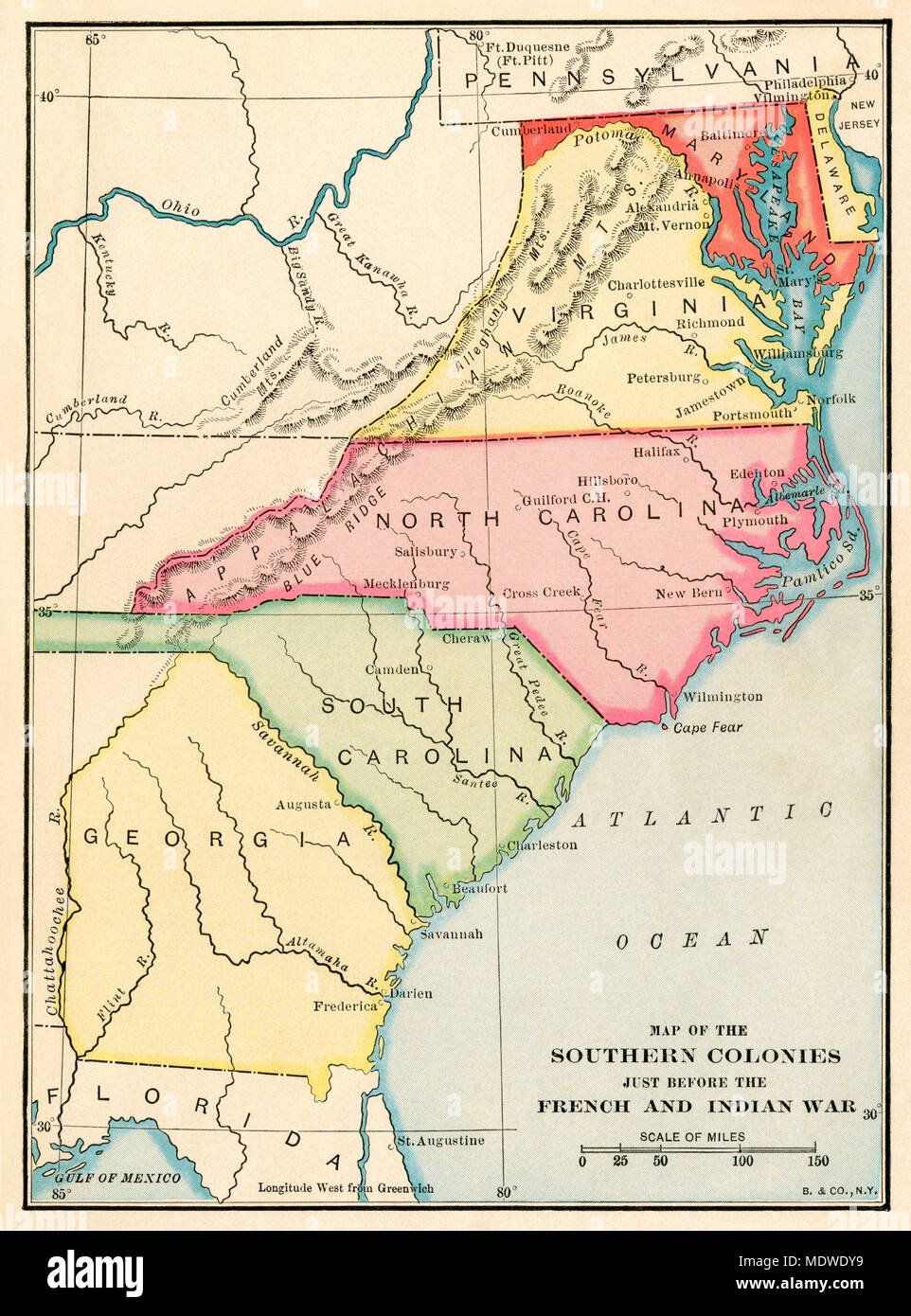 Southern colonies just before the French and Indian War. Printed color lithograph Stock Photohttps://www.alamy.com/image-license-details/?v=1https://www.alamy.com/southern-colonies-just-before-the-french-and-indian-war-printed-color-lithograph-image180653965.html
Southern colonies just before the French and Indian War. Printed color lithograph Stock Photohttps://www.alamy.com/image-license-details/?v=1https://www.alamy.com/southern-colonies-just-before-the-french-and-indian-war-printed-color-lithograph-image180653965.htmlRMMDWDY9–Southern colonies just before the French and Indian War. Printed color lithograph
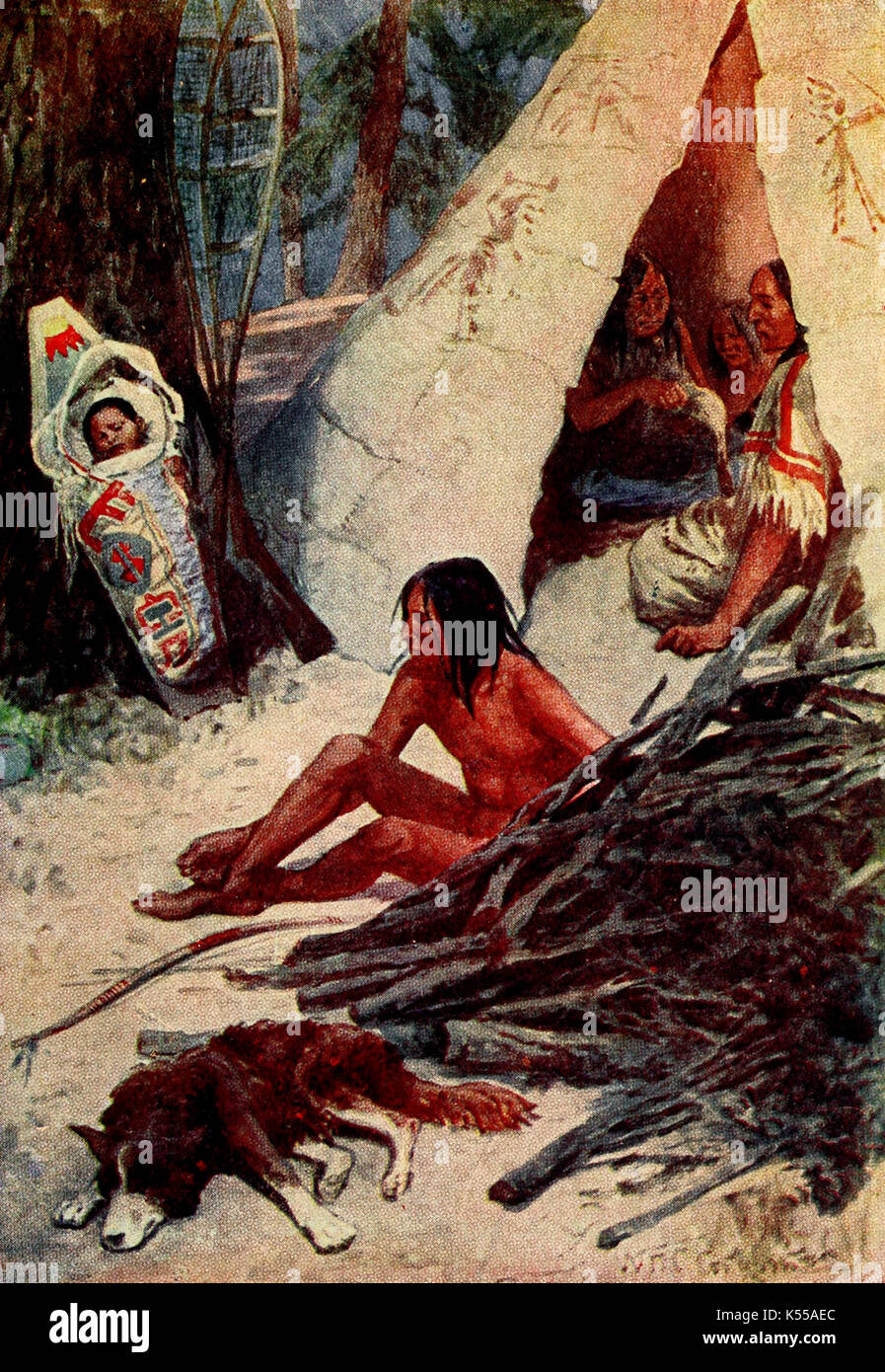 A Native American Family, circa 1700 Stock Photohttps://www.alamy.com/image-license-details/?v=1https://www.alamy.com/a-native-american-family-circa-1700-image158084596.html
A Native American Family, circa 1700 Stock Photohttps://www.alamy.com/image-license-details/?v=1https://www.alamy.com/a-native-american-family-circa-1700-image158084596.htmlRMK55AEC–A Native American Family, circa 1700
 Jewelled Dagger and Scabbard, Steel, jade, gold, rubies, diamonds, emeralds, wood, velvet, silk, metal thrreads, India, 18th century Stock Photohttps://www.alamy.com/image-license-details/?v=1https://www.alamy.com/jewelled-dagger-and-scabbard-steel-jade-gold-rubies-diamonds-emeralds-wood-velvet-silk-metal-thrreads-india-18th-century-image356164333.html
Jewelled Dagger and Scabbard, Steel, jade, gold, rubies, diamonds, emeralds, wood, velvet, silk, metal thrreads, India, 18th century Stock Photohttps://www.alamy.com/image-license-details/?v=1https://www.alamy.com/jewelled-dagger-and-scabbard-steel-jade-gold-rubies-diamonds-emeralds-wood-velvet-silk-metal-thrreads-india-18th-century-image356164333.htmlRM2BKCK6N–Jewelled Dagger and Scabbard, Steel, jade, gold, rubies, diamonds, emeralds, wood, velvet, silk, metal thrreads, India, 18th century
 Flowering Marigold, c. 1765. Style of Hunhar II (Indian, active mid-1700s). Opaque watercolor with gold on paper, narrow border of gold foliate meander (verso); page: 33.1 x 24.9 cm (13 1/16 x 9 13/16 in Stock Photohttps://www.alamy.com/image-license-details/?v=1https://www.alamy.com/flowering-marigold-c-1765-style-of-hunhar-ii-indian-active-mid-1700s-opaque-watercolor-with-gold-on-paper-narrow-border-of-gold-foliate-meander-verso-page-331-x-249-cm-13-116-x-9-1316-in-image240505950.html
Flowering Marigold, c. 1765. Style of Hunhar II (Indian, active mid-1700s). Opaque watercolor with gold on paper, narrow border of gold foliate meander (verso); page: 33.1 x 24.9 cm (13 1/16 x 9 13/16 in Stock Photohttps://www.alamy.com/image-license-details/?v=1https://www.alamy.com/flowering-marigold-c-1765-style-of-hunhar-ii-indian-active-mid-1700s-opaque-watercolor-with-gold-on-paper-narrow-border-of-gold-foliate-meander-verso-page-331-x-249-cm-13-116-x-9-1316-in-image240505950.htmlRMRY7YP6–Flowering Marigold, c. 1765. Style of Hunhar II (Indian, active mid-1700s). Opaque watercolor with gold on paper, narrow border of gold foliate meander (verso); page: 33.1 x 24.9 cm (13 1/16 x 9 13/16 in
 Indian paradise flycatcher, 18th century illustration Stock Photohttps://www.alamy.com/image-license-details/?v=1https://www.alamy.com/indian-paradise-flycatcher-18th-century-illustration-image448149704.html
Indian paradise flycatcher, 18th century illustration Stock Photohttps://www.alamy.com/image-license-details/?v=1https://www.alamy.com/indian-paradise-flycatcher-18th-century-illustration-image448149704.htmlRF2H12YEG–Indian paradise flycatcher, 18th century illustration
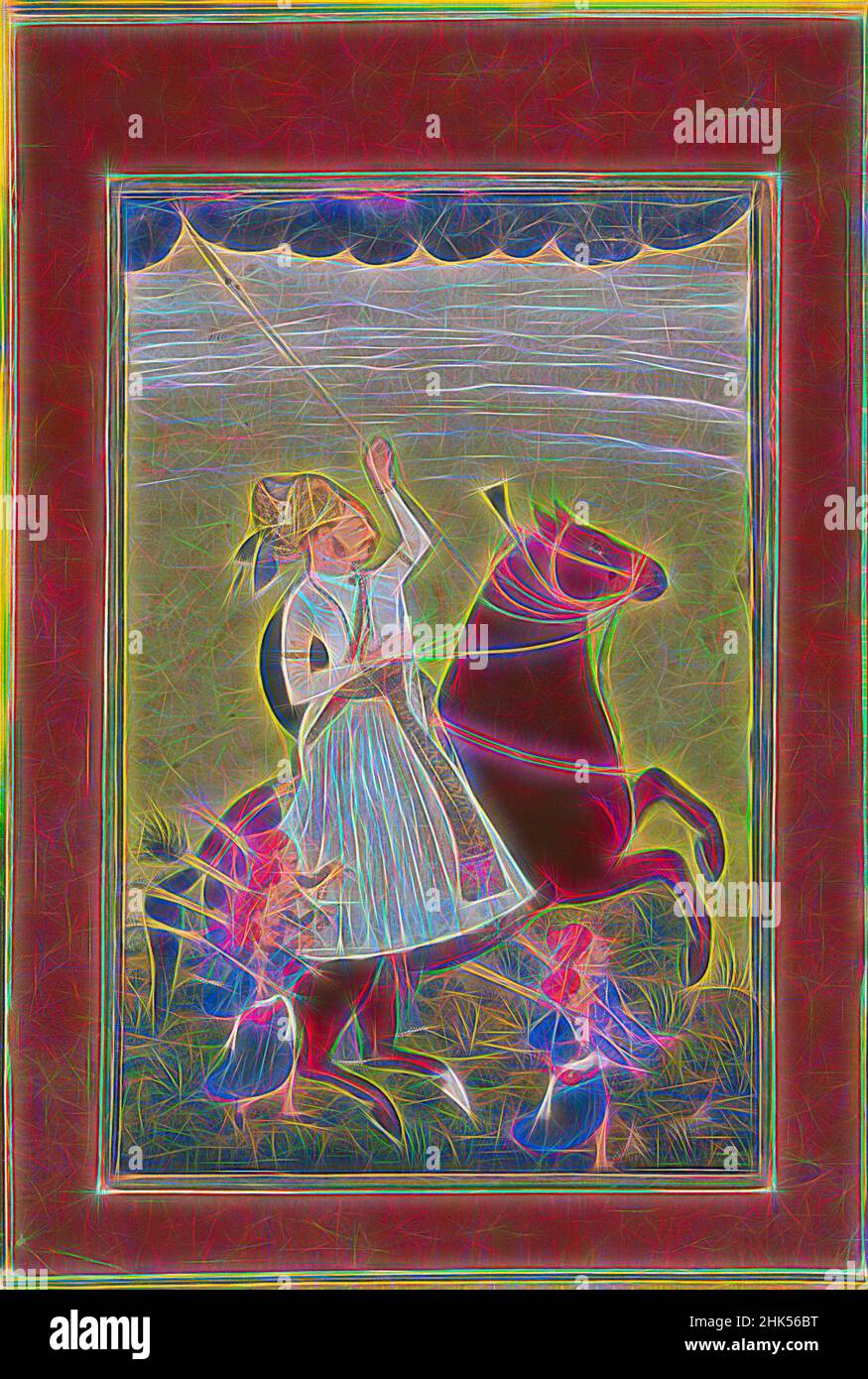 Inspired by Portrait of Thakur Sangram Singh, Ustad Ahmad, son of Ahmad Ali, Opaque watercolor, gold, and silver on paper, Bikaner, Rajasthan, India, ca. 1740-1750, sheet: 12 1/4 x 8 5/16 in., 31.1 x 21.1 cm, 1700s, 18th century, Ahmad, Bikaner, equestrian, flat, gold, Guns, horse, indian, Opaque, Reimagined by Artotop. Classic art reinvented with a modern twist. Design of warm cheerful glowing of brightness and light ray radiance. Photography inspired by surrealism and futurism, embracing dynamic energy of modern technology, movement, speed and revolutionize culture Stock Photohttps://www.alamy.com/image-license-details/?v=1https://www.alamy.com/inspired-by-portrait-of-thakur-sangram-singh-ustad-ahmad-son-of-ahmad-ali-opaque-watercolor-gold-and-silver-on-paper-bikaner-rajasthan-india-ca-1740-1750-sheet-12-14-x-8-516-in-311-x-211-cm-1700s-18th-century-ahmad-bikaner-equestrian-flat-gold-guns-horse-indian-opaque-reimagined-by-artotop-classic-art-reinvented-with-a-modern-twist-design-of-warm-cheerful-glowing-of-brightness-and-light-ray-radiance-photography-inspired-by-surrealism-and-futurism-embracing-dynamic-energy-of-modern-technology-movement-speed-and-revolutionize-culture-image459262828.html
Inspired by Portrait of Thakur Sangram Singh, Ustad Ahmad, son of Ahmad Ali, Opaque watercolor, gold, and silver on paper, Bikaner, Rajasthan, India, ca. 1740-1750, sheet: 12 1/4 x 8 5/16 in., 31.1 x 21.1 cm, 1700s, 18th century, Ahmad, Bikaner, equestrian, flat, gold, Guns, horse, indian, Opaque, Reimagined by Artotop. Classic art reinvented with a modern twist. Design of warm cheerful glowing of brightness and light ray radiance. Photography inspired by surrealism and futurism, embracing dynamic energy of modern technology, movement, speed and revolutionize culture Stock Photohttps://www.alamy.com/image-license-details/?v=1https://www.alamy.com/inspired-by-portrait-of-thakur-sangram-singh-ustad-ahmad-son-of-ahmad-ali-opaque-watercolor-gold-and-silver-on-paper-bikaner-rajasthan-india-ca-1740-1750-sheet-12-14-x-8-516-in-311-x-211-cm-1700s-18th-century-ahmad-bikaner-equestrian-flat-gold-guns-horse-indian-opaque-reimagined-by-artotop-classic-art-reinvented-with-a-modern-twist-design-of-warm-cheerful-glowing-of-brightness-and-light-ray-radiance-photography-inspired-by-surrealism-and-futurism-embracing-dynamic-energy-of-modern-technology-movement-speed-and-revolutionize-culture-image459262828.htmlRF2HK56BT–Inspired by Portrait of Thakur Sangram Singh, Ustad Ahmad, son of Ahmad Ali, Opaque watercolor, gold, and silver on paper, Bikaner, Rajasthan, India, ca. 1740-1750, sheet: 12 1/4 x 8 5/16 in., 31.1 x 21.1 cm, 1700s, 18th century, Ahmad, Bikaner, equestrian, flat, gold, Guns, horse, indian, Opaque, Reimagined by Artotop. Classic art reinvented with a modern twist. Design of warm cheerful glowing of brightness and light ray radiance. Photography inspired by surrealism and futurism, embracing dynamic energy of modern technology, movement, speed and revolutionize culture
 The early 1900s caption reads: “TIPPOO SAIB LEADING HIS TROOPS TO THE DEFENCE OF SERINGAPATAM.—Tippoo Saib was the native prince who fought most stubbornly against the English conquest of India. For twenty years they had, trouble with him, and finally his capital city, Seringapatam, was stormed and lie was slain. We see him here marshalling his devoted troops, leading their feeble spears to hopeless sacrifice against the British muskets.” Tipu Sultan (died 1799), commonly referred to as Sher-e-Mysore or 'Tiger of Mysore', was the Indian Muslim ruler of the Kingdom of Mysore based in South Indi Stock Photohttps://www.alamy.com/image-license-details/?v=1https://www.alamy.com/the-early-1900s-caption-reads-tippoo-saib-leading-his-troops-to-the-defence-of-seringapatamtippoo-saib-was-the-native-prince-who-fought-most-stubbornly-against-the-english-conquest-of-india-for-twenty-years-they-had-trouble-with-him-and-finally-his-capital-city-seringapatam-was-stormed-and-lie-was-slain-we-see-him-here-marshalling-his-devoted-troops-leading-their-feeble-spears-to-hopeless-sacrifice-against-the-british-muskets-tipu-sultan-died-1799-commonly-referred-to-as-sher-e-mysore-or-tiger-of-mysore-was-the-indian-muslim-ruler-of-the-kingdom-of-mysore-based-in-south-indi-image598440690.html
The early 1900s caption reads: “TIPPOO SAIB LEADING HIS TROOPS TO THE DEFENCE OF SERINGAPATAM.—Tippoo Saib was the native prince who fought most stubbornly against the English conquest of India. For twenty years they had, trouble with him, and finally his capital city, Seringapatam, was stormed and lie was slain. We see him here marshalling his devoted troops, leading their feeble spears to hopeless sacrifice against the British muskets.” Tipu Sultan (died 1799), commonly referred to as Sher-e-Mysore or 'Tiger of Mysore', was the Indian Muslim ruler of the Kingdom of Mysore based in South Indi Stock Photohttps://www.alamy.com/image-license-details/?v=1https://www.alamy.com/the-early-1900s-caption-reads-tippoo-saib-leading-his-troops-to-the-defence-of-seringapatamtippoo-saib-was-the-native-prince-who-fought-most-stubbornly-against-the-english-conquest-of-india-for-twenty-years-they-had-trouble-with-him-and-finally-his-capital-city-seringapatam-was-stormed-and-lie-was-slain-we-see-him-here-marshalling-his-devoted-troops-leading-their-feeble-spears-to-hopeless-sacrifice-against-the-british-muskets-tipu-sultan-died-1799-commonly-referred-to-as-sher-e-mysore-or-tiger-of-mysore-was-the-indian-muslim-ruler-of-the-kingdom-of-mysore-based-in-south-indi-image598440690.htmlRF2WNH95P–The early 1900s caption reads: “TIPPOO SAIB LEADING HIS TROOPS TO THE DEFENCE OF SERINGAPATAM.—Tippoo Saib was the native prince who fought most stubbornly against the English conquest of India. For twenty years they had, trouble with him, and finally his capital city, Seringapatam, was stormed and lie was slain. We see him here marshalling his devoted troops, leading their feeble spears to hopeless sacrifice against the British muskets.” Tipu Sultan (died 1799), commonly referred to as Sher-e-Mysore or 'Tiger of Mysore', was the Indian Muslim ruler of the Kingdom of Mysore based in South Indi
 Shiva and His Followers Approach Mount Kailash, from a Romance of Chandrabhanu and Lavanyavati of Upendra Bhanja (Indian, died 1740), 1700s. At left is a multicoloured mountain, labeled by an inscription in the local language of Oriya as a "cave on Kailash," the Himalayan abode of the god Shiva and his wife Parvati. The cave with its bed and bolsters is empty, but the god is returning home on his bull, Nandi. The wilderness is indicated by the variety of trees, birds, and spotted deer. This illustrated leaf is from a book that would have been stacked and bound by a string through t Stock Photohttps://www.alamy.com/image-license-details/?v=1https://www.alamy.com/shiva-and-his-followers-approach-mount-kailash-from-a-romance-of-chandrabhanu-and-lavanyavati-of-upendra-bhanja-indian-died-1740-1700s-at-left-is-a-multicoloured-mountain-labeled-by-an-inscription-in-the-local-language-of-oriya-as-a-quotcave-on-kailashquot-the-himalayan-abode-of-the-god-shiva-and-his-wife-parvati-the-cave-with-its-bed-and-bolsters-is-empty-but-the-god-is-returning-home-on-his-bull-nandi-the-wilderness-is-indicated-by-the-variety-of-trees-birds-and-spotted-deer-this-illustrated-leaf-is-from-a-book-that-would-have-been-stacked-and-bound-by-a-string-through-t-image330118405.html
Shiva and His Followers Approach Mount Kailash, from a Romance of Chandrabhanu and Lavanyavati of Upendra Bhanja (Indian, died 1740), 1700s. At left is a multicoloured mountain, labeled by an inscription in the local language of Oriya as a "cave on Kailash," the Himalayan abode of the god Shiva and his wife Parvati. The cave with its bed and bolsters is empty, but the god is returning home on his bull, Nandi. The wilderness is indicated by the variety of trees, birds, and spotted deer. This illustrated leaf is from a book that would have been stacked and bound by a string through t Stock Photohttps://www.alamy.com/image-license-details/?v=1https://www.alamy.com/shiva-and-his-followers-approach-mount-kailash-from-a-romance-of-chandrabhanu-and-lavanyavati-of-upendra-bhanja-indian-died-1740-1700s-at-left-is-a-multicoloured-mountain-labeled-by-an-inscription-in-the-local-language-of-oriya-as-a-quotcave-on-kailashquot-the-himalayan-abode-of-the-god-shiva-and-his-wife-parvati-the-cave-with-its-bed-and-bolsters-is-empty-but-the-god-is-returning-home-on-his-bull-nandi-the-wilderness-is-indicated-by-the-variety-of-trees-birds-and-spotted-deer-this-illustrated-leaf-is-from-a-book-that-would-have-been-stacked-and-bound-by-a-string-through-t-image330118405.htmlRM2A525B1–Shiva and His Followers Approach Mount Kailash, from a Romance of Chandrabhanu and Lavanyavati of Upendra Bhanja (Indian, died 1740), 1700s. At left is a multicoloured mountain, labeled by an inscription in the local language of Oriya as a "cave on Kailash," the Himalayan abode of the god Shiva and his wife Parvati. The cave with its bed and bolsters is empty, but the god is returning home on his bull, Nandi. The wilderness is indicated by the variety of trees, birds, and spotted deer. This illustrated leaf is from a book that would have been stacked and bound by a string through t
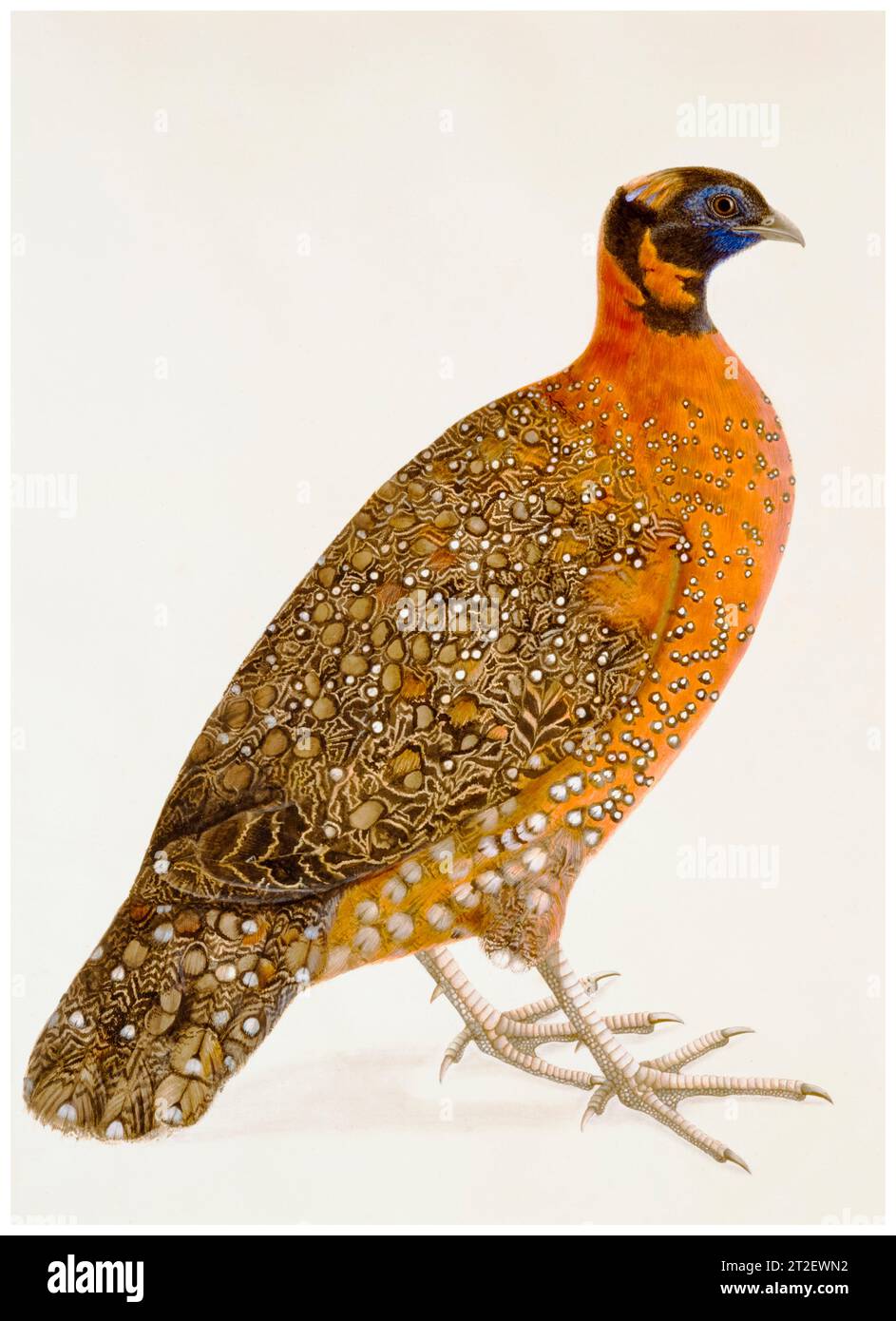 Crimson Horned Pheasant (Satyr Tragapan), Indian watercolour painting circa 1775 Stock Photohttps://www.alamy.com/image-license-details/?v=1https://www.alamy.com/crimson-horned-pheasant-satyr-tragapan-indian-watercolour-painting-circa-1775-image569498974.html
Crimson Horned Pheasant (Satyr Tragapan), Indian watercolour painting circa 1775 Stock Photohttps://www.alamy.com/image-license-details/?v=1https://www.alamy.com/crimson-horned-pheasant-satyr-tragapan-indian-watercolour-painting-circa-1775-image569498974.htmlRM2T2EWN2–Crimson Horned Pheasant (Satyr Tragapan), Indian watercolour painting circa 1775
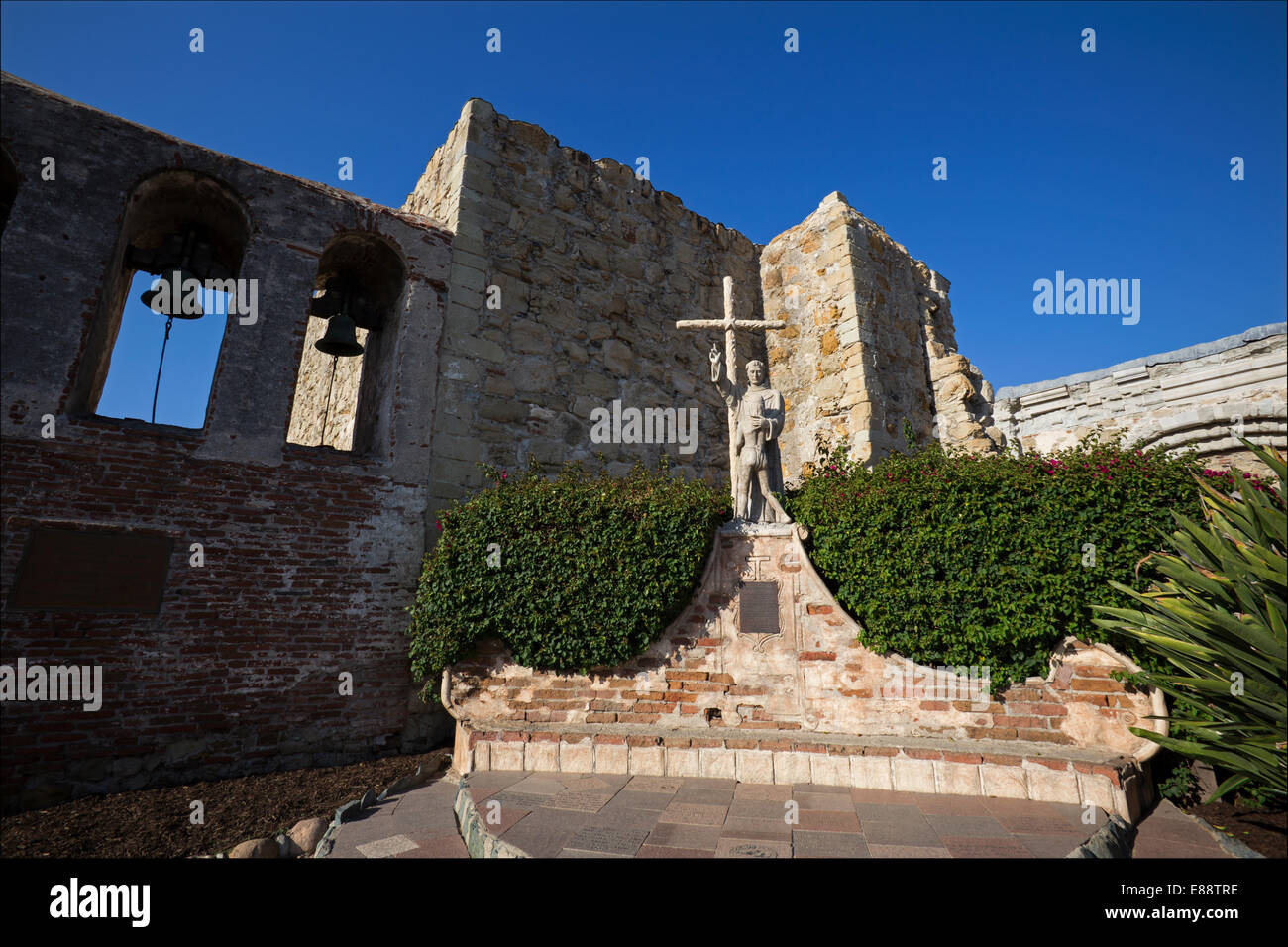 Father Junipero Serra and Indian Boy, Father Junipero Serra, Mission San Juan Capistrano, San Juan Capistrano, California Stock Photohttps://www.alamy.com/image-license-details/?v=1https://www.alamy.com/stock-photo-father-junipero-serra-and-indian-boy-father-junipero-serra-mission-73953810.html
Father Junipero Serra and Indian Boy, Father Junipero Serra, Mission San Juan Capistrano, San Juan Capistrano, California Stock Photohttps://www.alamy.com/image-license-details/?v=1https://www.alamy.com/stock-photo-father-junipero-serra-and-indian-boy-father-junipero-serra-mission-73953810.htmlRME88TRE–Father Junipero Serra and Indian Boy, Father Junipero Serra, Mission San Juan Capistrano, San Juan Capistrano, California
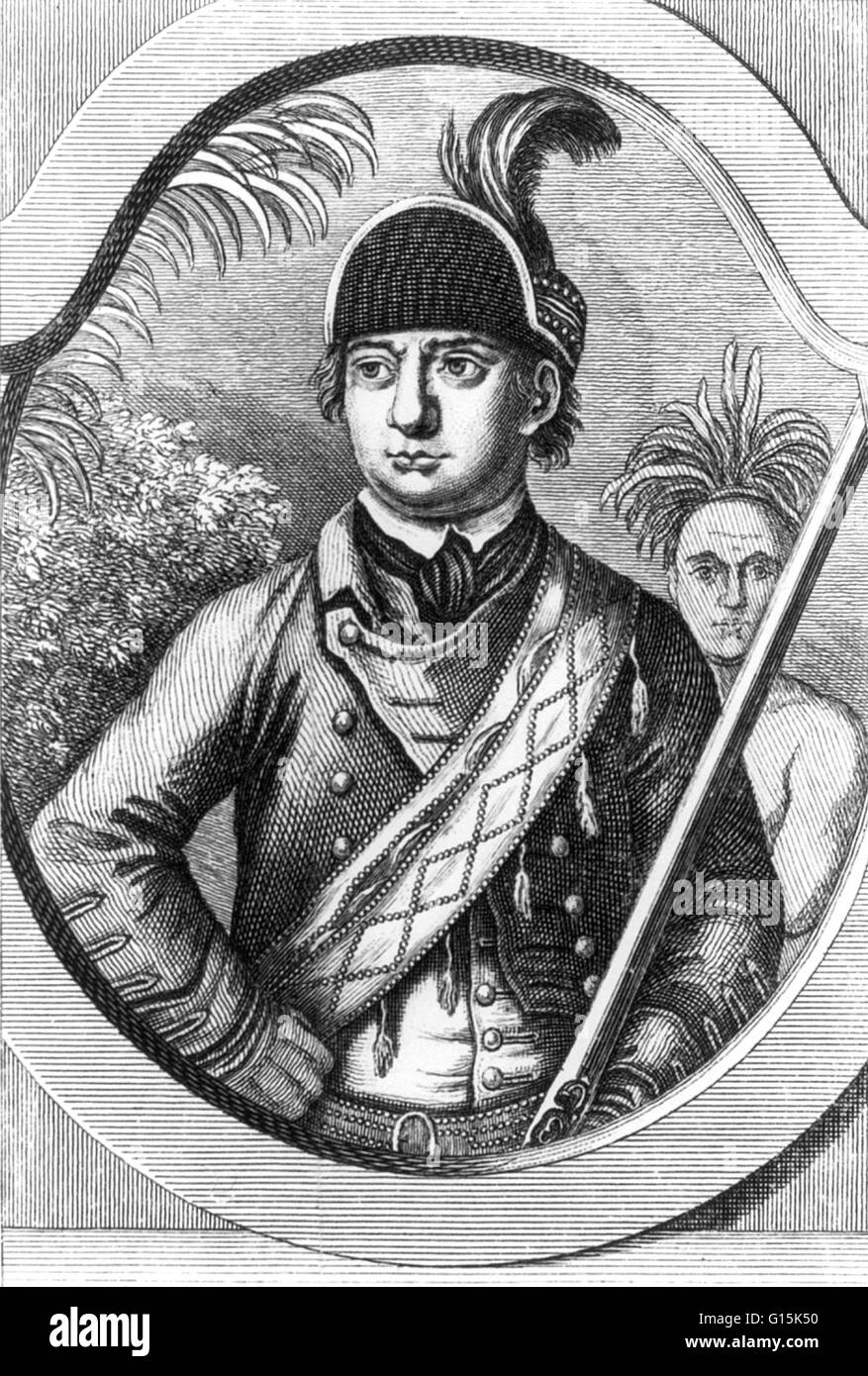 Portrait of Robert Rogers (1731-1795), a colonial frontiersman who served in the French and Indian war and the American Revolutionary War. During the former he raised and commanded a colonial militia known as Rogers' Rangers. Stock Photohttps://www.alamy.com/image-license-details/?v=1https://www.alamy.com/stock-photo-portrait-of-robert-rogers-1731-1795-a-colonial-frontiersman-who-served-104001660.html
Portrait of Robert Rogers (1731-1795), a colonial frontiersman who served in the French and Indian war and the American Revolutionary War. During the former he raised and commanded a colonial militia known as Rogers' Rangers. Stock Photohttps://www.alamy.com/image-license-details/?v=1https://www.alamy.com/stock-photo-portrait-of-robert-rogers-1731-1795-a-colonial-frontiersman-who-served-104001660.htmlRMG15K50–Portrait of Robert Rogers (1731-1795), a colonial frontiersman who served in the French and Indian war and the American Revolutionary War. During the former he raised and commanded a colonial militia known as Rogers' Rangers.
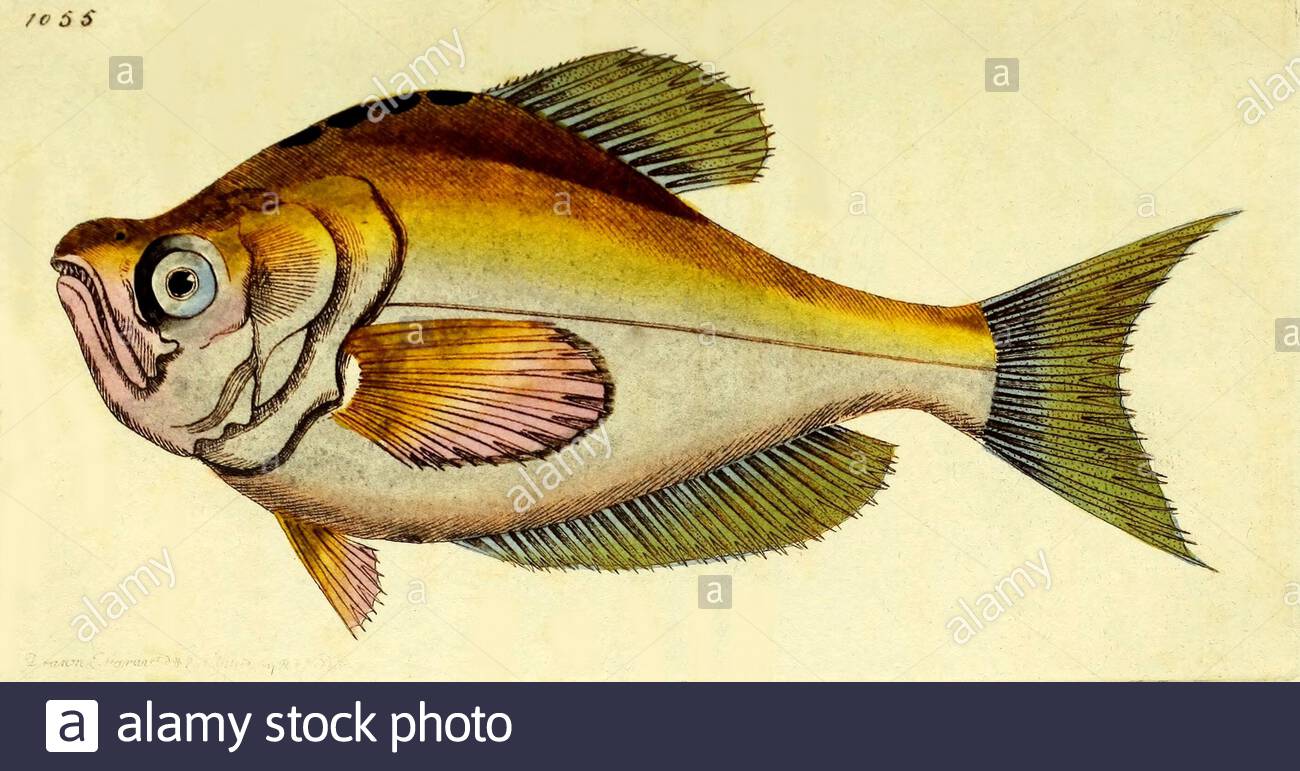 Indian humphead (Kurtus indicus), vintage illustration published in The Naturalist's Miscellany from 1789 Stock Photohttps://www.alamy.com/image-license-details/?v=1https://www.alamy.com/indian-humphead-kurtus-indicus-vintage-illustration-published-in-the-naturalists-miscellany-from-1789-image395583490.html
Indian humphead (Kurtus indicus), vintage illustration published in The Naturalist's Miscellany from 1789 Stock Photohttps://www.alamy.com/image-license-details/?v=1https://www.alamy.com/indian-humphead-kurtus-indicus-vintage-illustration-published-in-the-naturalists-miscellany-from-1789-image395583490.htmlRM2DYGANP–Indian humphead (Kurtus indicus), vintage illustration published in The Naturalist's Miscellany from 1789
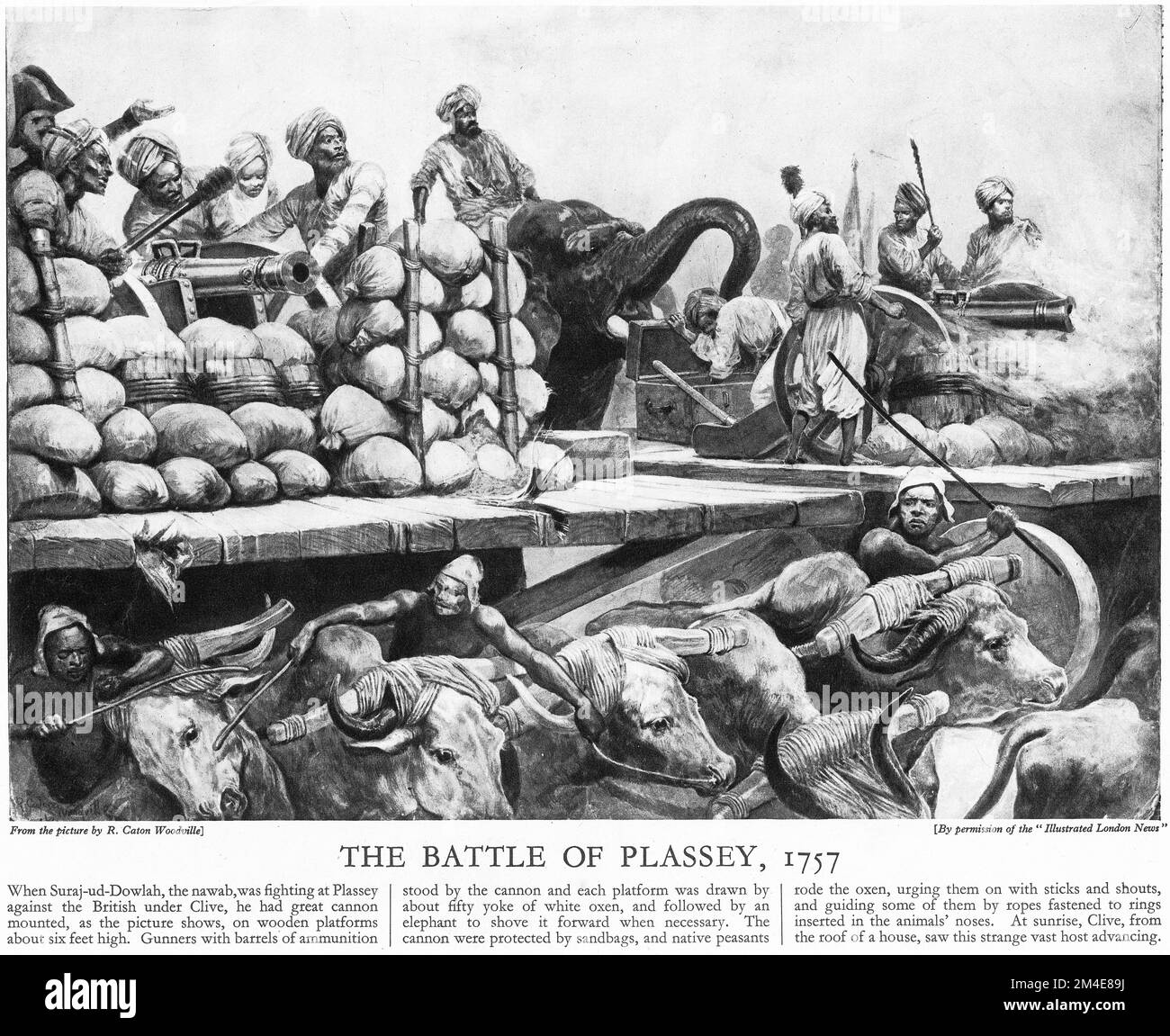 Halftone of Indians preparing their cannons for the Battle of Plassey on 23 June 1757, , from an educational publication, 1927. The battle ended as a decisive victory of the British East India Company under the leadership of Robert Clive. over the Nawab of Bengal and his French allies. Stock Photohttps://www.alamy.com/image-license-details/?v=1https://www.alamy.com/halftone-of-indians-preparing-their-cannons-for-the-battle-of-plassey-on-23-june-1757-from-an-educational-publication-1927-the-battle-ended-as-a-decisive-victory-of-the-british-east-india-company-under-the-leadership-of-robert-clive-over-the-nawab-of-bengal-and-his-french-allies-image501873166.html
Halftone of Indians preparing their cannons for the Battle of Plassey on 23 June 1757, , from an educational publication, 1927. The battle ended as a decisive victory of the British East India Company under the leadership of Robert Clive. over the Nawab of Bengal and his French allies. Stock Photohttps://www.alamy.com/image-license-details/?v=1https://www.alamy.com/halftone-of-indians-preparing-their-cannons-for-the-battle-of-plassey-on-23-june-1757-from-an-educational-publication-1927-the-battle-ended-as-a-decisive-victory-of-the-british-east-india-company-under-the-leadership-of-robert-clive-over-the-nawab-of-bengal-and-his-french-allies-image501873166.htmlRM2M4E89J–Halftone of Indians preparing their cannons for the Battle of Plassey on 23 June 1757, , from an educational publication, 1927. The battle ended as a decisive victory of the British East India Company under the leadership of Robert Clive. over the Nawab of Bengal and his French allies.
 Engraved portrait of Peter Schuyler, a colonel during the French and Indian Wars, an American farmer from New Barbadoes Neck, New Jersey, 1750. From the New York Public Library. () Stock Photohttps://www.alamy.com/image-license-details/?v=1https://www.alamy.com/engraved-portrait-of-peter-schuyler-a-colonel-during-the-french-and-indian-wars-an-american-farmer-from-new-barbadoes-neck-new-jersey-1750-from-the-new-york-public-library-image245062753.html
Engraved portrait of Peter Schuyler, a colonel during the French and Indian Wars, an American farmer from New Barbadoes Neck, New Jersey, 1750. From the New York Public Library. () Stock Photohttps://www.alamy.com/image-license-details/?v=1https://www.alamy.com/engraved-portrait-of-peter-schuyler-a-colonel-during-the-french-and-indian-wars-an-american-farmer-from-new-barbadoes-neck-new-jersey-1750-from-the-new-york-public-library-image245062753.htmlRMT6KG15–Engraved portrait of Peter Schuyler, a colonel during the French and Indian Wars, an American farmer from New Barbadoes Neck, New Jersey, 1750. From the New York Public Library. ()
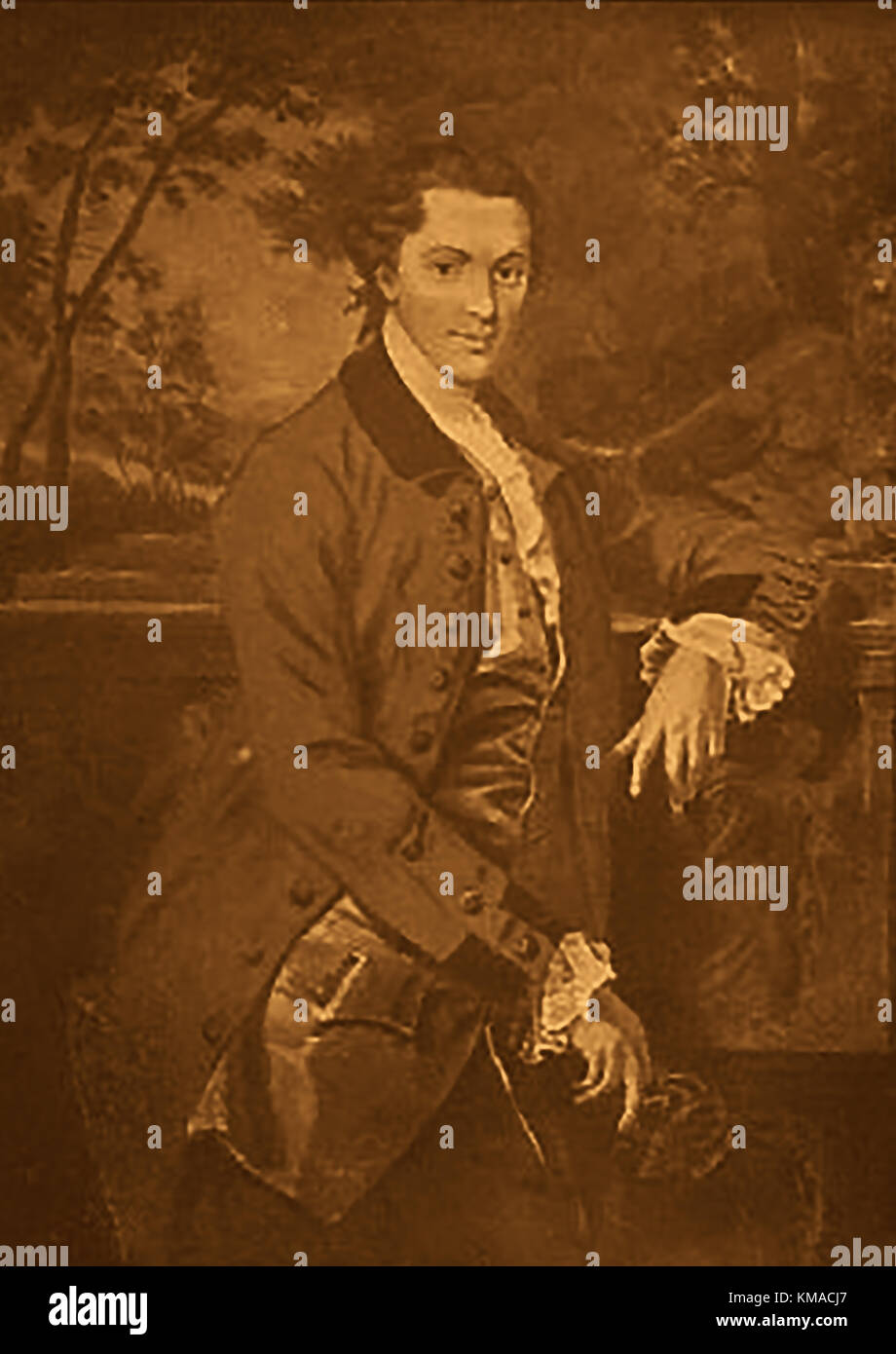 Portrait of Edmund Rolfe of Heacham (1738-1817) High Sheriff of Norfolk 1769 - Lived Heacham Hall, Norfolk, England - Stock Photohttps://www.alamy.com/image-license-details/?v=1https://www.alamy.com/stock-image-portrait-of-edmund-rolfe-of-heacham-1738-1817-high-sheriff-of-norfolk-167415871.html
Portrait of Edmund Rolfe of Heacham (1738-1817) High Sheriff of Norfolk 1769 - Lived Heacham Hall, Norfolk, England - Stock Photohttps://www.alamy.com/image-license-details/?v=1https://www.alamy.com/stock-image-portrait-of-edmund-rolfe-of-heacham-1738-1817-high-sheriff-of-norfolk-167415871.htmlRMKMACJ7–Portrait of Edmund Rolfe of Heacham (1738-1817) High Sheriff of Norfolk 1769 - Lived Heacham Hall, Norfolk, England -
 1700s 1793 GEORGE WASHINGTON SILVER INDIAN PEACE MEDAL REVERSE SIDE SHOWING WASHINGTON AND NATIVE AMERICAN WITH PEACE PIPE - kh13409 NAW001 HARS COMMEMORATIVE STILL LIFE CLOSE-UP REVOLUTIONARY WAR GEORGE WASHINGTON NATIVE AMERICAN MEDAL NATIVE AMERICANS STATESMAN 1700s 1793 FOUNDING FATHER INDIGENOUS OLD FASHIONED VIRGINIAN Stock Photohttps://www.alamy.com/image-license-details/?v=1https://www.alamy.com/1700s-1793-george-washington-silver-indian-peace-medal-reverse-side-showing-washington-and-native-american-with-peace-pipe-kh13409-naw001-hars-commemorative-still-life-close-up-revolutionary-war-george-washington-native-american-medal-native-americans-statesman-1700s-1793-founding-father-indigenous-old-fashioned-virginian-image384627233.html
1700s 1793 GEORGE WASHINGTON SILVER INDIAN PEACE MEDAL REVERSE SIDE SHOWING WASHINGTON AND NATIVE AMERICAN WITH PEACE PIPE - kh13409 NAW001 HARS COMMEMORATIVE STILL LIFE CLOSE-UP REVOLUTIONARY WAR GEORGE WASHINGTON NATIVE AMERICAN MEDAL NATIVE AMERICANS STATESMAN 1700s 1793 FOUNDING FATHER INDIGENOUS OLD FASHIONED VIRGINIAN Stock Photohttps://www.alamy.com/image-license-details/?v=1https://www.alamy.com/1700s-1793-george-washington-silver-indian-peace-medal-reverse-side-showing-washington-and-native-american-with-peace-pipe-kh13409-naw001-hars-commemorative-still-life-close-up-revolutionary-war-george-washington-native-american-medal-native-americans-statesman-1700s-1793-founding-father-indigenous-old-fashioned-virginian-image384627233.htmlRM2D9N7XW–1700s 1793 GEORGE WASHINGTON SILVER INDIAN PEACE MEDAL REVERSE SIDE SHOWING WASHINGTON AND NATIVE AMERICAN WITH PEACE PIPE - kh13409 NAW001 HARS COMMEMORATIVE STILL LIFE CLOSE-UP REVOLUTIONARY WAR GEORGE WASHINGTON NATIVE AMERICAN MEDAL NATIVE AMERICANS STATESMAN 1700s 1793 FOUNDING FATHER INDIGENOUS OLD FASHIONED VIRGINIAN
 Fort Loudon French and Indian War reenactment. Stock Photohttps://www.alamy.com/image-license-details/?v=1https://www.alamy.com/stock-photo-fort-loudon-french-and-indian-war-reenactment-26735081.html
Fort Loudon French and Indian War reenactment. Stock Photohttps://www.alamy.com/image-license-details/?v=1https://www.alamy.com/stock-photo-fort-loudon-french-and-indian-war-reenactment-26735081.htmlRMBFDTT9–Fort Loudon French and Indian War reenactment.
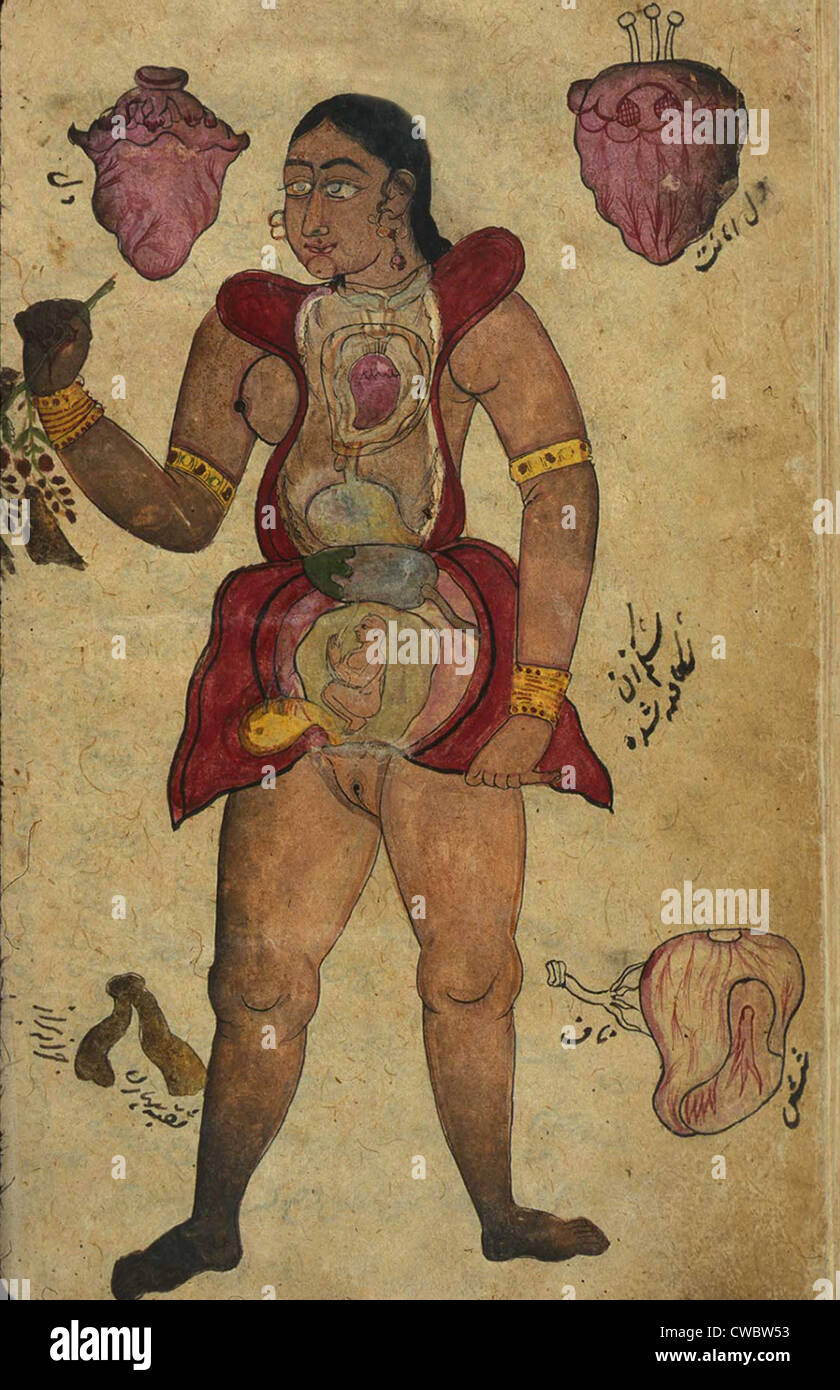 Anatomical illustration of a pregnant female figure with her abdomen and chest opened to reveal the internal organs and a fetus Stock Photohttps://www.alamy.com/image-license-details/?v=1https://www.alamy.com/stock-photo-anatomical-illustration-of-a-pregnant-female-figure-with-her-abdomen-50048351.html
Anatomical illustration of a pregnant female figure with her abdomen and chest opened to reveal the internal organs and a fetus Stock Photohttps://www.alamy.com/image-license-details/?v=1https://www.alamy.com/stock-photo-anatomical-illustration-of-a-pregnant-female-figure-with-her-abdomen-50048351.htmlRMCWBW53–Anatomical illustration of a pregnant female figure with her abdomen and chest opened to reveal the internal organs and a fetus
 Vintage 1700s lithograph of Cambay, Khambhat, Anand, Gujarat, India, Asia, 1772, Indian vintage Stock Photohttps://www.alamy.com/image-license-details/?v=1https://www.alamy.com/stock-photo-vintage-1700s-lithograph-of-cambay-khambhat-anand-gujarat-india-asia-140753376.html
Vintage 1700s lithograph of Cambay, Khambhat, Anand, Gujarat, India, Asia, 1772, Indian vintage Stock Photohttps://www.alamy.com/image-license-details/?v=1https://www.alamy.com/stock-photo-vintage-1700s-lithograph-of-cambay-khambhat-anand-gujarat-india-asia-140753376.htmlRMJ4YTA8–Vintage 1700s lithograph of Cambay, Khambhat, Anand, Gujarat, India, Asia, 1772, Indian vintage
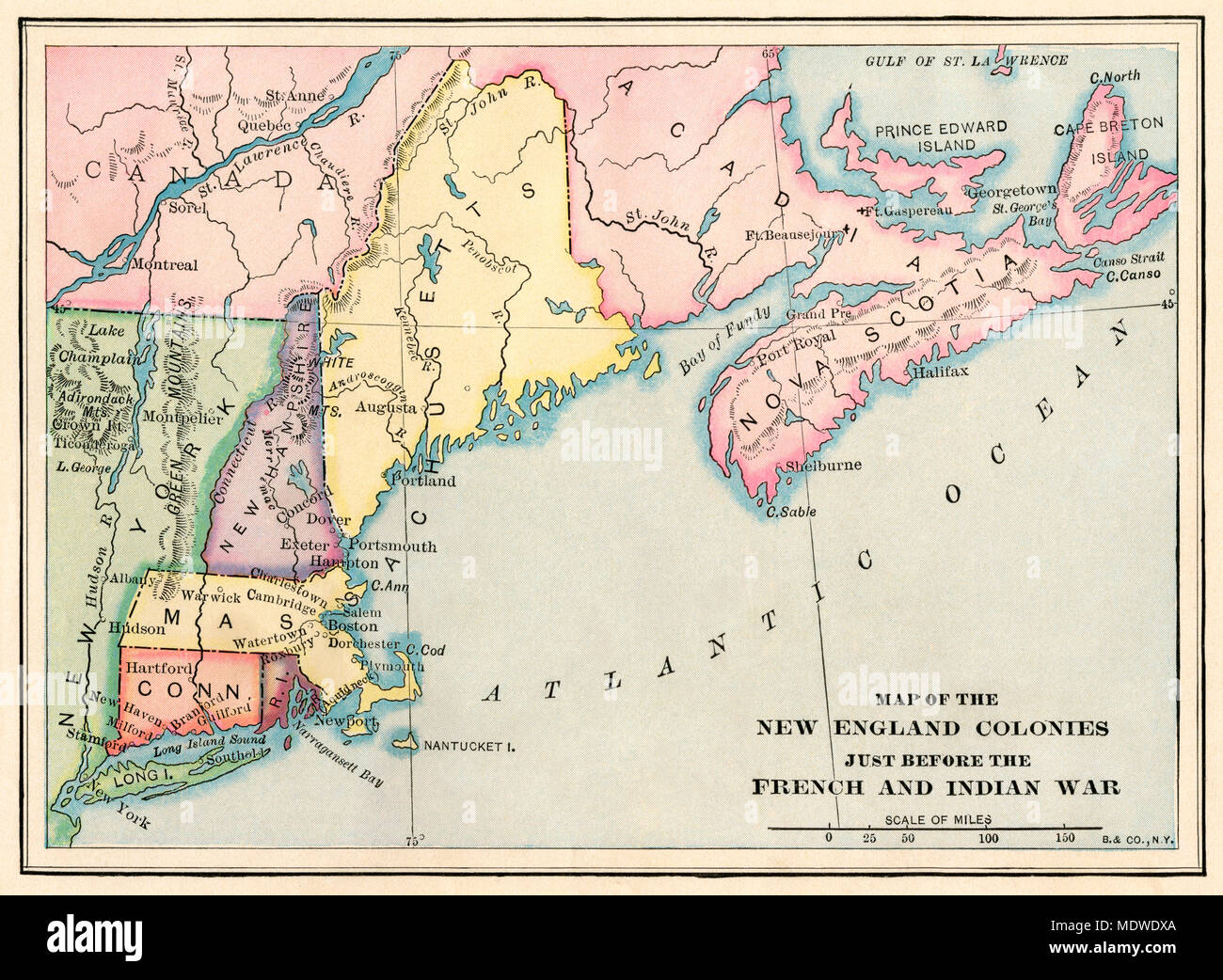 New England colonies just before the French and Indian War. Printed color lithograph Stock Photohttps://www.alamy.com/image-license-details/?v=1https://www.alamy.com/new-england-colonies-just-before-the-french-and-indian-war-printed-color-lithograph-image180653938.html
New England colonies just before the French and Indian War. Printed color lithograph Stock Photohttps://www.alamy.com/image-license-details/?v=1https://www.alamy.com/new-england-colonies-just-before-the-french-and-indian-war-printed-color-lithograph-image180653938.htmlRMMDWDXA–New England colonies just before the French and Indian War. Printed color lithograph
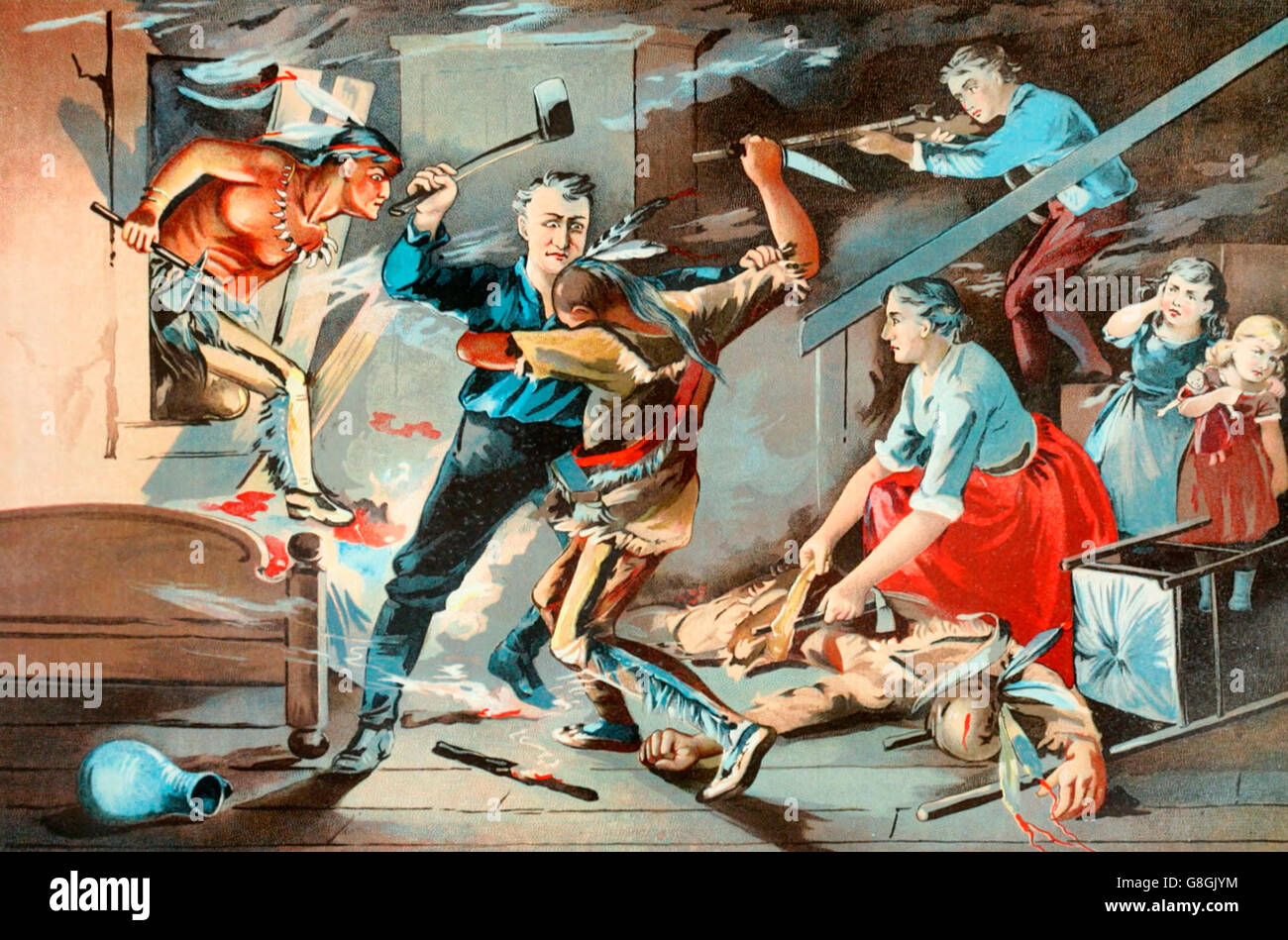 Indian warfare during the American Revolution Stock Photohttps://www.alamy.com/image-license-details/?v=1https://www.alamy.com/stock-photo-indian-warfare-during-the-american-revolution-108545576.html
Indian warfare during the American Revolution Stock Photohttps://www.alamy.com/image-license-details/?v=1https://www.alamy.com/stock-photo-indian-warfare-during-the-american-revolution-108545576.htmlRMG8GJYM–Indian warfare during the American Revolution
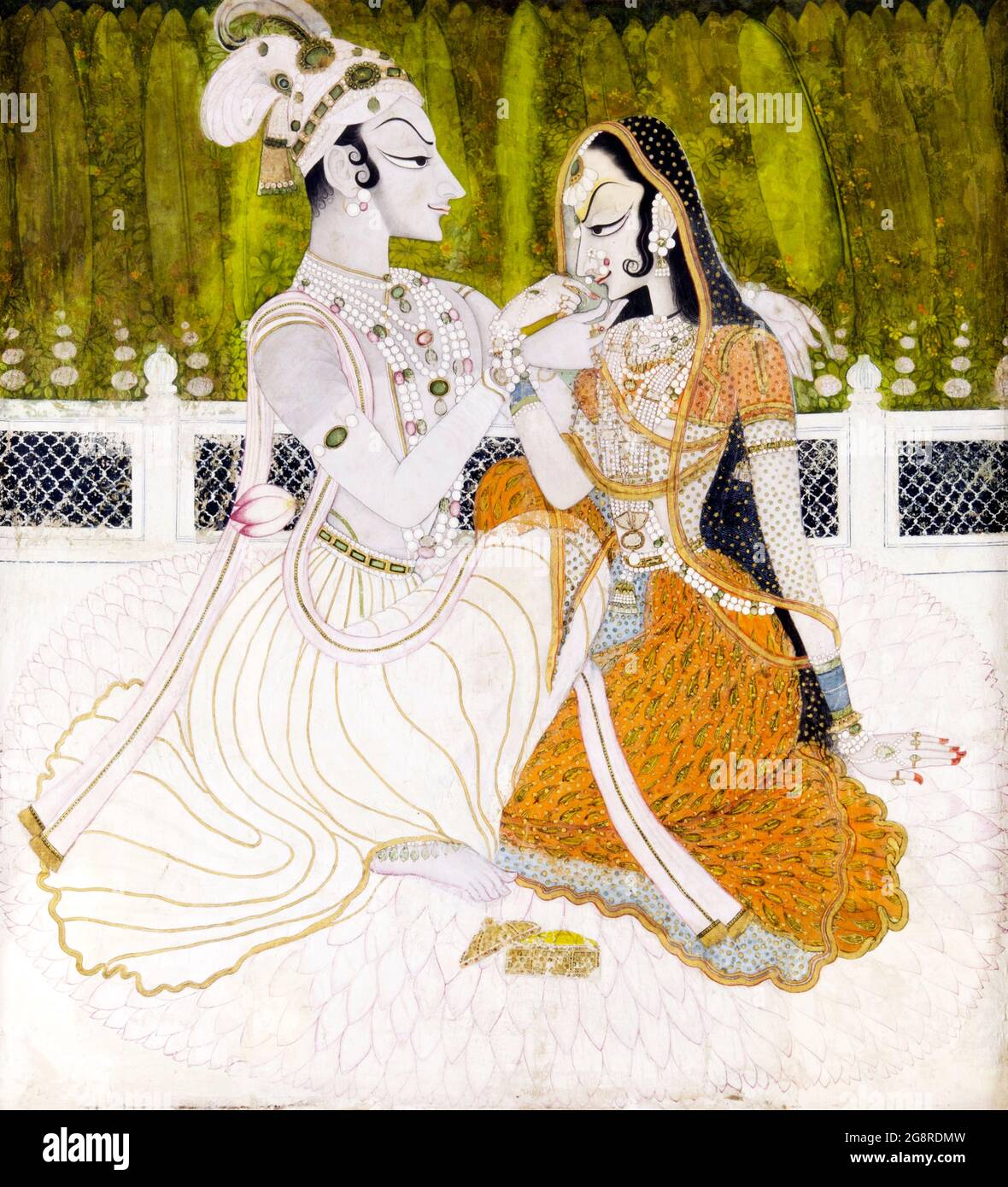 Krishna and Radha, unknown artist, opaque watercolor and gold on cotton, c. 1750 Stock Photohttps://www.alamy.com/image-license-details/?v=1https://www.alamy.com/krishna-and-radha-unknown-artist-opaque-watercolor-and-gold-on-cotton-c-1750-image435692121.html
Krishna and Radha, unknown artist, opaque watercolor and gold on cotton, c. 1750 Stock Photohttps://www.alamy.com/image-license-details/?v=1https://www.alamy.com/krishna-and-radha-unknown-artist-opaque-watercolor-and-gold-on-cotton-c-1750-image435692121.htmlRM2G8RDMW–Krishna and Radha, unknown artist, opaque watercolor and gold on cotton, c. 1750
 Court lady pouring wine, c. 1760; borders c. 1830s. Attributed to Muhammad Rizavi Hindi (Indian, active mid-1700s). Opaque watercolor, ink, and gold on paper; page: 30.6 x 25 cm (12 1/16 x 9 13/16 in Stock Photohttps://www.alamy.com/image-license-details/?v=1https://www.alamy.com/court-lady-pouring-wine-c-1760-borders-c-1830s-attributed-to-muhammad-rizavi-hindi-indian-active-mid-1700s-opaque-watercolor-ink-and-gold-on-paper-page-306-x-25-cm-12-116-x-9-1316-in-image240505931.html
Court lady pouring wine, c. 1760; borders c. 1830s. Attributed to Muhammad Rizavi Hindi (Indian, active mid-1700s). Opaque watercolor, ink, and gold on paper; page: 30.6 x 25 cm (12 1/16 x 9 13/16 in Stock Photohttps://www.alamy.com/image-license-details/?v=1https://www.alamy.com/court-lady-pouring-wine-c-1760-borders-c-1830s-attributed-to-muhammad-rizavi-hindi-indian-active-mid-1700s-opaque-watercolor-ink-and-gold-on-paper-page-306-x-25-cm-12-116-x-9-1316-in-image240505931.htmlRMRY7YNF–Court lady pouring wine, c. 1760; borders c. 1830s. Attributed to Muhammad Rizavi Hindi (Indian, active mid-1700s). Opaque watercolor, ink, and gold on paper; page: 30.6 x 25 cm (12 1/16 x 9 13/16 in
 Indian paradise flycatcher nest, 18th century illustration Stock Photohttps://www.alamy.com/image-license-details/?v=1https://www.alamy.com/indian-paradise-flycatcher-nest-18th-century-illustration-image448149696.html
Indian paradise flycatcher nest, 18th century illustration Stock Photohttps://www.alamy.com/image-license-details/?v=1https://www.alamy.com/indian-paradise-flycatcher-nest-18th-century-illustration-image448149696.htmlRF2H12YE8–Indian paradise flycatcher nest, 18th century illustration
 Human skeleton leaning on a pedestal drawn in ink and light-gray wash from a Persian translation of an Arabic medical book. The Stock Photohttps://www.alamy.com/image-license-details/?v=1https://www.alamy.com/stock-photo-human-skeleton-leaning-on-a-pedestal-drawn-in-ink-and-light-gray-wash-32392736.html
Human skeleton leaning on a pedestal drawn in ink and light-gray wash from a Persian translation of an Arabic medical book. The Stock Photohttps://www.alamy.com/image-license-details/?v=1https://www.alamy.com/stock-photo-human-skeleton-leaning-on-a-pedestal-drawn-in-ink-and-light-gray-wash-32392736.htmlRMBTKH7C–Human skeleton leaning on a pedestal drawn in ink and light-gray wash from a Persian translation of an Arabic medical book. The
![The early 1900s caption reads: 'GENERAL WOLFE CLIMBING THE HEIGHTS OF QUEBEC.—Wolfe was the young English general whose victory at Quebec won Canada for England. He was as much poet as general, and declared he would sooner have written ‘Gray's Elegy’ than have won a battle. Indeed, he recited a portion of that famous poem as he prepared for the assault on Quebec. The city was impregnable from the front, but Wolfe and his troops managed to climb the steep cliffs which dominate it in the rear [seen here]. They scaled the heights by night and so silently as to escape detection. In the battle that Stock Photo The early 1900s caption reads: 'GENERAL WOLFE CLIMBING THE HEIGHTS OF QUEBEC.—Wolfe was the young English general whose victory at Quebec won Canada for England. He was as much poet as general, and declared he would sooner have written ‘Gray's Elegy’ than have won a battle. Indeed, he recited a portion of that famous poem as he prepared for the assault on Quebec. The city was impregnable from the front, but Wolfe and his troops managed to climb the steep cliffs which dominate it in the rear [seen here]. They scaled the heights by night and so silently as to escape detection. In the battle that Stock Photo](https://c8.alamy.com/comp/2WXHC95/the-early-1900s-caption-reads-general-wolfe-climbing-the-heights-of-quebecwolfe-was-the-young-english-general-whose-victory-at-quebec-won-canada-for-england-he-was-as-much-poet-as-general-and-declared-he-would-sooner-have-written-grays-elegy-than-have-won-a-battle-indeed-he-recited-a-portion-of-that-famous-poem-as-he-prepared-for-the-assault-on-quebec-the-city-was-impregnable-from-the-front-but-wolfe-and-his-troops-managed-to-climb-the-steep-cliffs-which-dominate-it-in-the-rear-seen-here-they-scaled-the-heights-by-night-and-so-silently-as-to-escape-detection-in-the-battle-that-2WXHC95.jpg) The early 1900s caption reads: 'GENERAL WOLFE CLIMBING THE HEIGHTS OF QUEBEC.—Wolfe was the young English general whose victory at Quebec won Canada for England. He was as much poet as general, and declared he would sooner have written ‘Gray's Elegy’ than have won a battle. Indeed, he recited a portion of that famous poem as he prepared for the assault on Quebec. The city was impregnable from the front, but Wolfe and his troops managed to climb the steep cliffs which dominate it in the rear [seen here]. They scaled the heights by night and so silently as to escape detection. In the battle that Stock Photohttps://www.alamy.com/image-license-details/?v=1https://www.alamy.com/the-early-1900s-caption-reads-general-wolfe-climbing-the-heights-of-quebecwolfe-was-the-young-english-general-whose-victory-at-quebec-won-canada-for-england-he-was-as-much-poet-as-general-and-declared-he-would-sooner-have-written-grays-elegy-than-have-won-a-battle-indeed-he-recited-a-portion-of-that-famous-poem-as-he-prepared-for-the-assault-on-quebec-the-city-was-impregnable-from-the-front-but-wolfe-and-his-troops-managed-to-climb-the-steep-cliffs-which-dominate-it-in-the-rear-seen-here-they-scaled-the-heights-by-night-and-so-silently-as-to-escape-detection-in-the-battle-that-image601516417.html
The early 1900s caption reads: 'GENERAL WOLFE CLIMBING THE HEIGHTS OF QUEBEC.—Wolfe was the young English general whose victory at Quebec won Canada for England. He was as much poet as general, and declared he would sooner have written ‘Gray's Elegy’ than have won a battle. Indeed, he recited a portion of that famous poem as he prepared for the assault on Quebec. The city was impregnable from the front, but Wolfe and his troops managed to climb the steep cliffs which dominate it in the rear [seen here]. They scaled the heights by night and so silently as to escape detection. In the battle that Stock Photohttps://www.alamy.com/image-license-details/?v=1https://www.alamy.com/the-early-1900s-caption-reads-general-wolfe-climbing-the-heights-of-quebecwolfe-was-the-young-english-general-whose-victory-at-quebec-won-canada-for-england-he-was-as-much-poet-as-general-and-declared-he-would-sooner-have-written-grays-elegy-than-have-won-a-battle-indeed-he-recited-a-portion-of-that-famous-poem-as-he-prepared-for-the-assault-on-quebec-the-city-was-impregnable-from-the-front-but-wolfe-and-his-troops-managed-to-climb-the-steep-cliffs-which-dominate-it-in-the-rear-seen-here-they-scaled-the-heights-by-night-and-so-silently-as-to-escape-detection-in-the-battle-that-image601516417.htmlRF2WXHC95–The early 1900s caption reads: 'GENERAL WOLFE CLIMBING THE HEIGHTS OF QUEBEC.—Wolfe was the young English general whose victory at Quebec won Canada for England. He was as much poet as general, and declared he would sooner have written ‘Gray's Elegy’ than have won a battle. Indeed, he recited a portion of that famous poem as he prepared for the assault on Quebec. The city was impregnable from the front, but Wolfe and his troops managed to climb the steep cliffs which dominate it in the rear [seen here]. They scaled the heights by night and so silently as to escape detection. In the battle that
![Tulwar Sword (case), 1700s. This long curved sword and scabbard are of the kind used and worn by Mughal nobility, as seen often in paintings. The openwork hilt is a characteristic of swords from the southern Indian region known as the Deccan. By the end of the 1500s, the Mughals began making regular incursions into the Deccan as they attempted to expand their empire, increasing the exchange of art forms. Repeated four times, twice on one side of the blade and twice on the other in gold inlay, is the same line from the Koran, sura 61, verse 13: "Help [comes] from God, and Victory is immine Stock Photo Tulwar Sword (case), 1700s. This long curved sword and scabbard are of the kind used and worn by Mughal nobility, as seen often in paintings. The openwork hilt is a characteristic of swords from the southern Indian region known as the Deccan. By the end of the 1500s, the Mughals began making regular incursions into the Deccan as they attempted to expand their empire, increasing the exchange of art forms. Repeated four times, twice on one side of the blade and twice on the other in gold inlay, is the same line from the Koran, sura 61, verse 13: "Help [comes] from God, and Victory is immine Stock Photo](https://c8.alamy.com/comp/2A52PMA/tulwar-sword-case-1700s-this-long-curved-sword-and-scabbard-are-of-the-kind-used-and-worn-by-mughal-nobility-as-seen-often-in-paintings-the-openwork-hilt-is-a-characteristic-of-swords-from-the-southern-indian-region-known-as-the-deccan-by-the-end-of-the-1500s-the-mughals-began-making-regular-incursions-into-the-deccan-as-they-attempted-to-expand-their-empire-increasing-the-exchange-of-art-forms-repeated-four-times-twice-on-one-side-of-the-blade-and-twice-on-the-other-in-gold-inlay-is-the-same-line-from-the-koran-sura-61-verse-13-quothelp-comes-from-god-and-victory-is-immine-2A52PMA.jpg) Tulwar Sword (case), 1700s. This long curved sword and scabbard are of the kind used and worn by Mughal nobility, as seen often in paintings. The openwork hilt is a characteristic of swords from the southern Indian region known as the Deccan. By the end of the 1500s, the Mughals began making regular incursions into the Deccan as they attempted to expand their empire, increasing the exchange of art forms. Repeated four times, twice on one side of the blade and twice on the other in gold inlay, is the same line from the Koran, sura 61, verse 13: "Help [comes] from God, and Victory is immine Stock Photohttps://www.alamy.com/image-license-details/?v=1https://www.alamy.com/tulwar-sword-case-1700s-this-long-curved-sword-and-scabbard-are-of-the-kind-used-and-worn-by-mughal-nobility-as-seen-often-in-paintings-the-openwork-hilt-is-a-characteristic-of-swords-from-the-southern-indian-region-known-as-the-deccan-by-the-end-of-the-1500s-the-mughals-began-making-regular-incursions-into-the-deccan-as-they-attempted-to-expand-their-empire-increasing-the-exchange-of-art-forms-repeated-four-times-twice-on-one-side-of-the-blade-and-twice-on-the-other-in-gold-inlay-is-the-same-line-from-the-koran-sura-61-verse-13-quothelp-comes-from-god-and-victory-is-immine-image330131994.html
Tulwar Sword (case), 1700s. This long curved sword and scabbard are of the kind used and worn by Mughal nobility, as seen often in paintings. The openwork hilt is a characteristic of swords from the southern Indian region known as the Deccan. By the end of the 1500s, the Mughals began making regular incursions into the Deccan as they attempted to expand their empire, increasing the exchange of art forms. Repeated four times, twice on one side of the blade and twice on the other in gold inlay, is the same line from the Koran, sura 61, verse 13: "Help [comes] from God, and Victory is immine Stock Photohttps://www.alamy.com/image-license-details/?v=1https://www.alamy.com/tulwar-sword-case-1700s-this-long-curved-sword-and-scabbard-are-of-the-kind-used-and-worn-by-mughal-nobility-as-seen-often-in-paintings-the-openwork-hilt-is-a-characteristic-of-swords-from-the-southern-indian-region-known-as-the-deccan-by-the-end-of-the-1500s-the-mughals-began-making-regular-incursions-into-the-deccan-as-they-attempted-to-expand-their-empire-increasing-the-exchange-of-art-forms-repeated-four-times-twice-on-one-side-of-the-blade-and-twice-on-the-other-in-gold-inlay-is-the-same-line-from-the-koran-sura-61-verse-13-quothelp-comes-from-god-and-victory-is-immine-image330131994.htmlRM2A52PMA–Tulwar Sword (case), 1700s. This long curved sword and scabbard are of the kind used and worn by Mughal nobility, as seen often in paintings. The openwork hilt is a characteristic of swords from the southern Indian region known as the Deccan. By the end of the 1500s, the Mughals began making regular incursions into the Deccan as they attempted to expand their empire, increasing the exchange of art forms. Repeated four times, twice on one side of the blade and twice on the other in gold inlay, is the same line from the Koran, sura 61, verse 13: "Help [comes] from God, and Victory is immine
 Free West Indian Dominicans, painting by Agostino Brunias, circa 1770 Stock Photohttps://www.alamy.com/image-license-details/?v=1https://www.alamy.com/free-west-indian-dominicans-painting-by-agostino-brunias-circa-1770-image365733209.html
Free West Indian Dominicans, painting by Agostino Brunias, circa 1770 Stock Photohttps://www.alamy.com/image-license-details/?v=1https://www.alamy.com/free-west-indian-dominicans-painting-by-agostino-brunias-circa-1770-image365733209.htmlRM2C70GC9–Free West Indian Dominicans, painting by Agostino Brunias, circa 1770
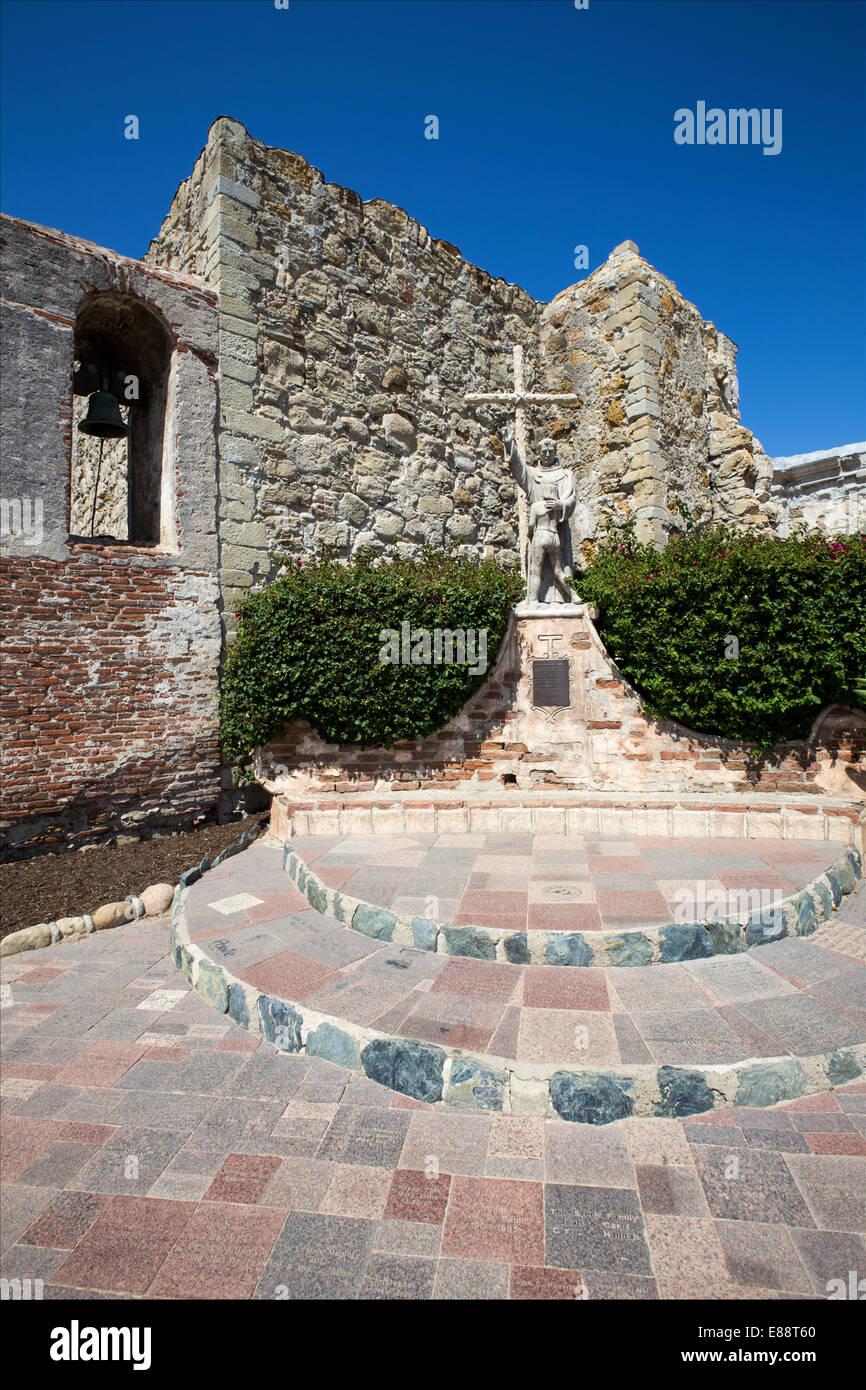 Father Junipero Serra and Indian Boy, Father Junipero Serra, Mission San Juan Capistrano, San Juan Capistrano, California Stock Photohttps://www.alamy.com/image-license-details/?v=1https://www.alamy.com/stock-photo-father-junipero-serra-and-indian-boy-father-junipero-serra-mission-73953320.html
Father Junipero Serra and Indian Boy, Father Junipero Serra, Mission San Juan Capistrano, San Juan Capistrano, California Stock Photohttps://www.alamy.com/image-license-details/?v=1https://www.alamy.com/stock-photo-father-junipero-serra-and-indian-boy-father-junipero-serra-mission-73953320.htmlRME88T60–Father Junipero Serra and Indian Boy, Father Junipero Serra, Mission San Juan Capistrano, San Juan Capistrano, California
 San Xavier del Bac Mission church in Tucson, Arizona, built in the late 1700's. Stock Photohttps://www.alamy.com/image-license-details/?v=1https://www.alamy.com/san-xavier-del-bac-mission-church-in-tucson-arizona-built-in-the-late-1700s-image555174216.html
San Xavier del Bac Mission church in Tucson, Arizona, built in the late 1700's. Stock Photohttps://www.alamy.com/image-license-details/?v=1https://www.alamy.com/san-xavier-del-bac-mission-church-in-tucson-arizona-built-in-the-late-1700s-image555174216.htmlRF2R76AAG–San Xavier del Bac Mission church in Tucson, Arizona, built in the late 1700's.
 The Grey Fox and Indian Pink, Mark Catesby, The Natural History of Carolina, Florida, and the Bahama Islands, 1731-1743 Stock Photohttps://www.alamy.com/image-license-details/?v=1https://www.alamy.com/the-grey-fox-and-indian-pink-mark-catesby-the-natural-history-of-carolina-image62512384.html
The Grey Fox and Indian Pink, Mark Catesby, The Natural History of Carolina, Florida, and the Bahama Islands, 1731-1743 Stock Photohttps://www.alamy.com/image-license-details/?v=1https://www.alamy.com/the-grey-fox-and-indian-pink-mark-catesby-the-natural-history-of-carolina-image62512384.htmlRMDHKK54–The Grey Fox and Indian Pink, Mark Catesby, The Natural History of Carolina, Florida, and the Bahama Islands, 1731-1743
 Plan of Quebec and environs, with its defences and the occasional entrenched camps of the French commanded by Marquis de Montcalm shewing likewise the principal works and operations of the British forces, under the command of Major General Wolfe, during the siege of that place in 1759, by Joseph Frederick Wallet Des Barres, 1781, Stock Photohttps://www.alamy.com/image-license-details/?v=1https://www.alamy.com/plan-of-quebec-and-environs-with-its-defences-and-the-occasional-entrenched-camps-of-the-french-commanded-by-marquis-de-montcalm-shewing-likewise-the-principal-works-and-operations-of-the-british-forces-under-the-command-of-major-general-wolfe-during-the-siege-of-that-place-in-1759-by-joseph-frederick-wallet-des-barres-1781-image567433707.html
Plan of Quebec and environs, with its defences and the occasional entrenched camps of the French commanded by Marquis de Montcalm shewing likewise the principal works and operations of the British forces, under the command of Major General Wolfe, during the siege of that place in 1759, by Joseph Frederick Wallet Des Barres, 1781, Stock Photohttps://www.alamy.com/image-license-details/?v=1https://www.alamy.com/plan-of-quebec-and-environs-with-its-defences-and-the-occasional-entrenched-camps-of-the-french-commanded-by-marquis-de-montcalm-shewing-likewise-the-principal-works-and-operations-of-the-british-forces-under-the-command-of-major-general-wolfe-during-the-siege-of-that-place-in-1759-by-joseph-frederick-wallet-des-barres-1781-image567433707.htmlRM2RY4RDF–Plan of Quebec and environs, with its defences and the occasional entrenched camps of the French commanded by Marquis de Montcalm shewing likewise the principal works and operations of the British forces, under the command of Major General Wolfe, during the siege of that place in 1759, by Joseph Frederick Wallet Des Barres, 1781,
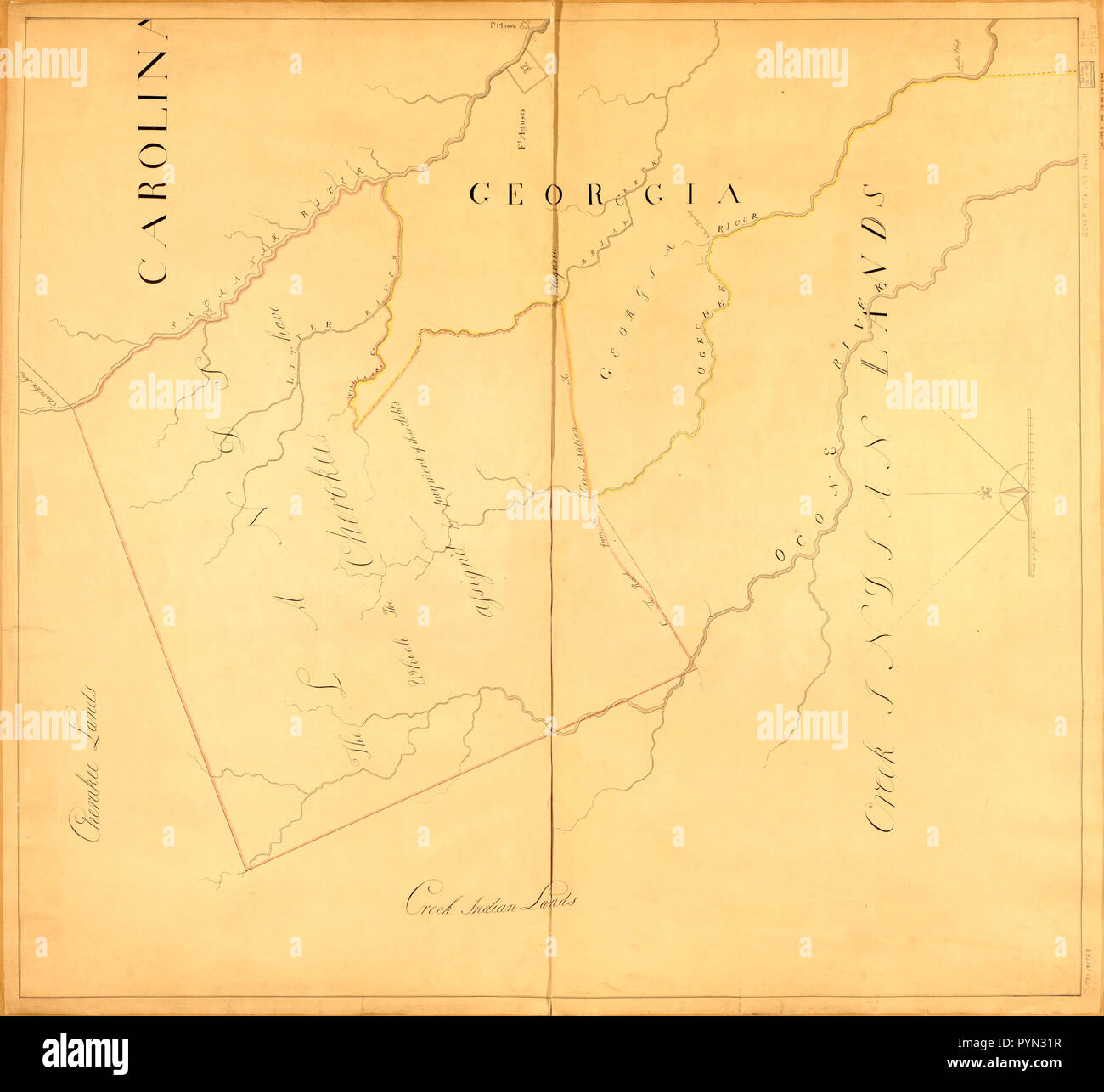 Vintage Maps / Antique Maps - Map showing Indian land &c. 1772 Stock Photohttps://www.alamy.com/image-license-details/?v=1https://www.alamy.com/vintage-maps-antique-maps-map-showing-indian-land-c-1772-image223583523.html
Vintage Maps / Antique Maps - Map showing Indian land &c. 1772 Stock Photohttps://www.alamy.com/image-license-details/?v=1https://www.alamy.com/vintage-maps-antique-maps-map-showing-indian-land-c-1772-image223583523.htmlRMPYN31R–Vintage Maps / Antique Maps - Map showing Indian land &c. 1772
 Habit of an Eskimaux Indian of Labrador in 1766, vintage illustration from the 1700s Stock Photohttps://www.alamy.com/image-license-details/?v=1https://www.alamy.com/habit-of-an-eskimaux-indian-of-labrador-in-1766-vintage-illustration-from-the-1700s-image398750586.html
Habit of an Eskimaux Indian of Labrador in 1766, vintage illustration from the 1700s Stock Photohttps://www.alamy.com/image-license-details/?v=1https://www.alamy.com/habit-of-an-eskimaux-indian-of-labrador-in-1766-vintage-illustration-from-the-1700s-image398750586.htmlRM2E4MJCA–Habit of an Eskimaux Indian of Labrador in 1766, vintage illustration from the 1700s
 1700s 1793 WASHINGTON SILVER PEACE MEDAL SHOWING GEORGE AND NATIVE AMERICAN INDIAN WITH PEACE PIPE OBVERSE NATIONAL ARMS EAGLE - kh13410a NAW001 HARS COMMEMORATIVE CONCEPTUAL STILL LIFE CLOSE-UP REVOLUTIONARY WAR COAT OF ARMS GEORGE WASHINGTON NATIVE AMERICAN GREAT SEAL OLIVE BRANCH SYMBOLIC 13 CONCEPTS MEDAL NATIVE AMERICANS REVERSE STATESMAN THIRTEEN 1700s 1793 E PLURIBUS UNUM FOUNDING FATHER OLD FASHIONED REPRESENTATION VIRGINIAN Stock Photohttps://www.alamy.com/image-license-details/?v=1https://www.alamy.com/1700s-1793-washington-silver-peace-medal-showing-george-and-native-american-indian-with-peace-pipe-obverse-national-arms-eagle-kh13410a-naw001-hars-commemorative-conceptual-still-life-close-up-revolutionary-war-coat-of-arms-george-washington-native-american-great-seal-olive-branch-symbolic-13-concepts-medal-native-americans-reverse-statesman-thirteen-1700s-1793-e-pluribus-unum-founding-father-old-fashioned-representation-virginian-image384627352.html
1700s 1793 WASHINGTON SILVER PEACE MEDAL SHOWING GEORGE AND NATIVE AMERICAN INDIAN WITH PEACE PIPE OBVERSE NATIONAL ARMS EAGLE - kh13410a NAW001 HARS COMMEMORATIVE CONCEPTUAL STILL LIFE CLOSE-UP REVOLUTIONARY WAR COAT OF ARMS GEORGE WASHINGTON NATIVE AMERICAN GREAT SEAL OLIVE BRANCH SYMBOLIC 13 CONCEPTS MEDAL NATIVE AMERICANS REVERSE STATESMAN THIRTEEN 1700s 1793 E PLURIBUS UNUM FOUNDING FATHER OLD FASHIONED REPRESENTATION VIRGINIAN Stock Photohttps://www.alamy.com/image-license-details/?v=1https://www.alamy.com/1700s-1793-washington-silver-peace-medal-showing-george-and-native-american-indian-with-peace-pipe-obverse-national-arms-eagle-kh13410a-naw001-hars-commemorative-conceptual-still-life-close-up-revolutionary-war-coat-of-arms-george-washington-native-american-great-seal-olive-branch-symbolic-13-concepts-medal-native-americans-reverse-statesman-thirteen-1700s-1793-e-pluribus-unum-founding-father-old-fashioned-representation-virginian-image384627352.htmlRM2D9N834–1700s 1793 WASHINGTON SILVER PEACE MEDAL SHOWING GEORGE AND NATIVE AMERICAN INDIAN WITH PEACE PIPE OBVERSE NATIONAL ARMS EAGLE - kh13410a NAW001 HARS COMMEMORATIVE CONCEPTUAL STILL LIFE CLOSE-UP REVOLUTIONARY WAR COAT OF ARMS GEORGE WASHINGTON NATIVE AMERICAN GREAT SEAL OLIVE BRANCH SYMBOLIC 13 CONCEPTS MEDAL NATIVE AMERICANS REVERSE STATESMAN THIRTEEN 1700s 1793 E PLURIBUS UNUM FOUNDING FATHER OLD FASHIONED REPRESENTATION VIRGINIAN
 Fort Loudon French and Indian War reenactment. Stock Photohttps://www.alamy.com/image-license-details/?v=1https://www.alamy.com/stock-photo-fort-loudon-french-and-indian-war-reenactment-26735100.html
Fort Loudon French and Indian War reenactment. Stock Photohttps://www.alamy.com/image-license-details/?v=1https://www.alamy.com/stock-photo-fort-loudon-french-and-indian-war-reenactment-26735100.htmlRMBFDTW0–Fort Loudon French and Indian War reenactment.
 Antique 17th century engraving, 'an Indian' (Ein Indianer) by Johann Christoph Weigel, known as Christoph Weigel the Elder (1654-1725). SOURCE: ORIGINAL ENGRAVING Stock Photohttps://www.alamy.com/image-license-details/?v=1https://www.alamy.com/antique-17th-century-engraving-an-indian-ein-indianer-by-johann-christoph-weigel-known-as-christoph-weigel-the-elder-1654-1725-source-original-engraving-image458342476.html
Antique 17th century engraving, 'an Indian' (Ein Indianer) by Johann Christoph Weigel, known as Christoph Weigel the Elder (1654-1725). SOURCE: ORIGINAL ENGRAVING Stock Photohttps://www.alamy.com/image-license-details/?v=1https://www.alamy.com/antique-17th-century-engraving-an-indian-ein-indianer-by-johann-christoph-weigel-known-as-christoph-weigel-the-elder-1654-1725-source-original-engraving-image458342476.htmlRM2HHK8E4–Antique 17th century engraving, 'an Indian' (Ein Indianer) by Johann Christoph Weigel, known as Christoph Weigel the Elder (1654-1725). SOURCE: ORIGINAL ENGRAVING
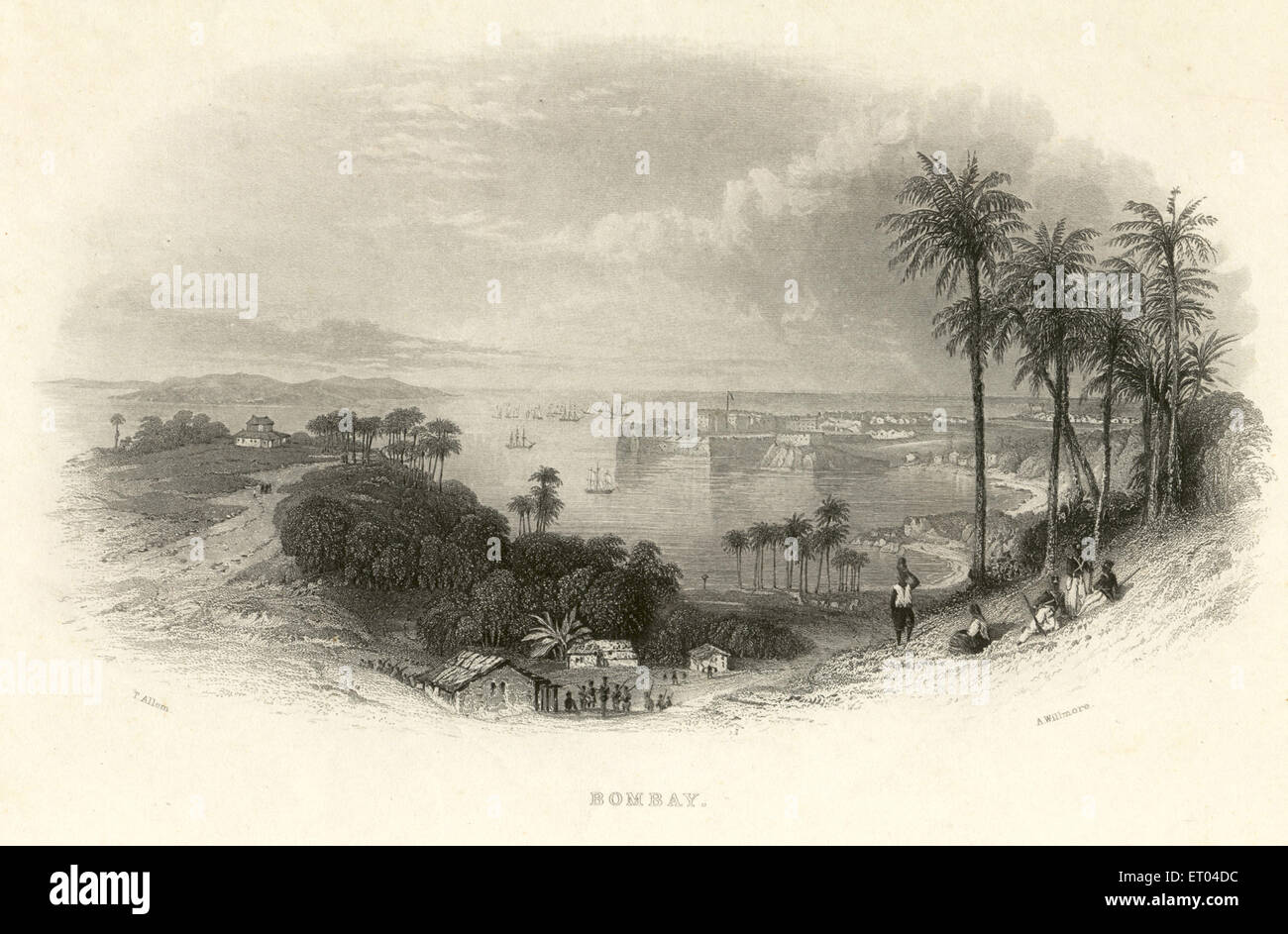 Old vintage 1700s engraving Bombay now Mumbai Maharashtra India Asia Stock Photohttps://www.alamy.com/image-license-details/?v=1https://www.alamy.com/stock-photo-old-vintage-1700s-engraving-bombay-now-mumbai-maharashtra-india-asia-83596728.html
Old vintage 1700s engraving Bombay now Mumbai Maharashtra India Asia Stock Photohttps://www.alamy.com/image-license-details/?v=1https://www.alamy.com/stock-photo-old-vintage-1700s-engraving-bombay-now-mumbai-maharashtra-india-asia-83596728.htmlRMET04DC–Old vintage 1700s engraving Bombay now Mumbai Maharashtra India Asia
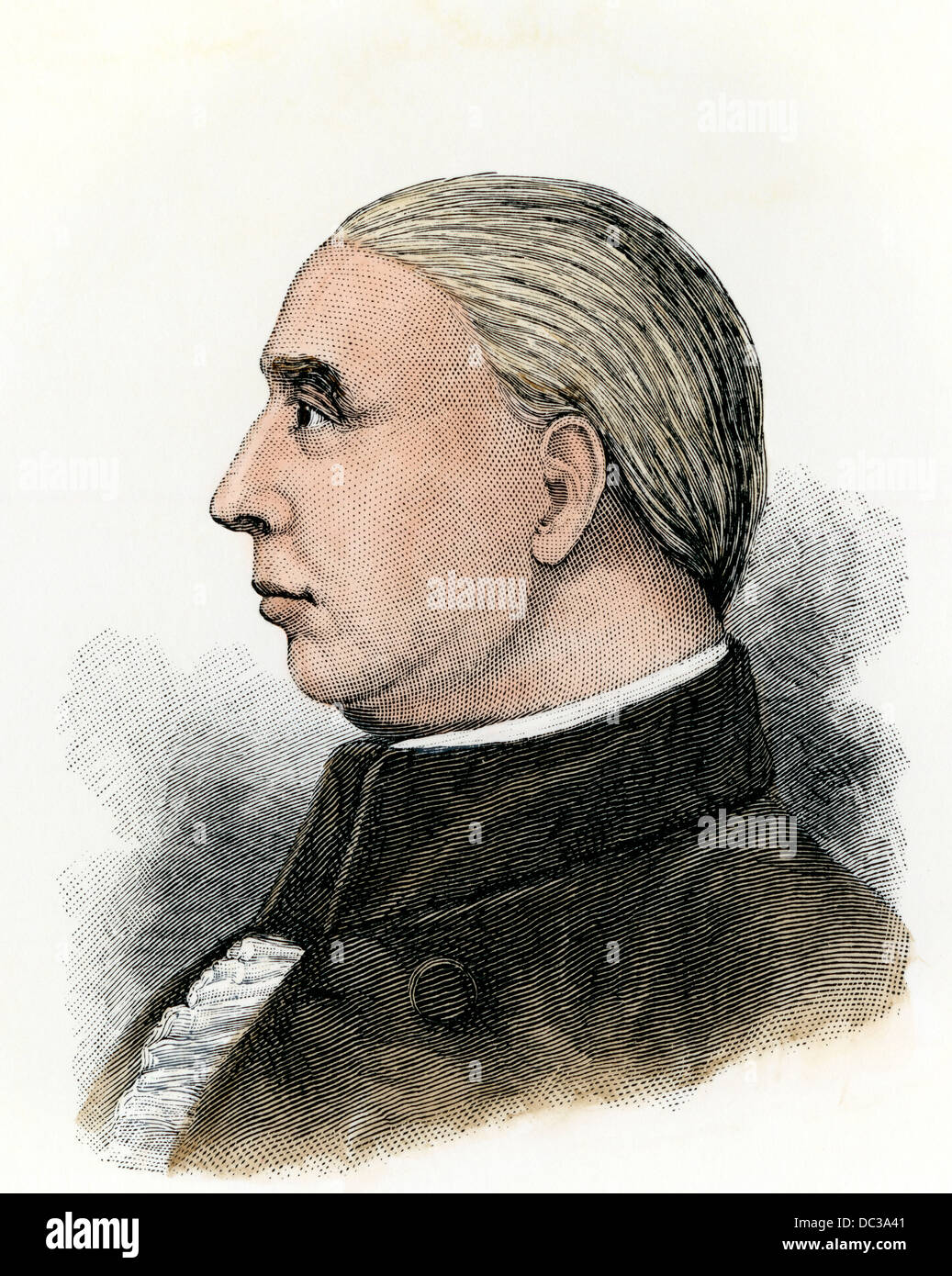 Rufus Putnam portrait. Hand-colored woodcut Stock Photohttps://www.alamy.com/image-license-details/?v=1https://www.alamy.com/stock-photo-rufus-putnam-portrait-hand-colored-woodcut-59080785.html
Rufus Putnam portrait. Hand-colored woodcut Stock Photohttps://www.alamy.com/image-license-details/?v=1https://www.alamy.com/stock-photo-rufus-putnam-portrait-hand-colored-woodcut-59080785.htmlRMDC3A41–Rufus Putnam portrait. Hand-colored woodcut
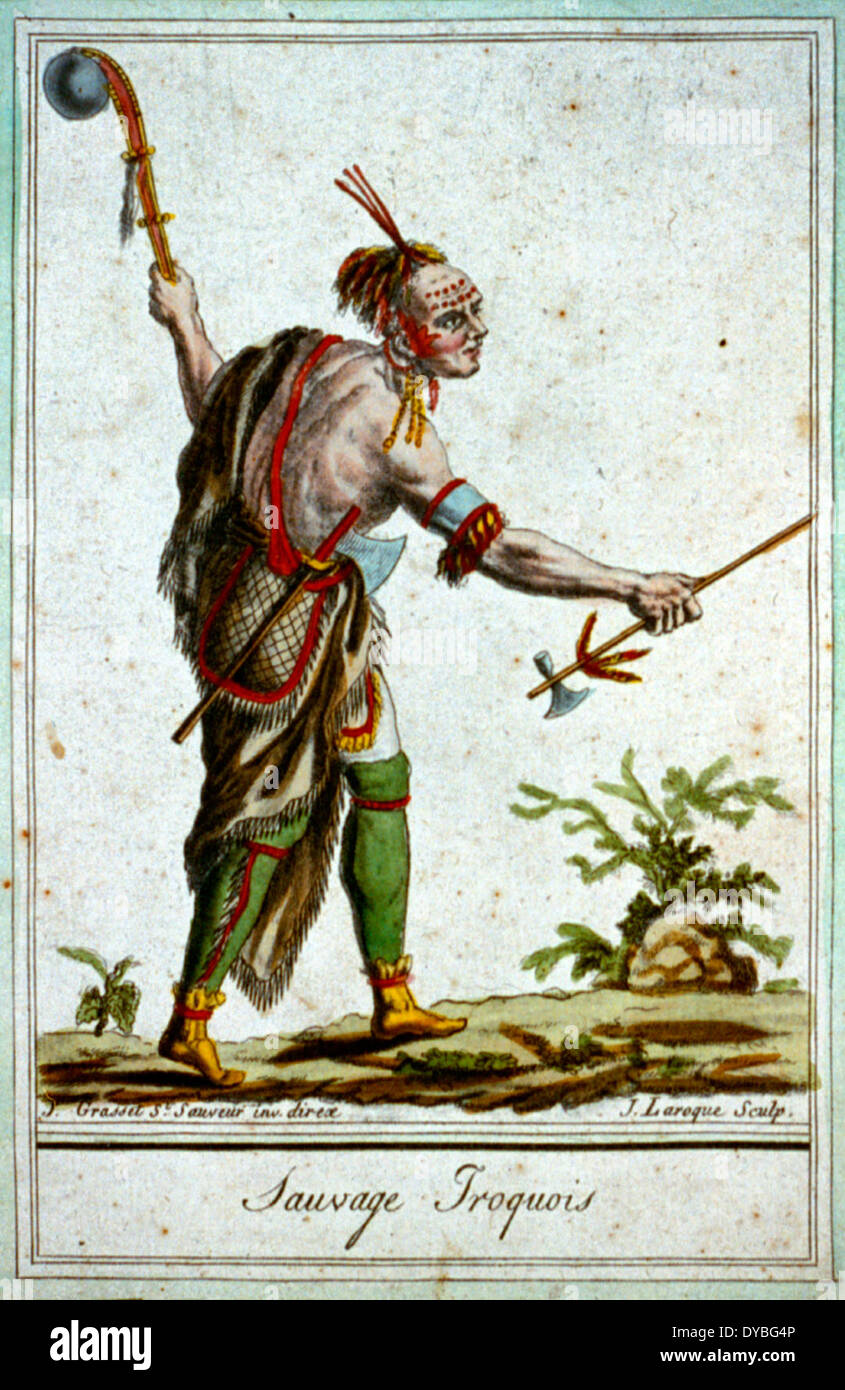 Savage Iroquois - Indian holding tomahawk and club, 1796 Stock Photohttps://www.alamy.com/image-license-details/?v=1https://www.alamy.com/savage-iroquois-indian-holding-tomahawk-and-club-1796-image68480966.html
Savage Iroquois - Indian holding tomahawk and club, 1796 Stock Photohttps://www.alamy.com/image-license-details/?v=1https://www.alamy.com/savage-iroquois-indian-holding-tomahawk-and-club-1796-image68480966.htmlRMDYBG4P–Savage Iroquois - Indian holding tomahawk and club, 1796
 Planispheric Astrolabe, Brass, India, 18th century Stock Photohttps://www.alamy.com/image-license-details/?v=1https://www.alamy.com/planispheric-astrolabe-brass-india-18th-century-image356164000.html
Planispheric Astrolabe, Brass, India, 18th century Stock Photohttps://www.alamy.com/image-license-details/?v=1https://www.alamy.com/planispheric-astrolabe-brass-india-18th-century-image356164000.htmlRM2BKCJPT–Planispheric Astrolabe, Brass, India, 18th century
 Prince Prabhakar Performing Austerites and Worshipping the Shiva Linga, from a Lavanyavati of Upendra Bhanja (Indian, died 1740), 1700s. Eastern India, Orissa. Opaque watercolor and charcoal on palm leaf; leaf: 5.1 x 41 cm (2 x 16 1/8 in Stock Photohttps://www.alamy.com/image-license-details/?v=1https://www.alamy.com/prince-prabhakar-performing-austerites-and-worshipping-the-shiva-linga-from-a-lavanyavati-of-upendra-bhanja-indian-died-1740-1700s-eastern-india-orissa-opaque-watercolor-and-charcoal-on-palm-leaf-leaf-51-x-41-cm-2-x-16-18-in-image240480549.html
Prince Prabhakar Performing Austerites and Worshipping the Shiva Linga, from a Lavanyavati of Upendra Bhanja (Indian, died 1740), 1700s. Eastern India, Orissa. Opaque watercolor and charcoal on palm leaf; leaf: 5.1 x 41 cm (2 x 16 1/8 in Stock Photohttps://www.alamy.com/image-license-details/?v=1https://www.alamy.com/prince-prabhakar-performing-austerites-and-worshipping-the-shiva-linga-from-a-lavanyavati-of-upendra-bhanja-indian-died-1740-1700s-eastern-india-orissa-opaque-watercolor-and-charcoal-on-palm-leaf-leaf-51-x-41-cm-2-x-16-18-in-image240480549.htmlRMRY6RB1–Prince Prabhakar Performing Austerites and Worshipping the Shiva Linga, from a Lavanyavati of Upendra Bhanja (Indian, died 1740), 1700s. Eastern India, Orissa. Opaque watercolor and charcoal on palm leaf; leaf: 5.1 x 41 cm (2 x 16 1/8 in